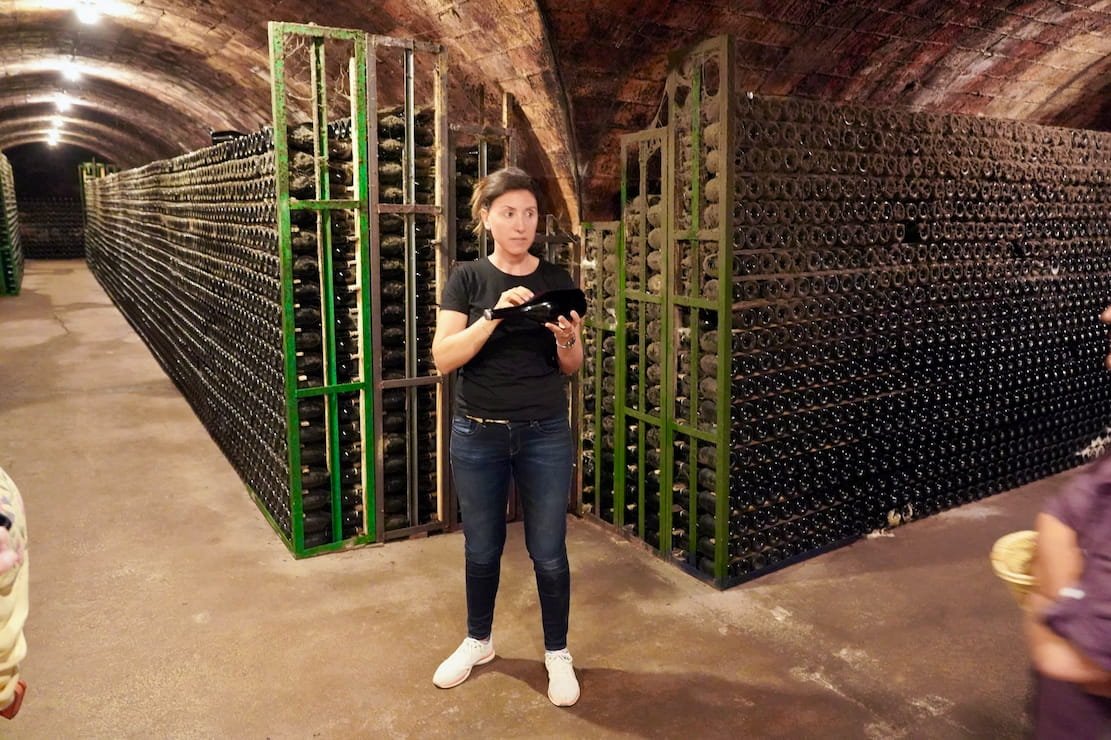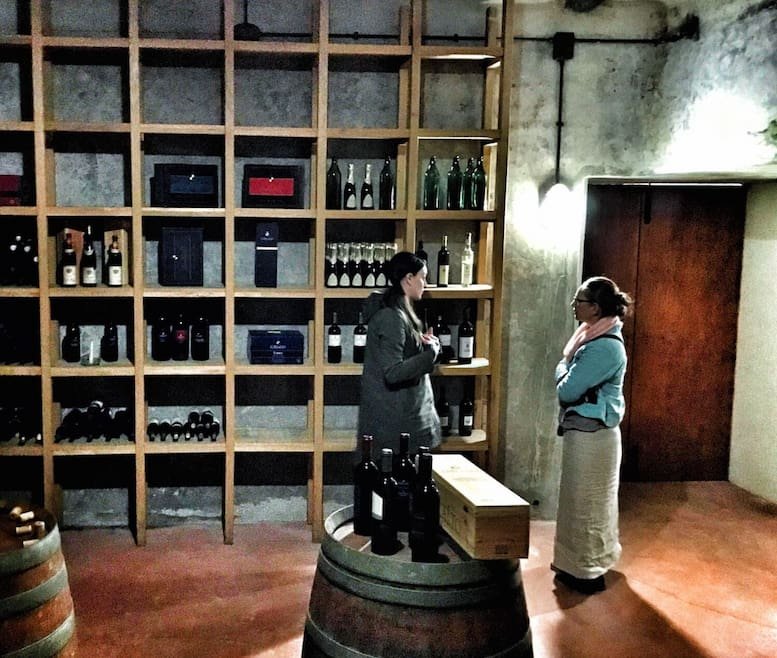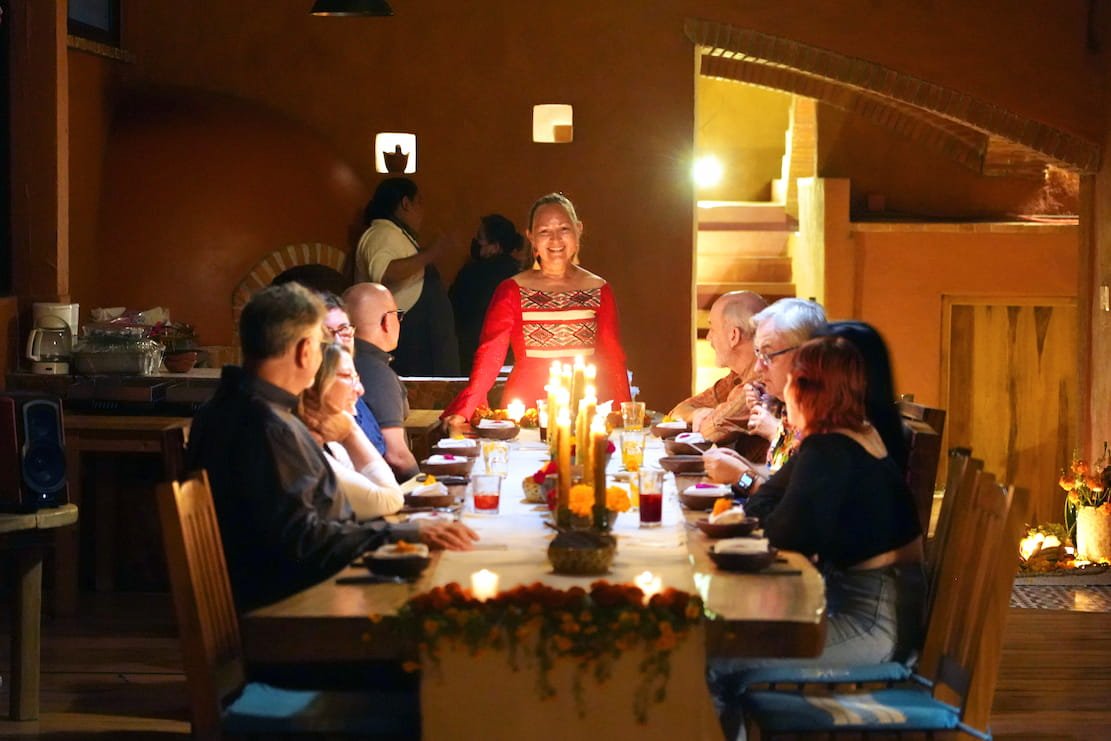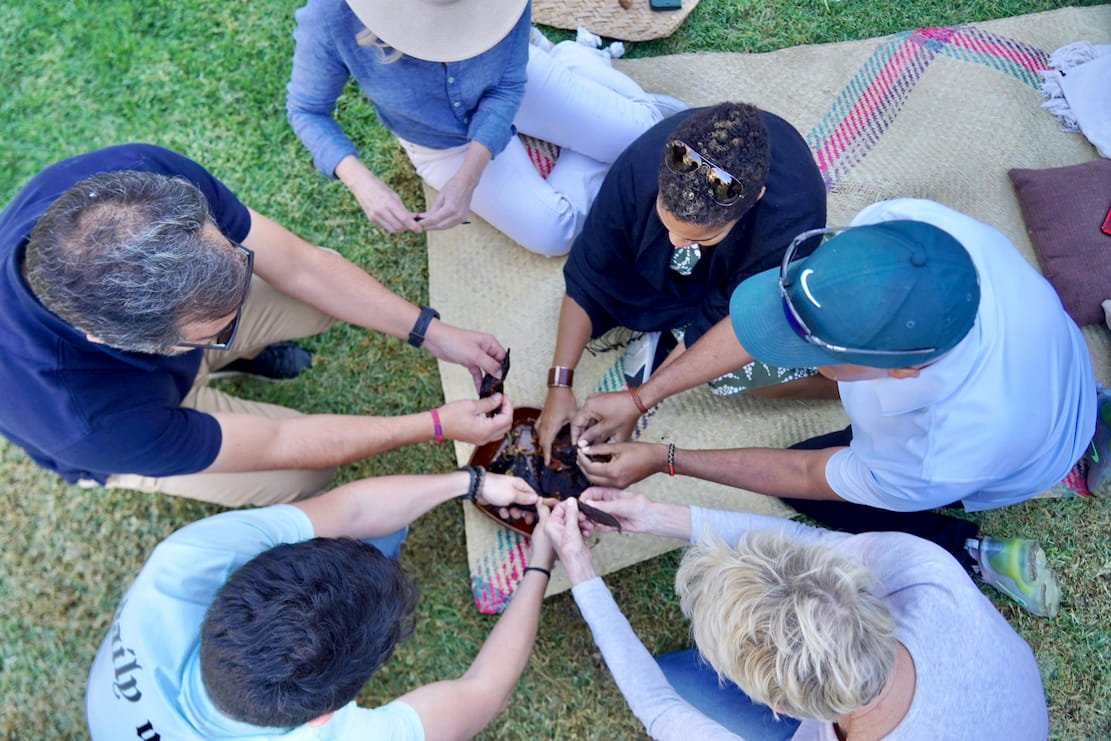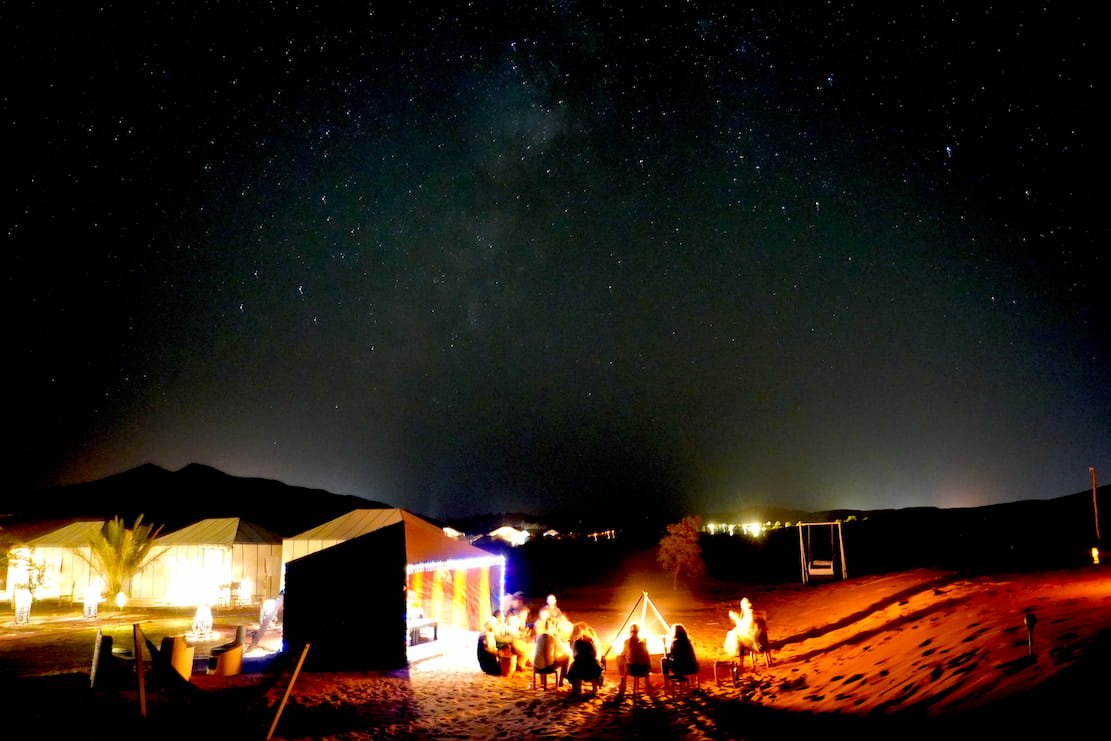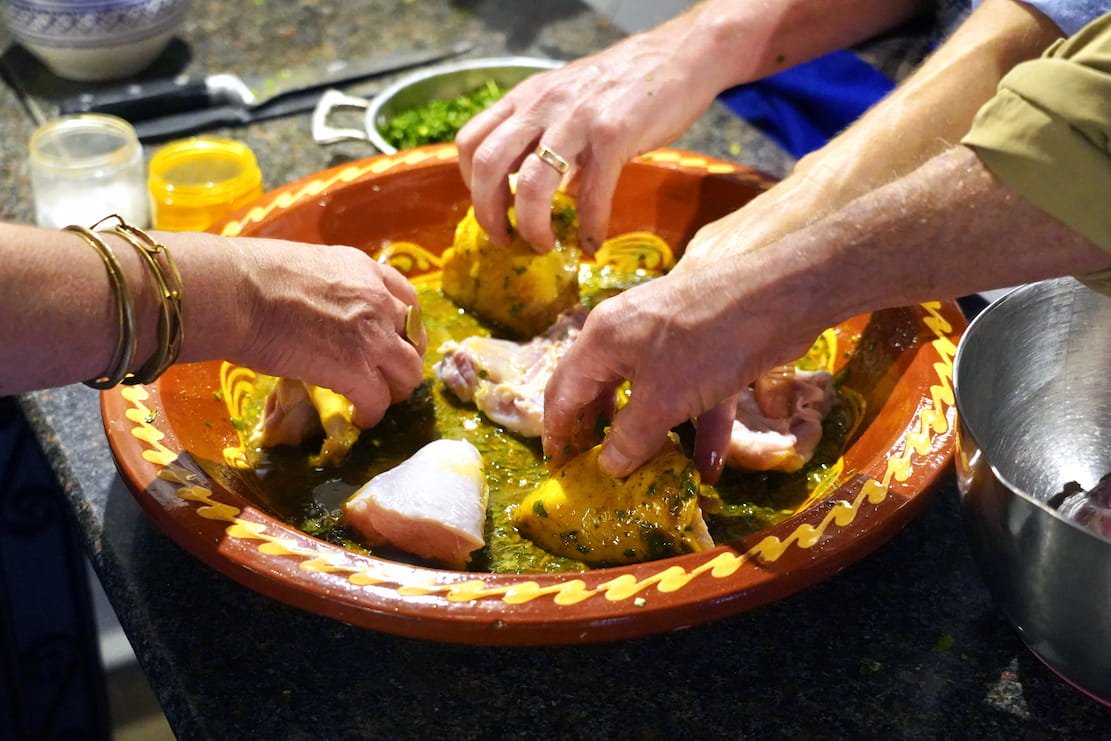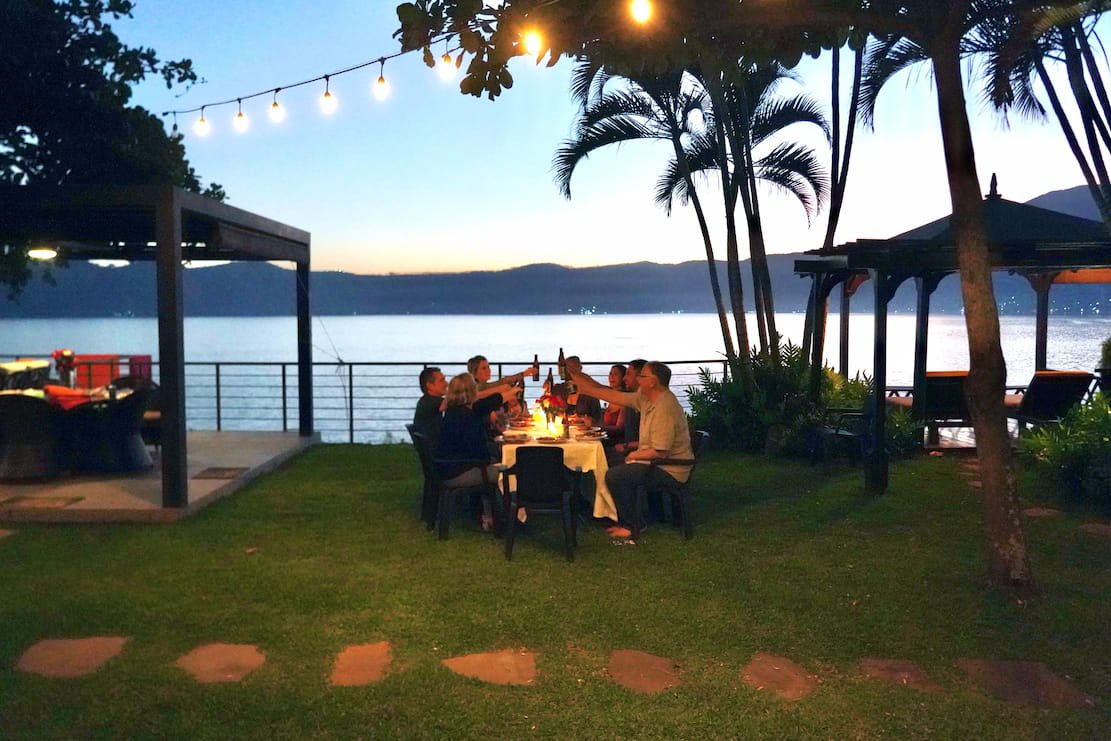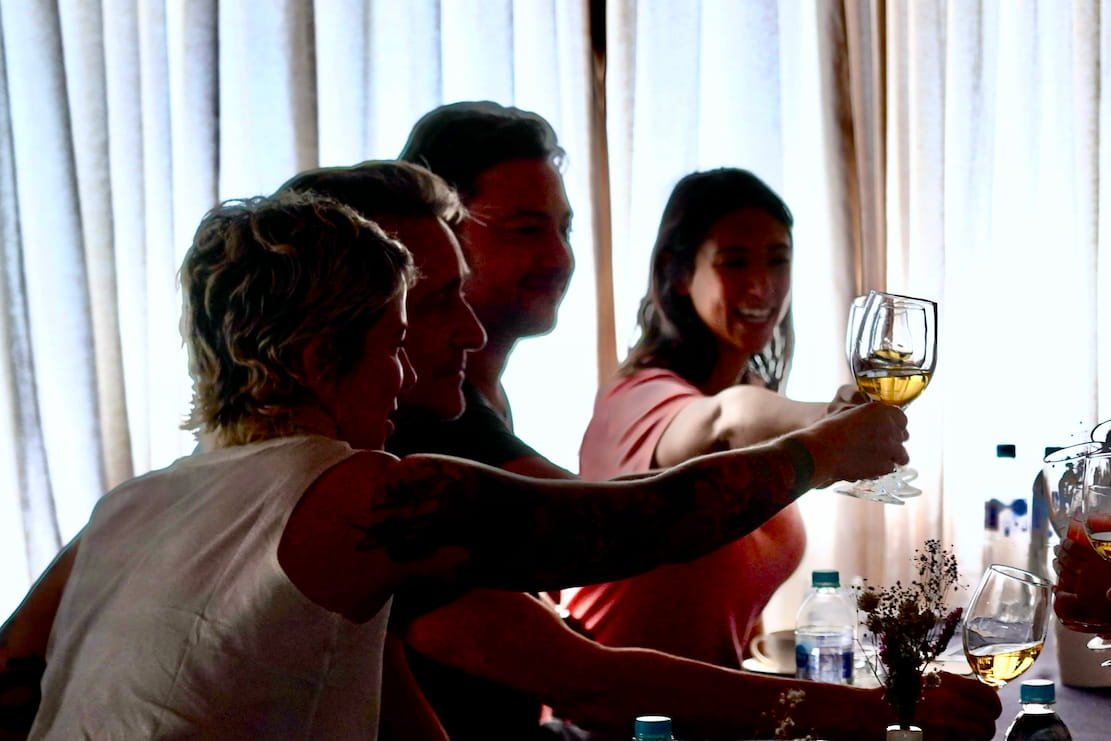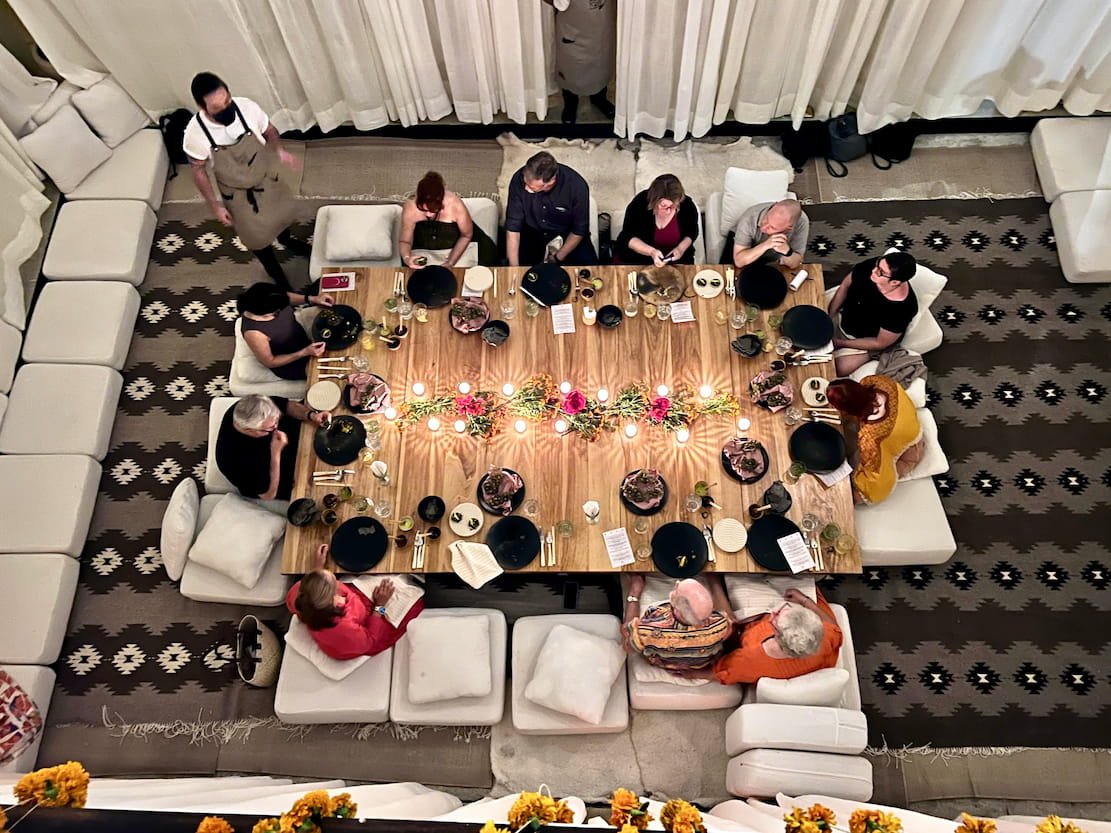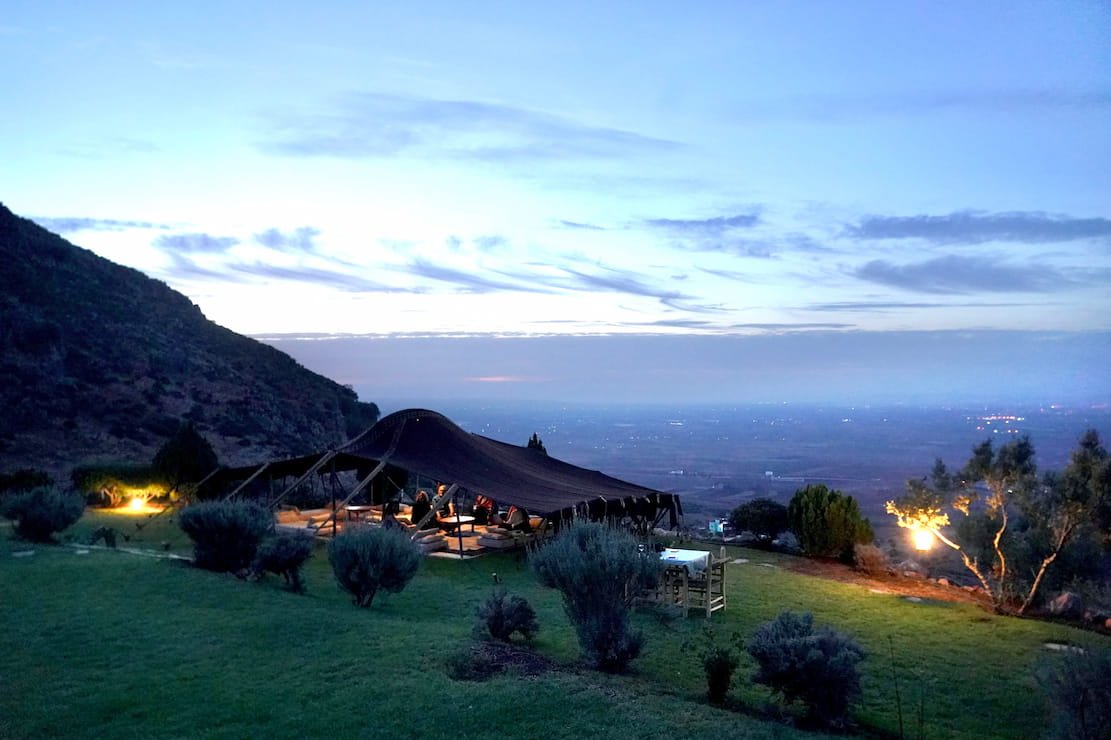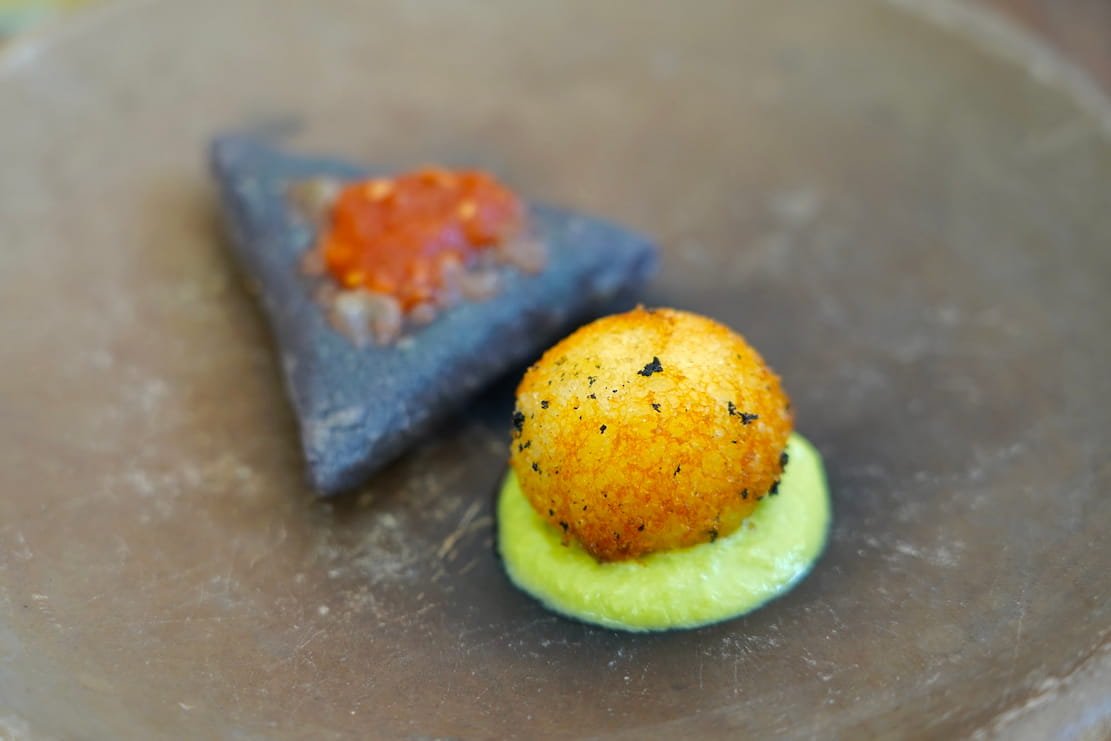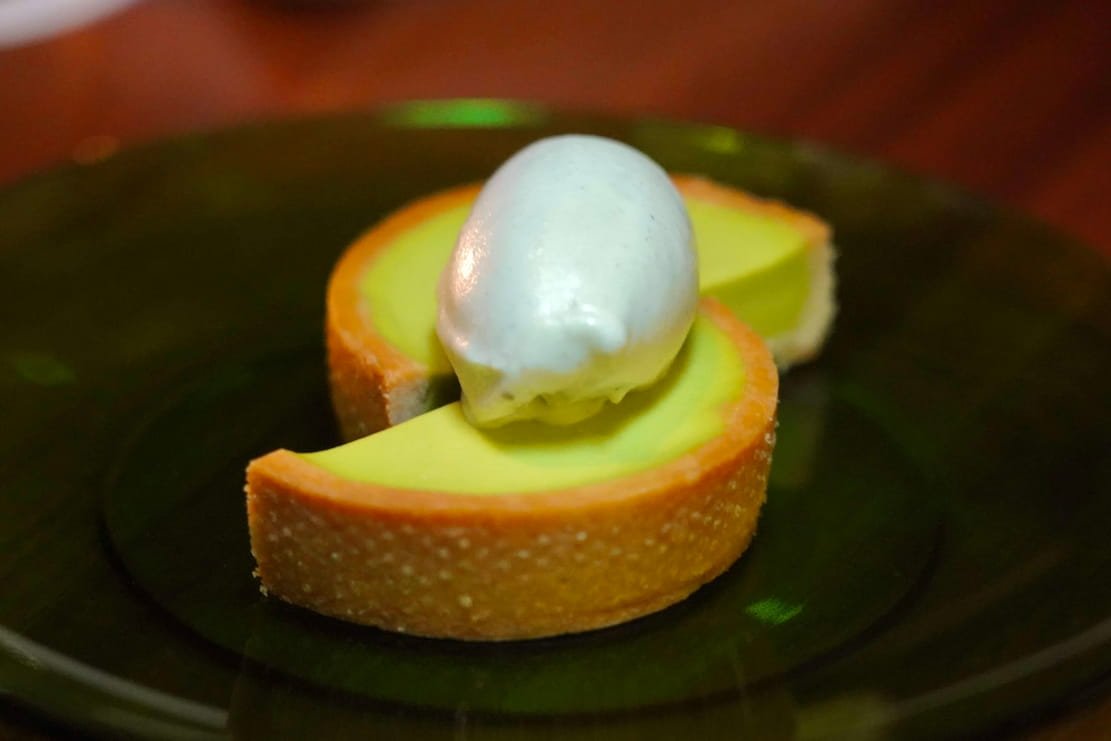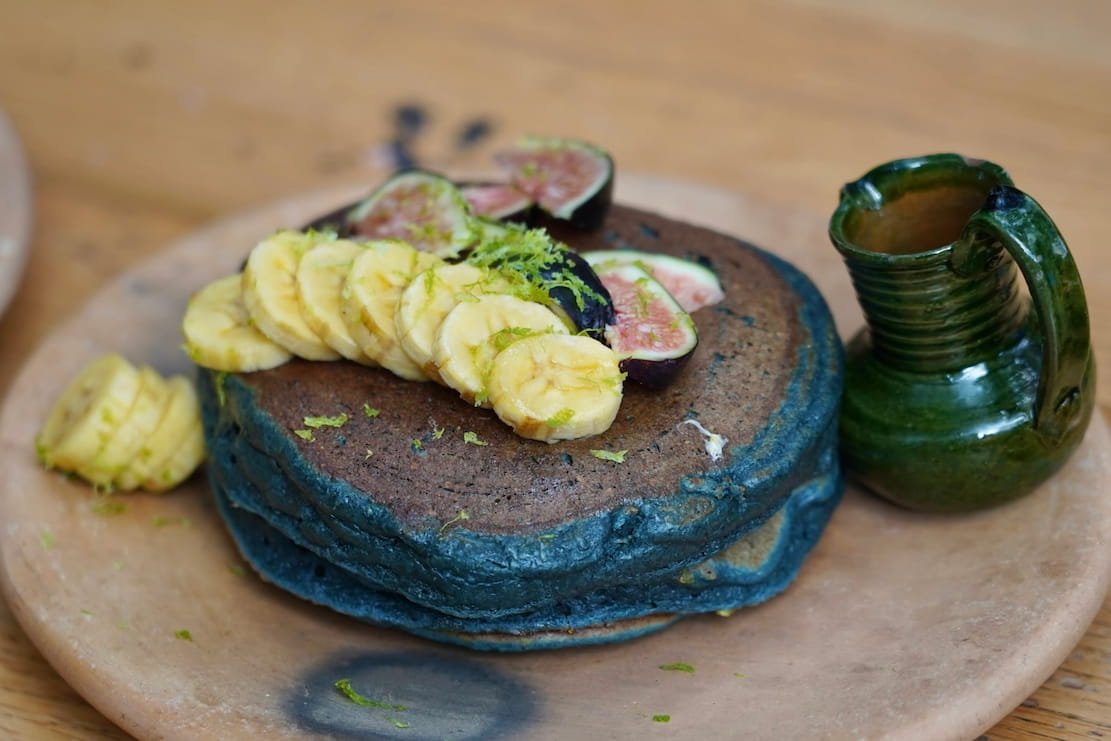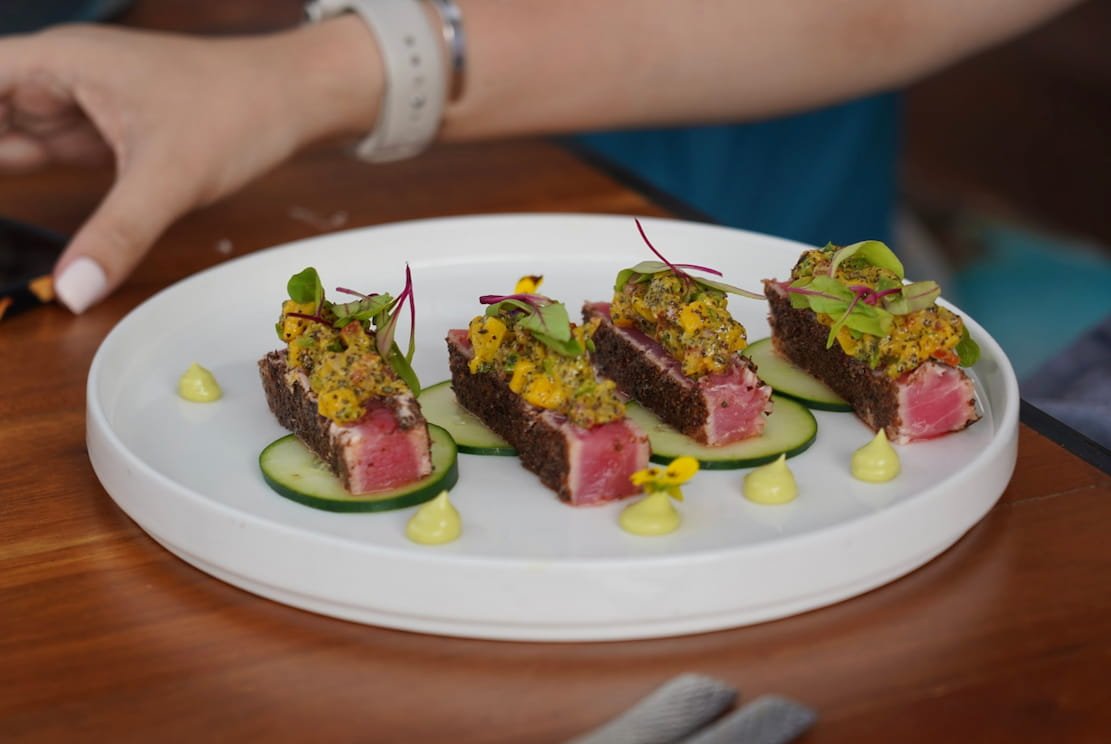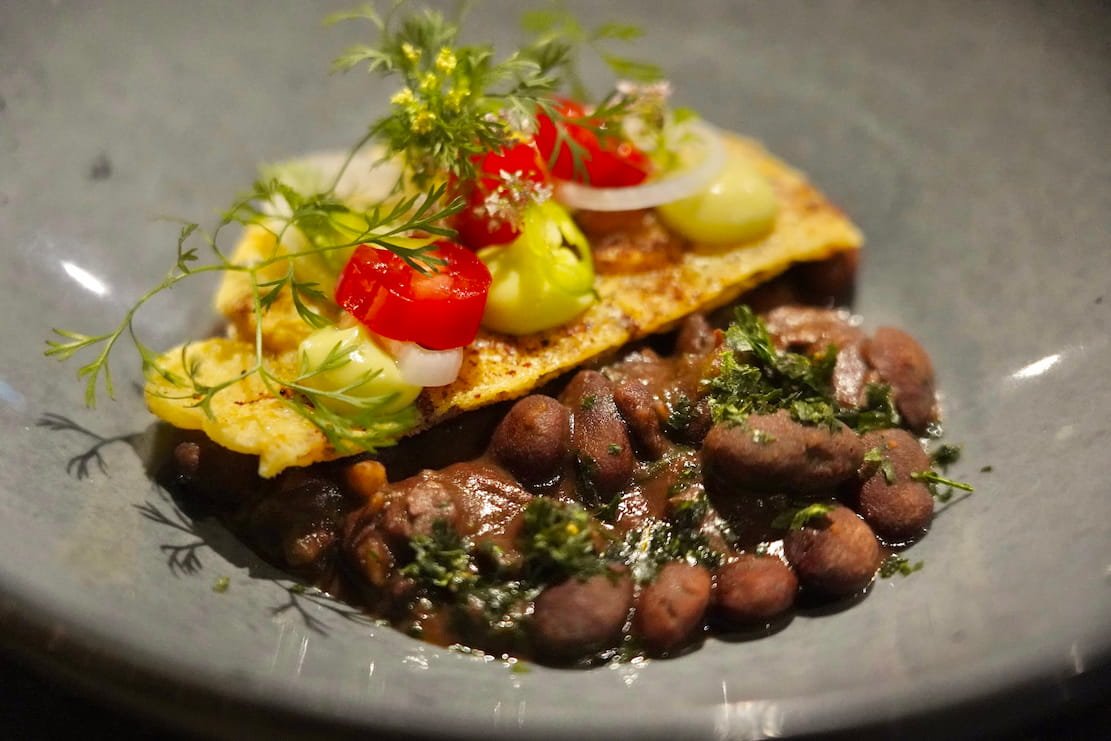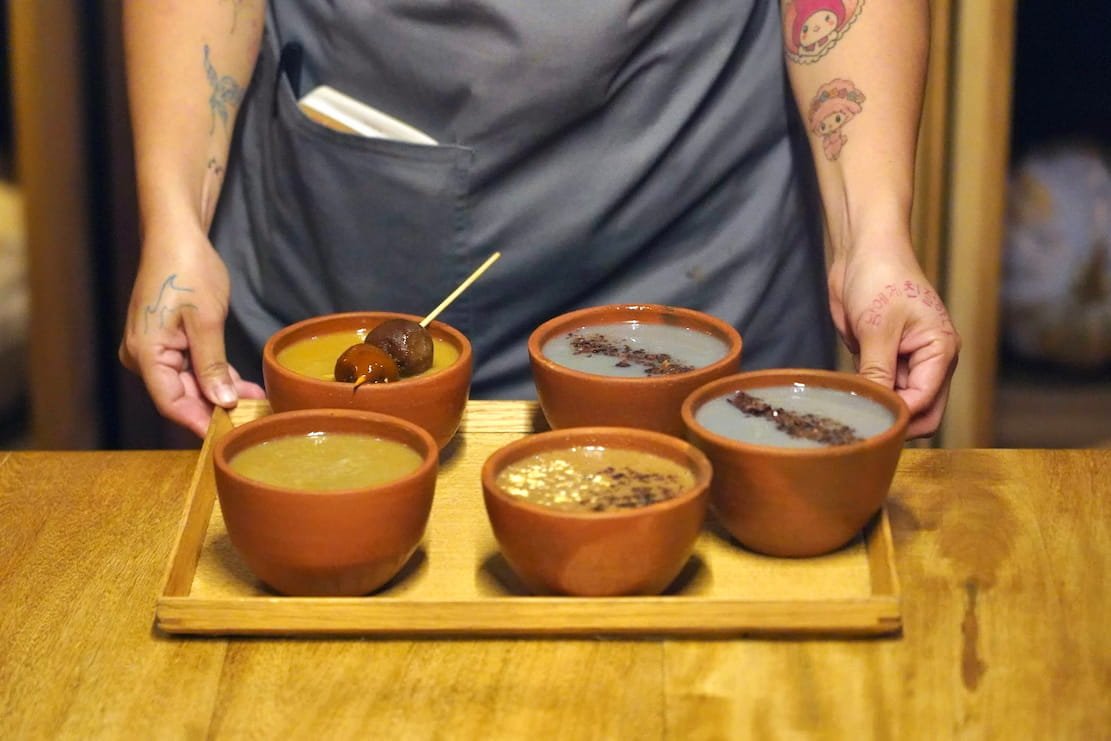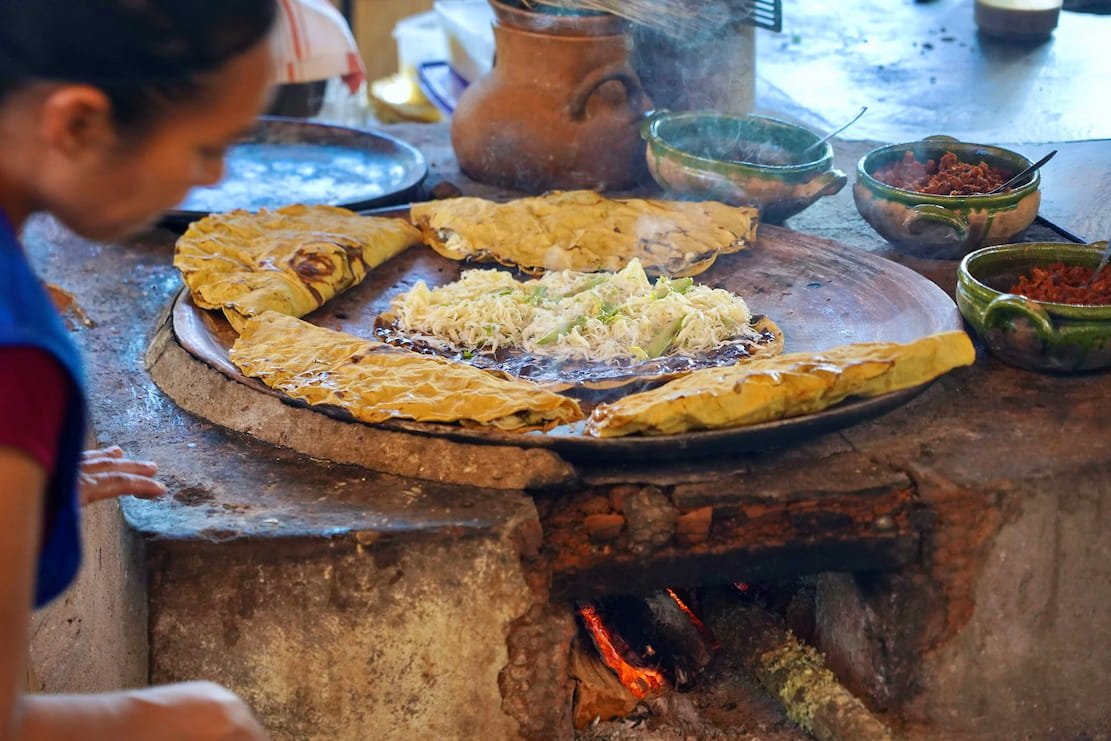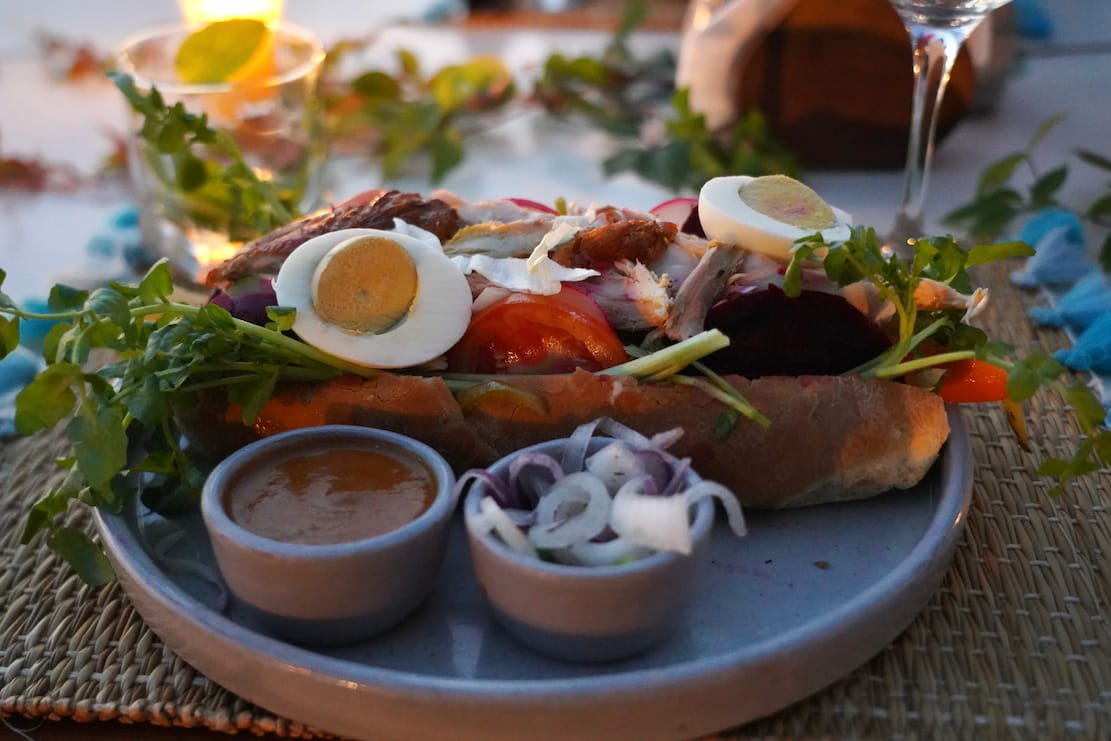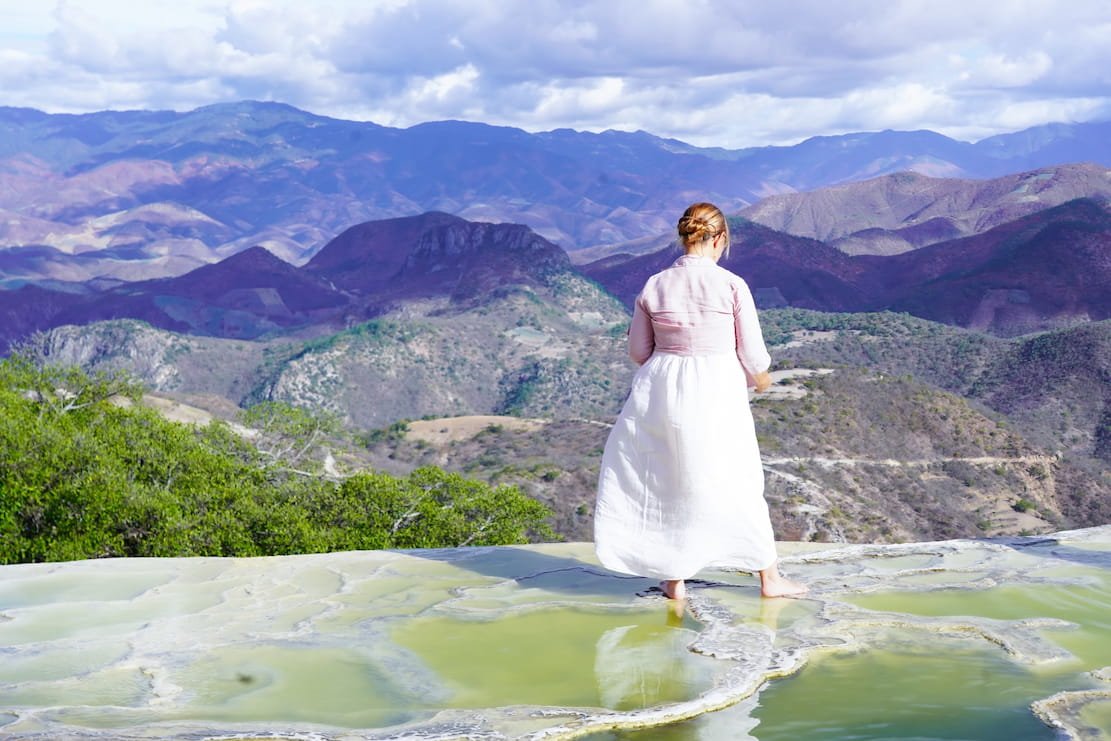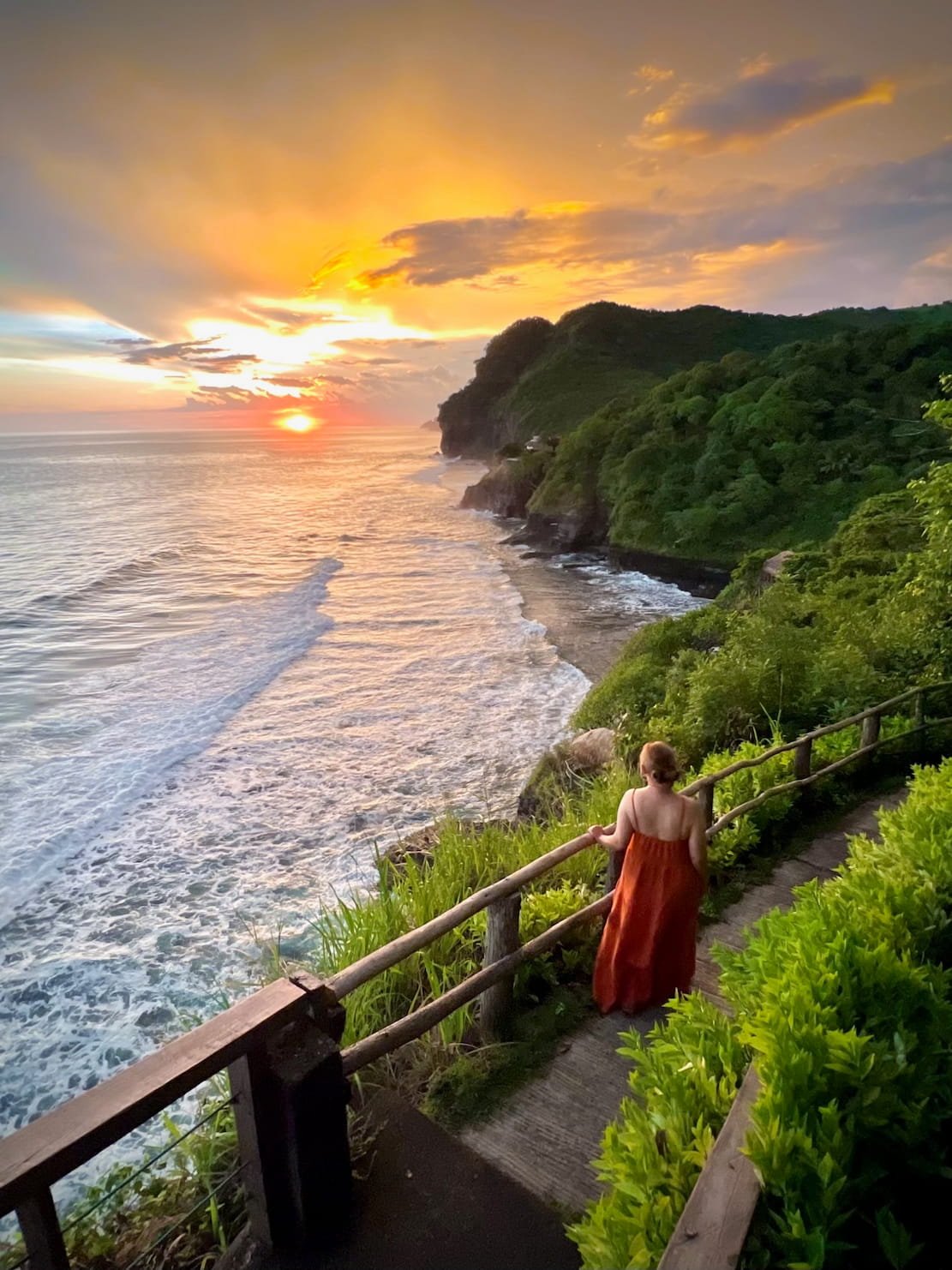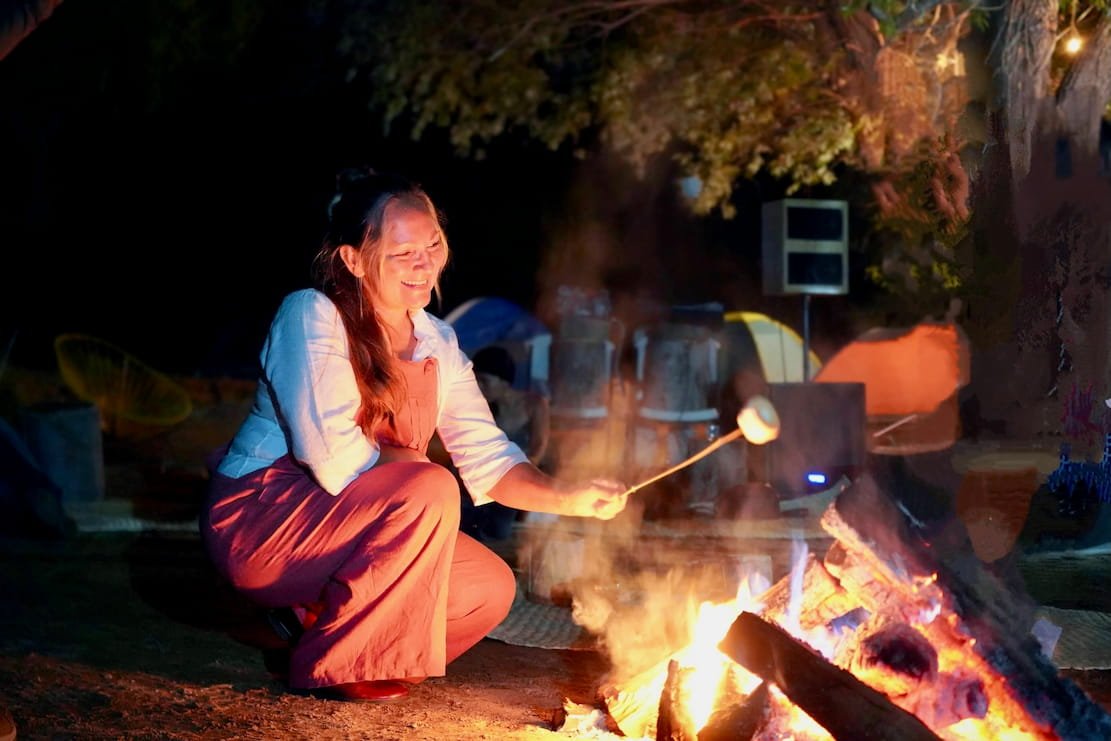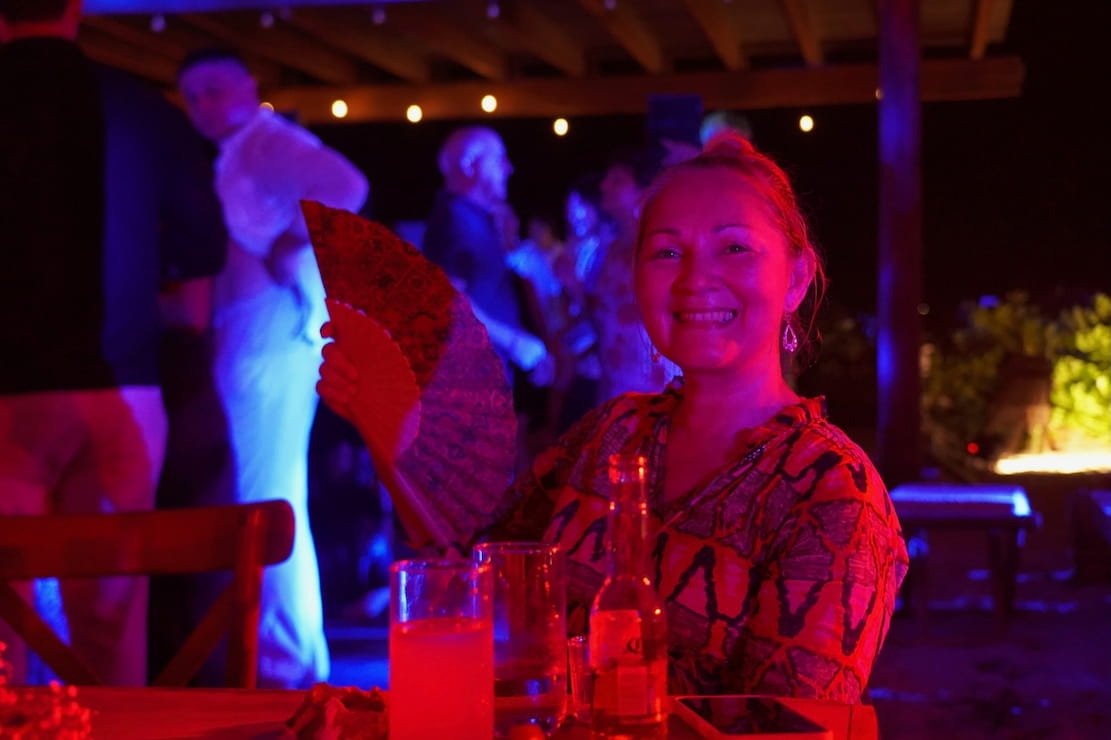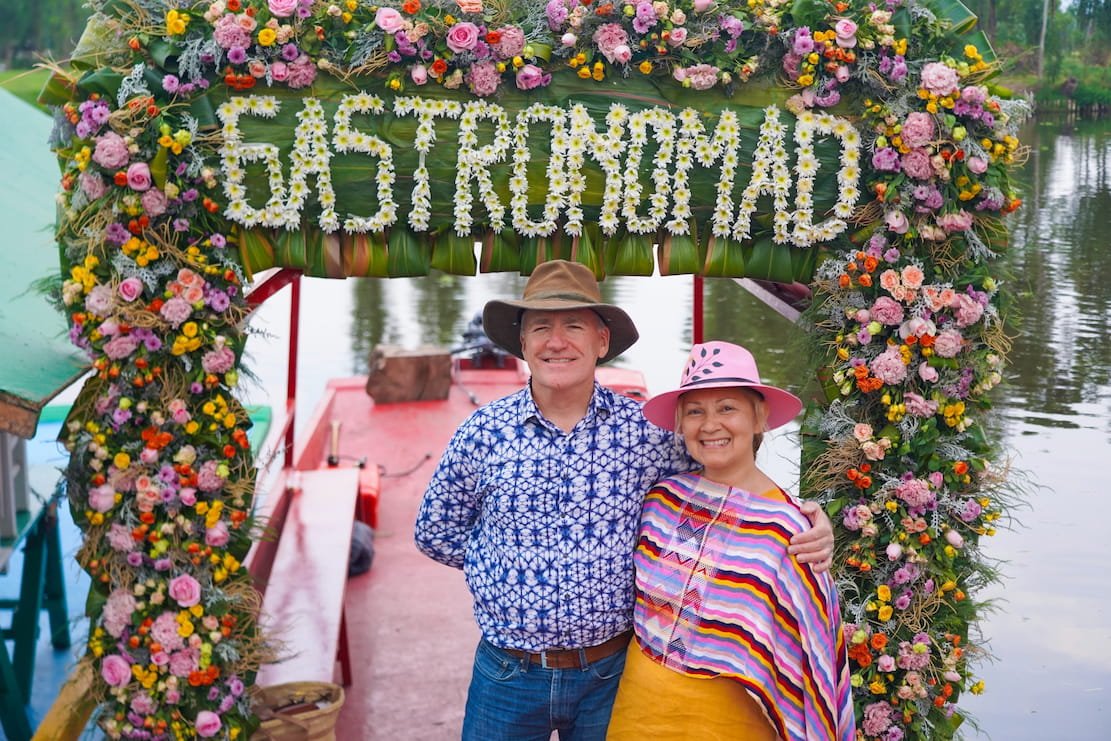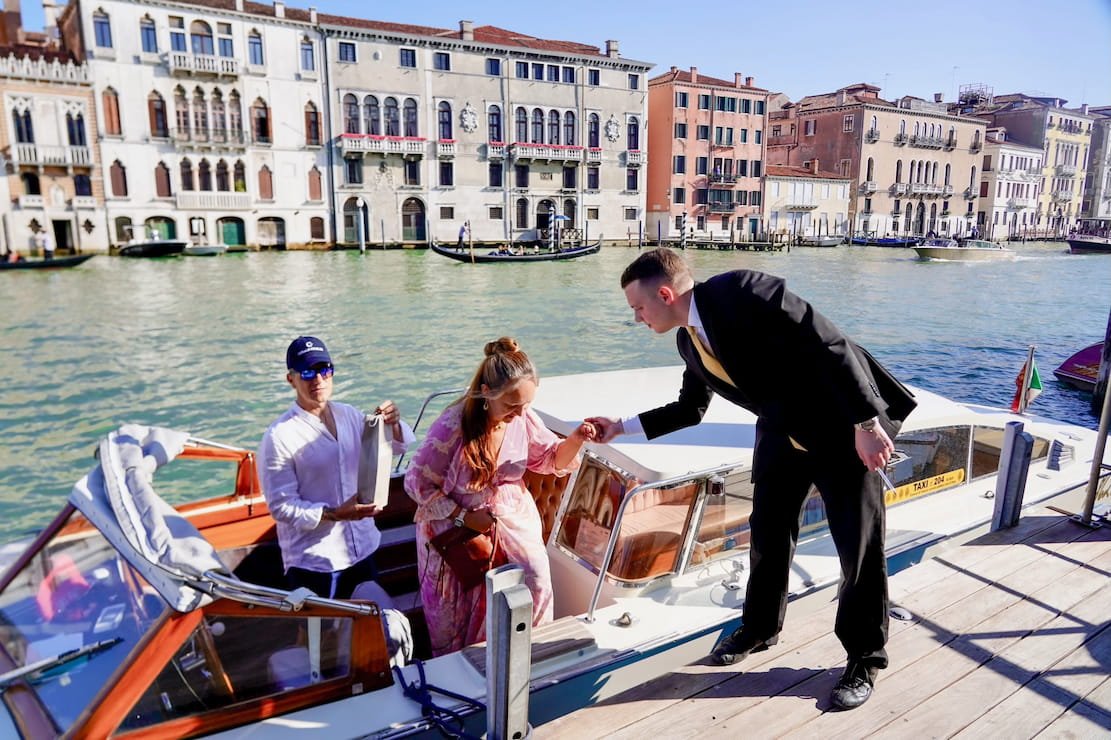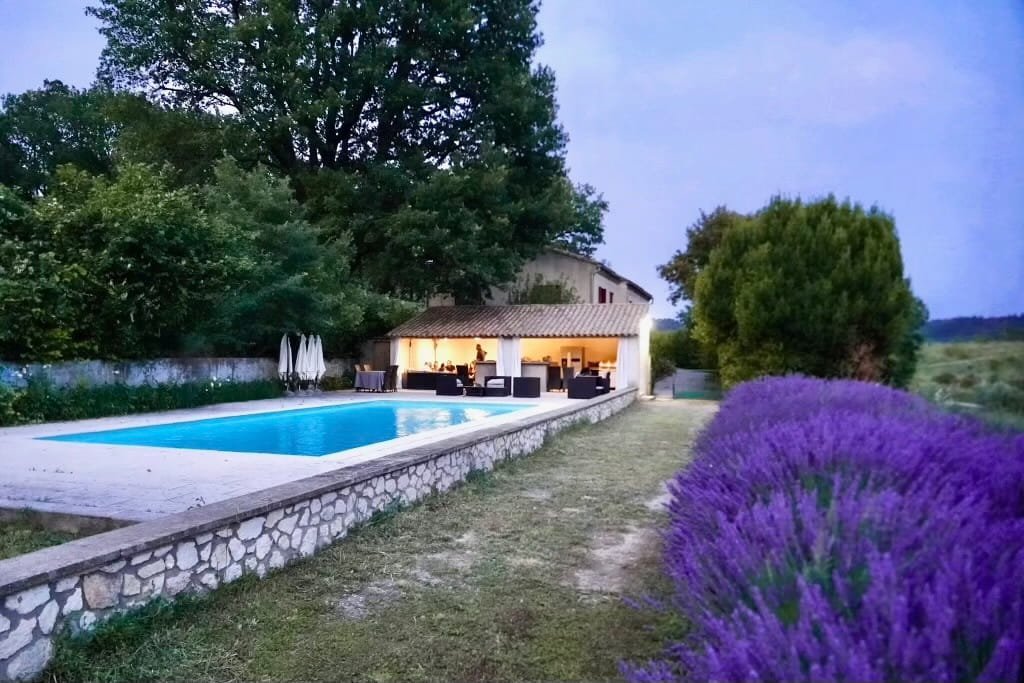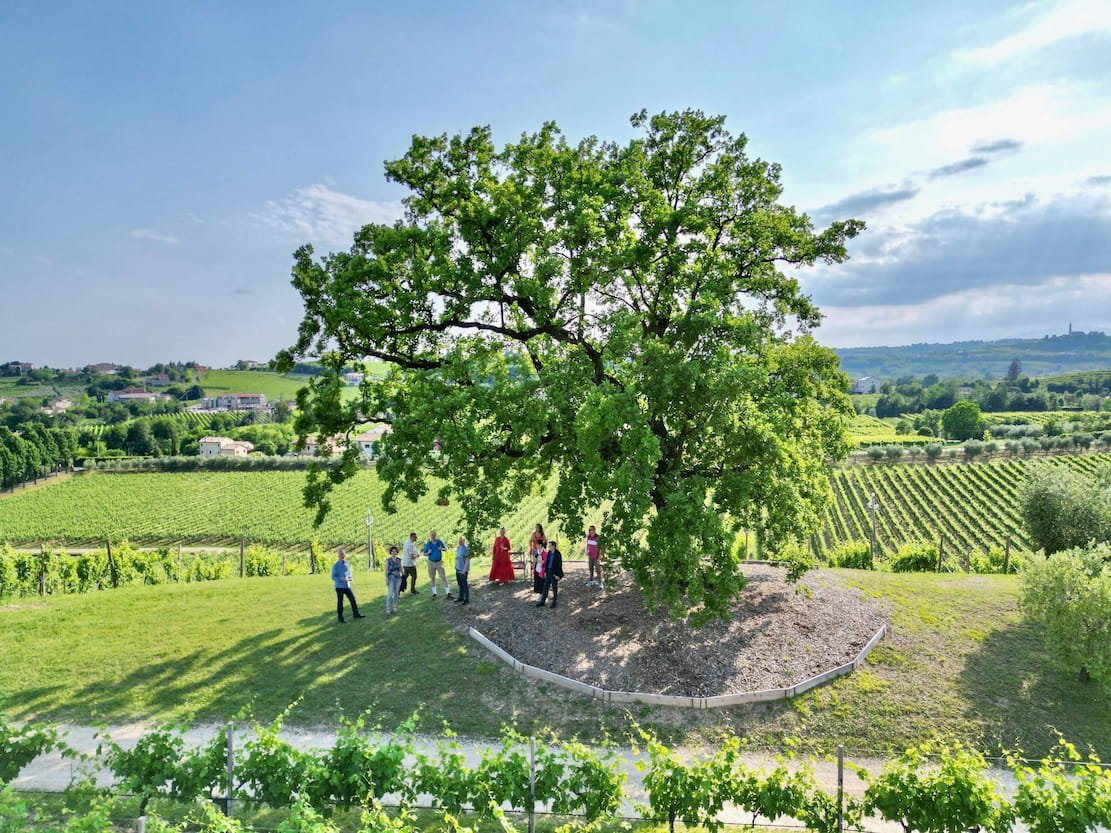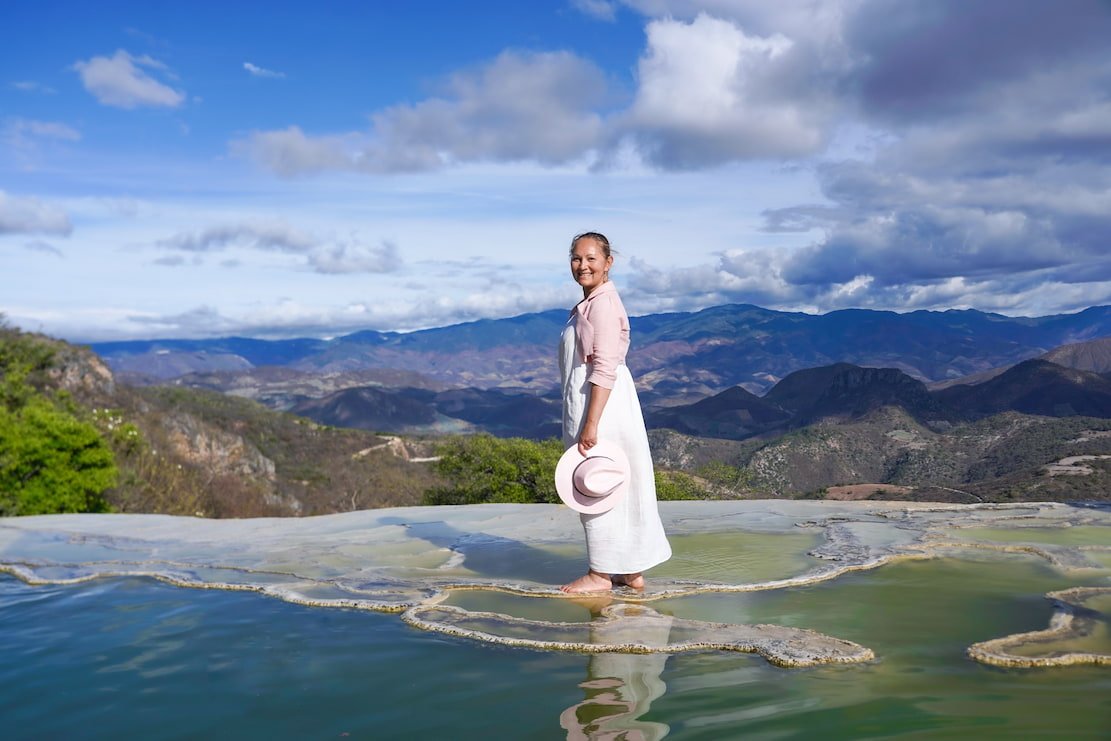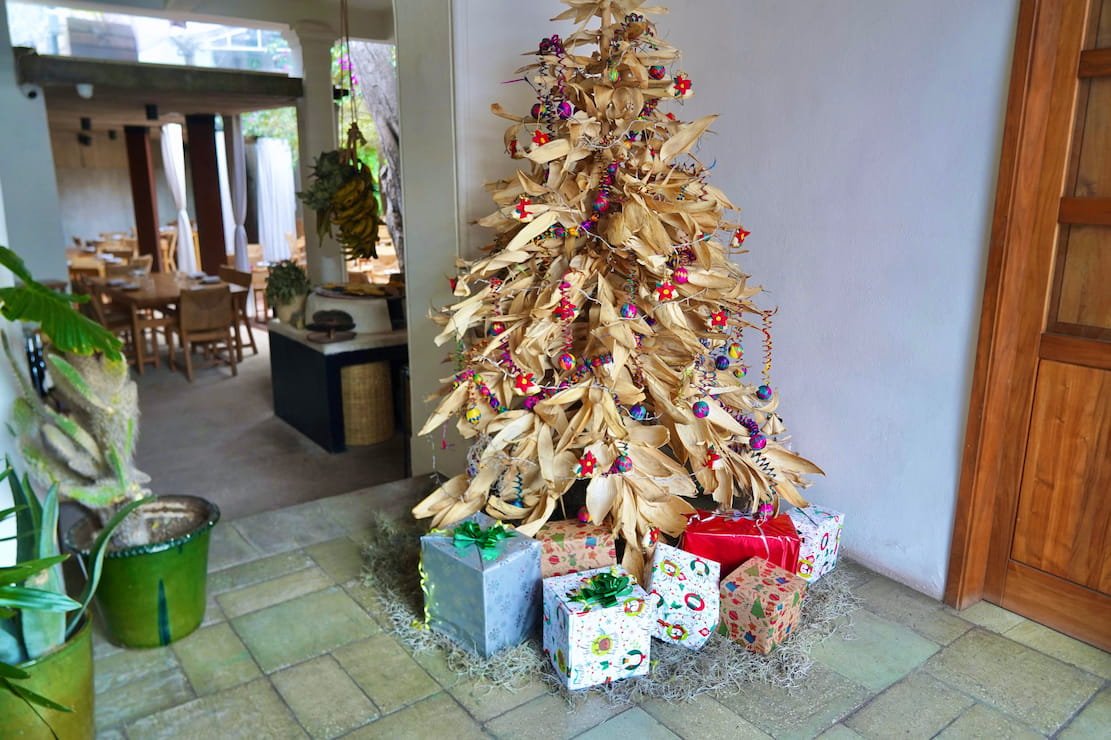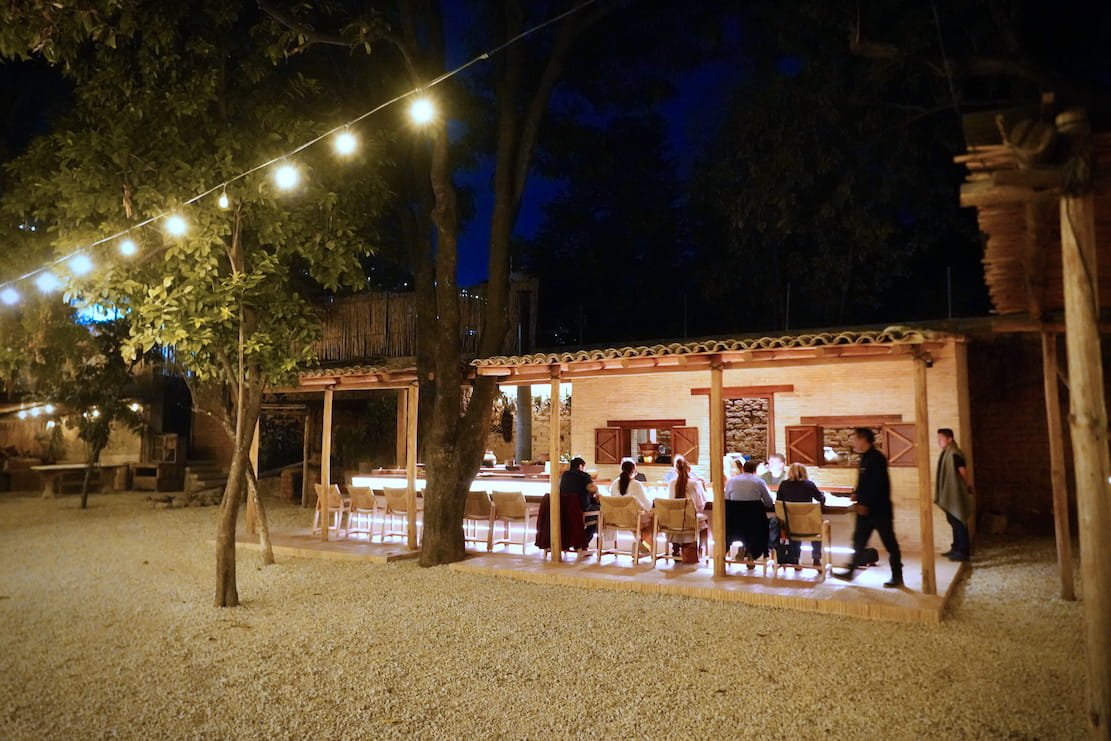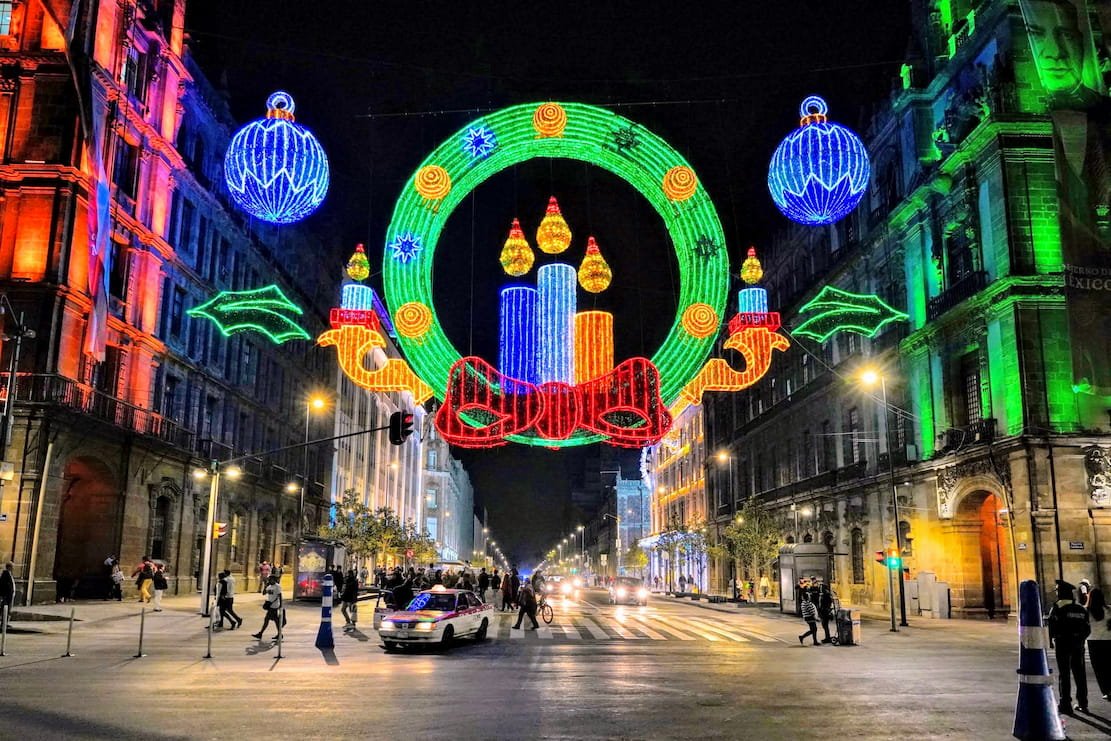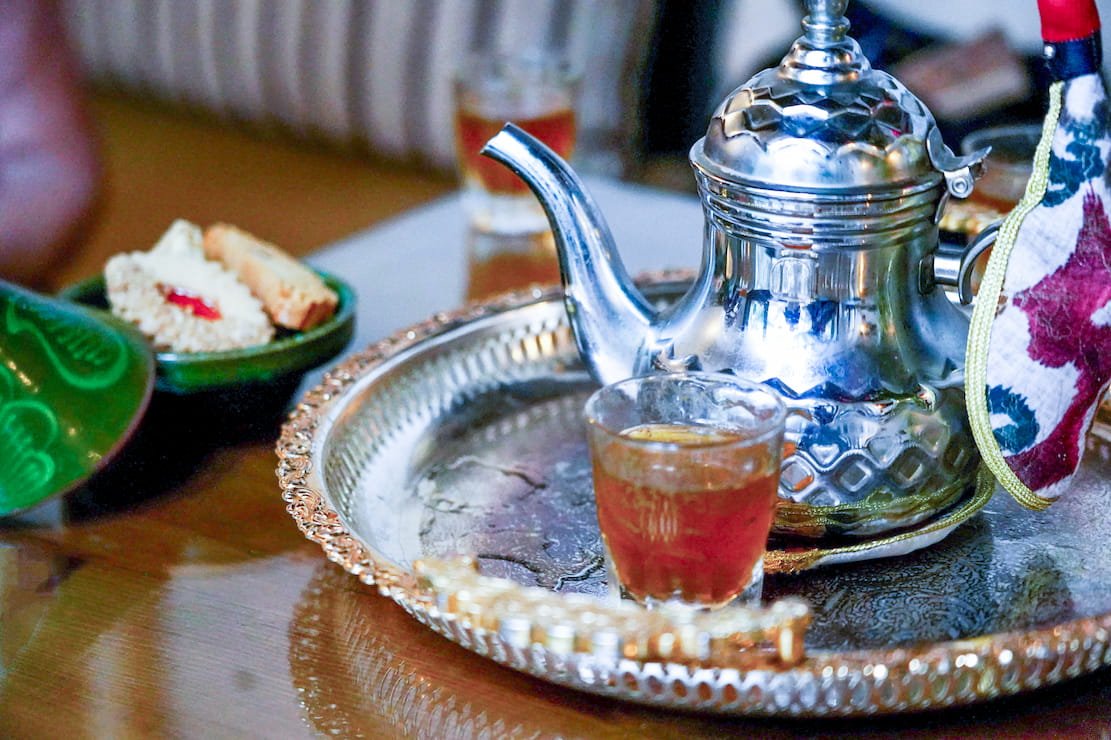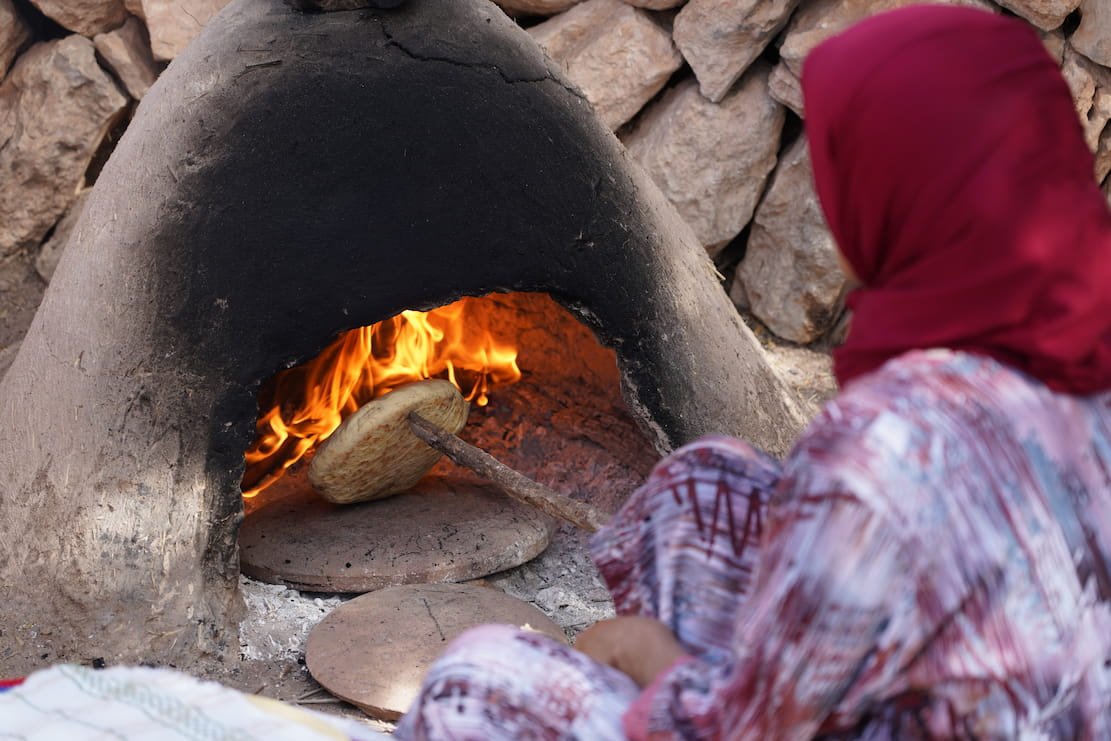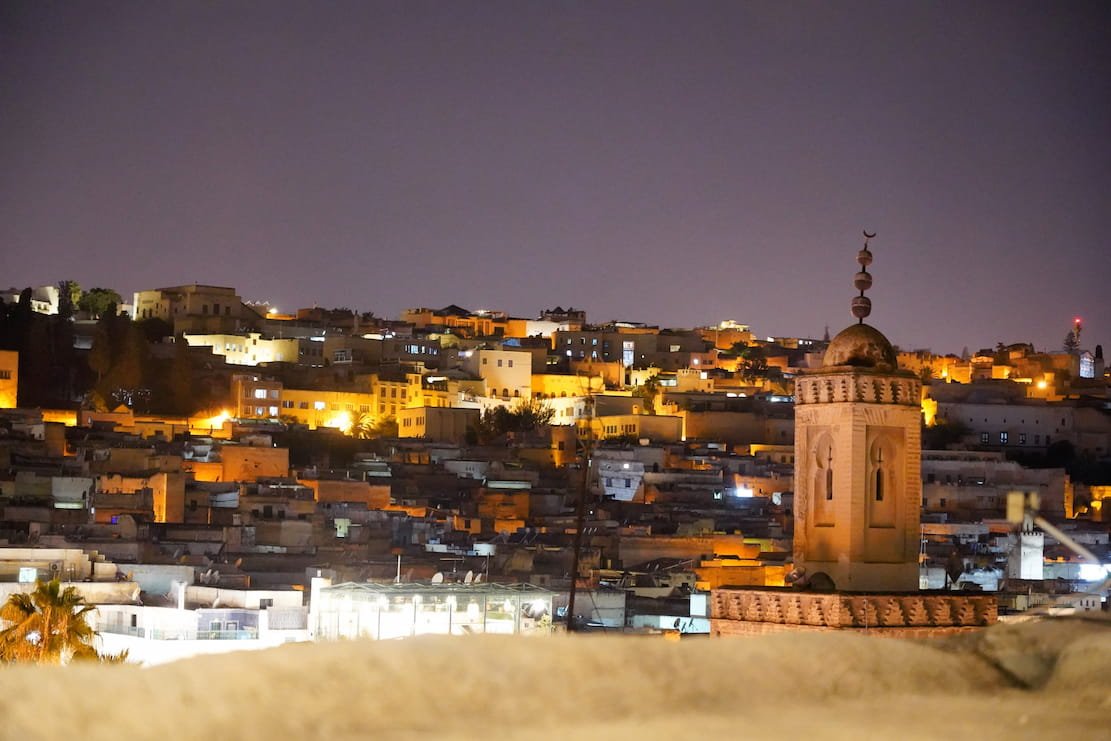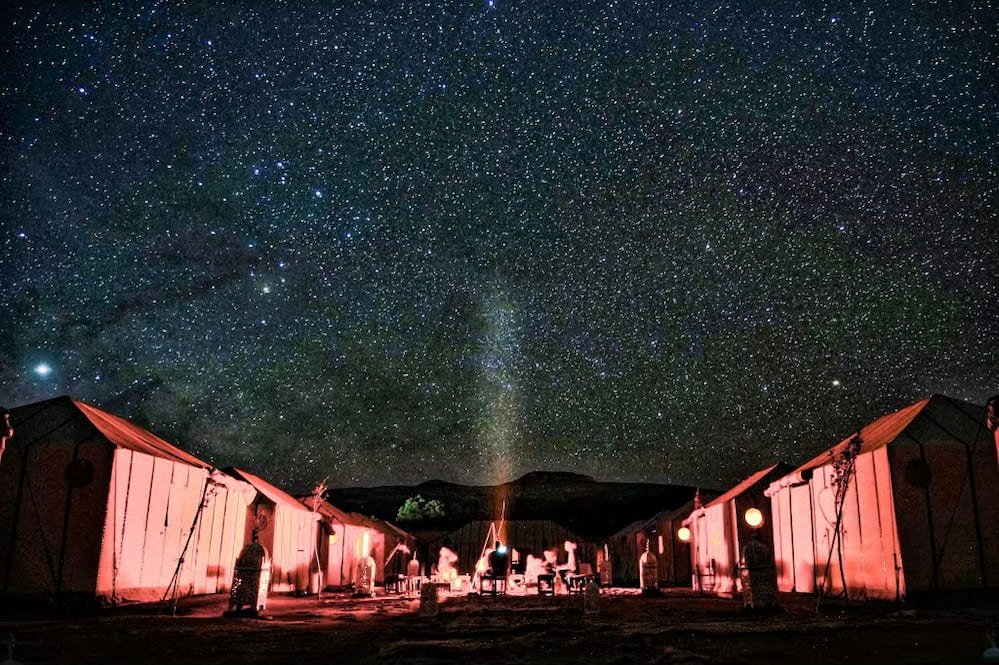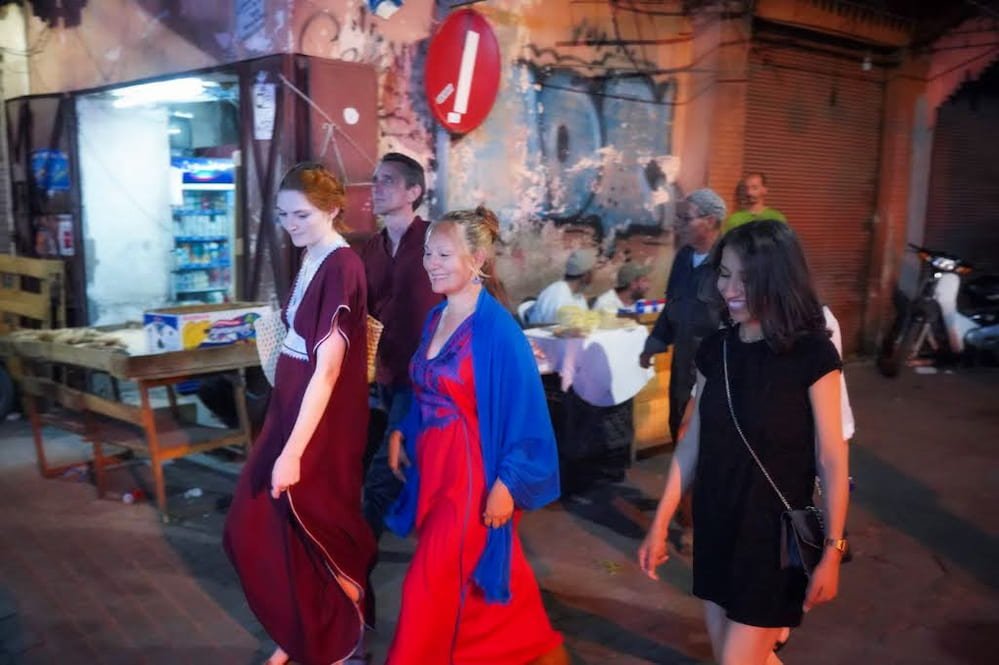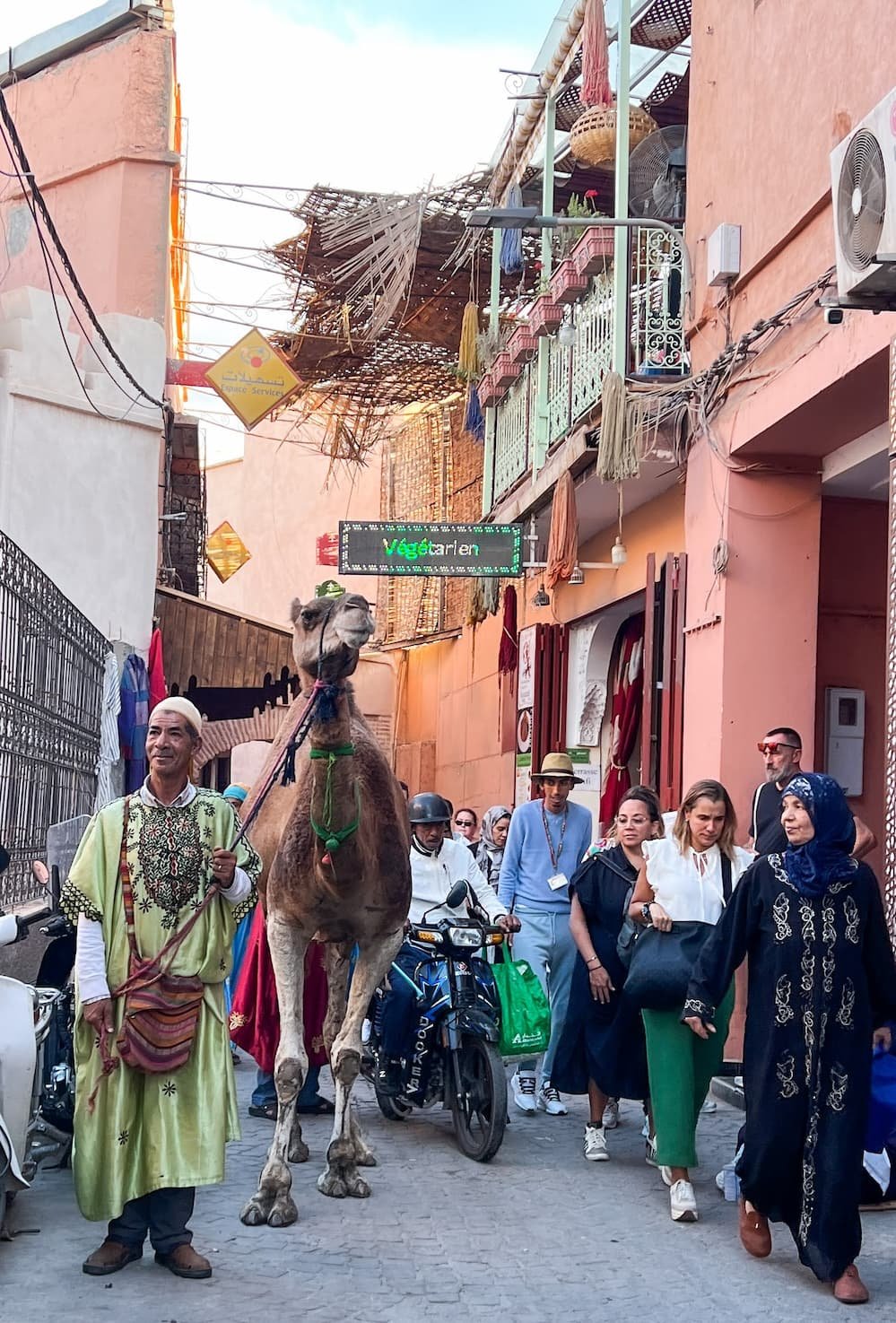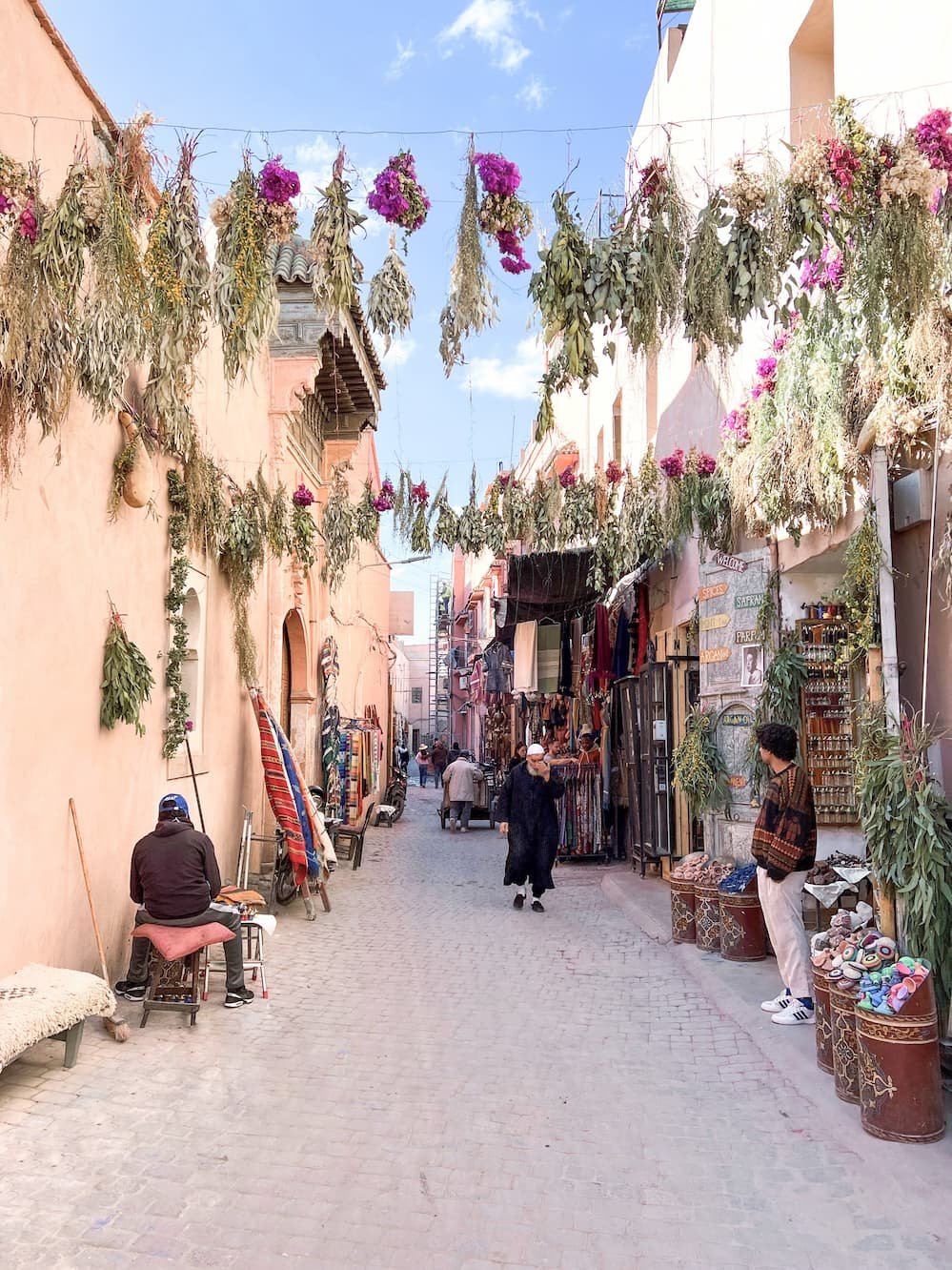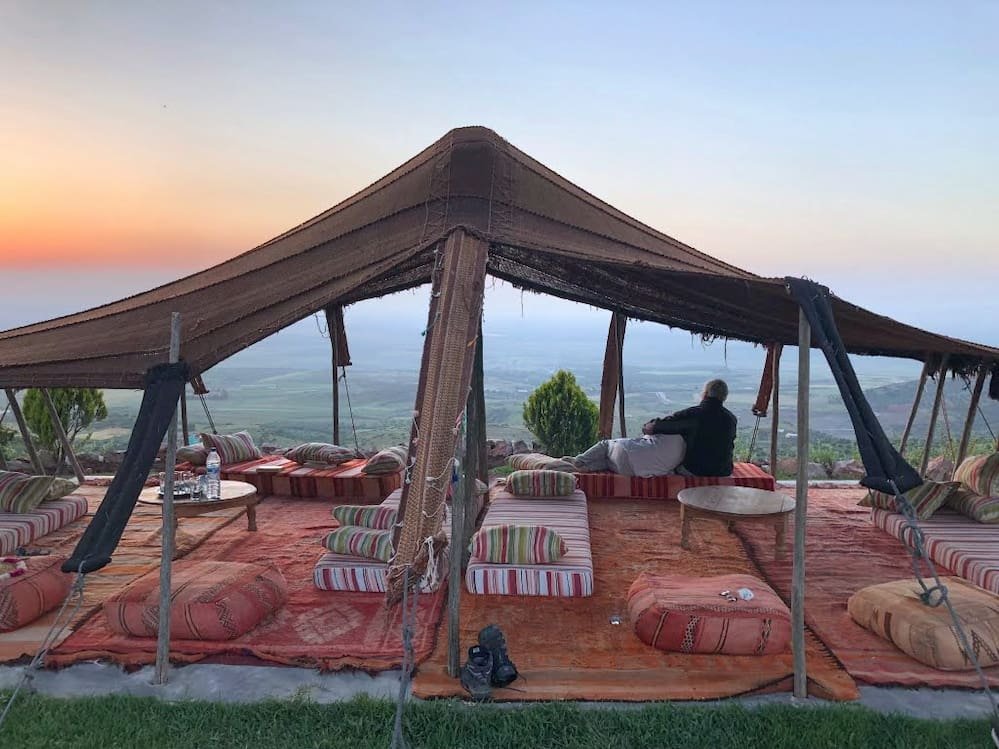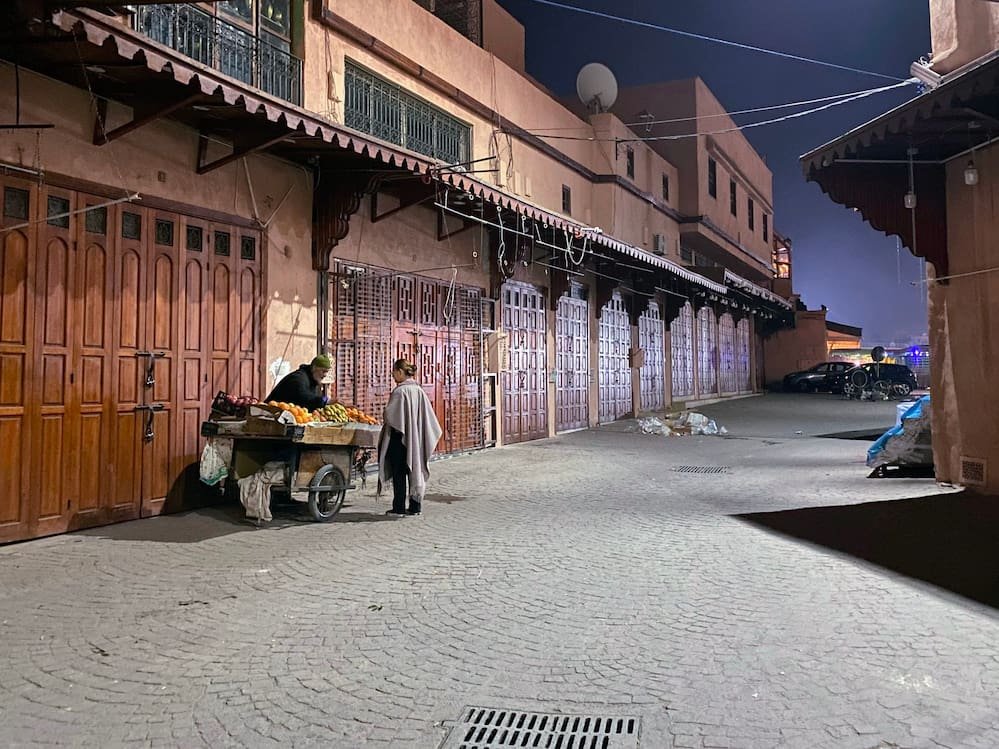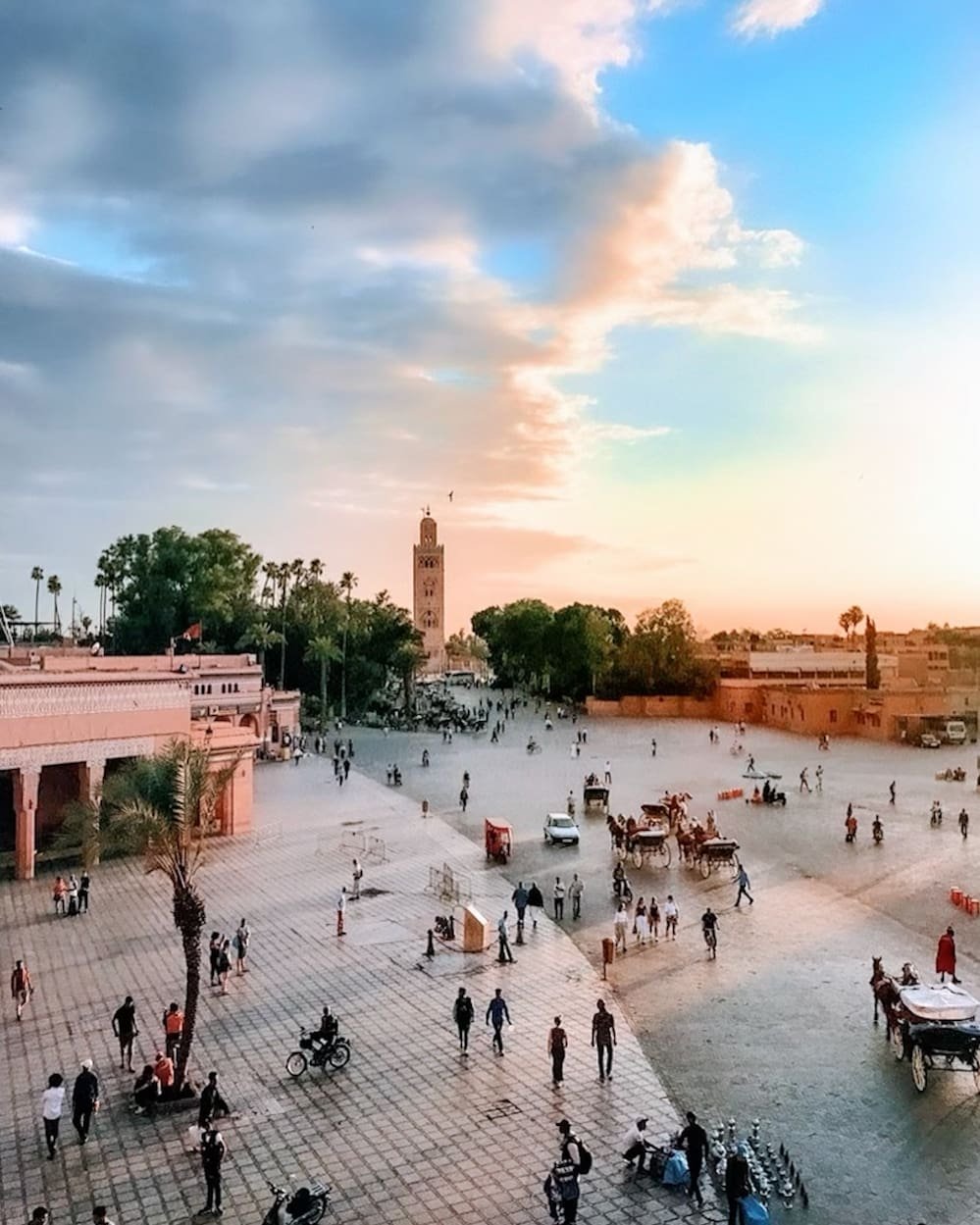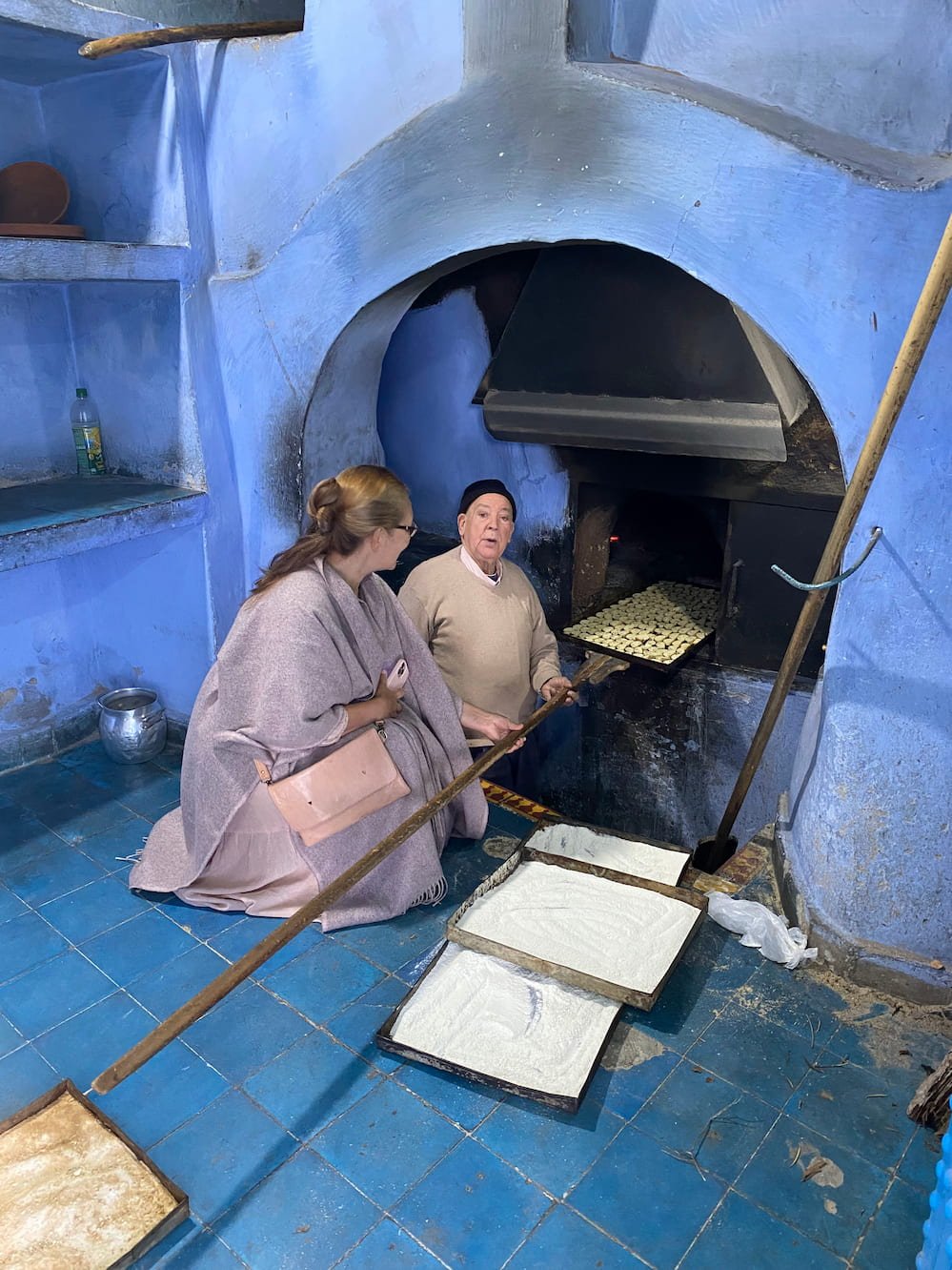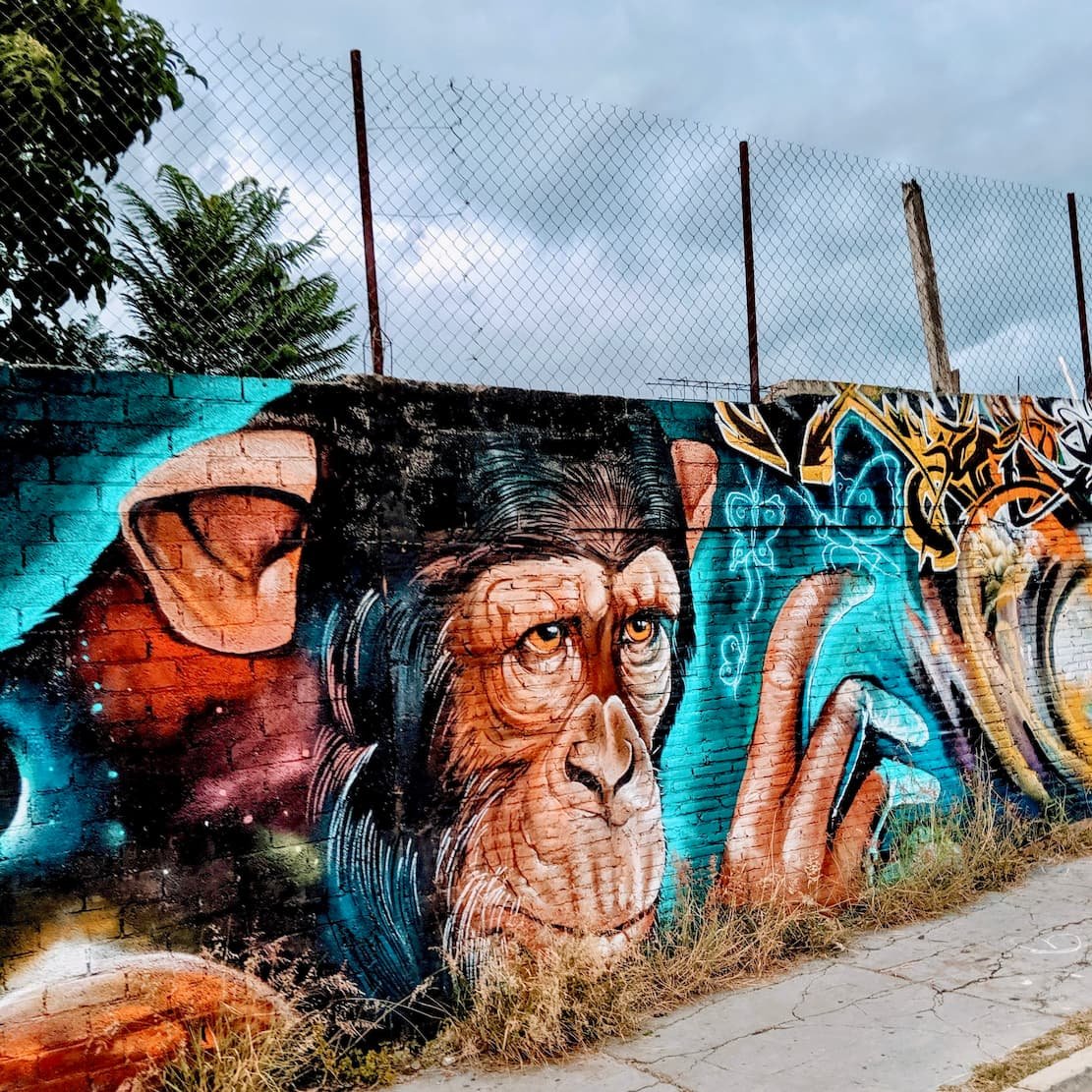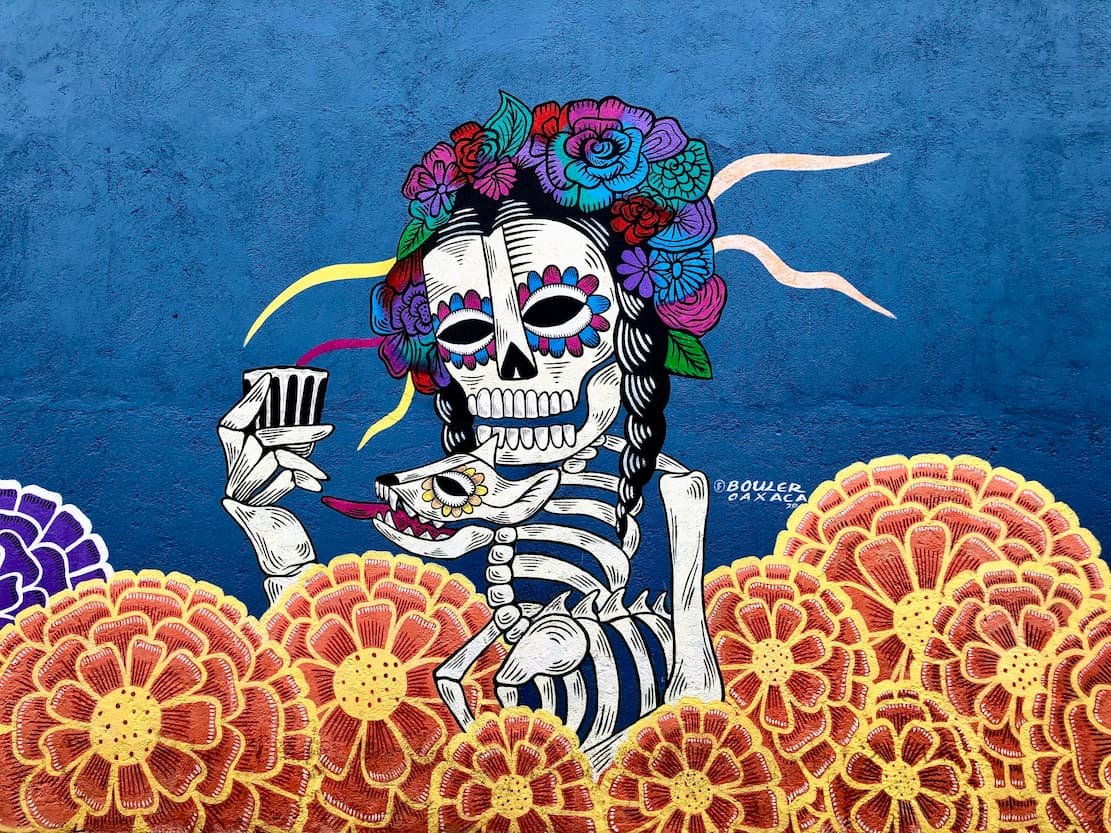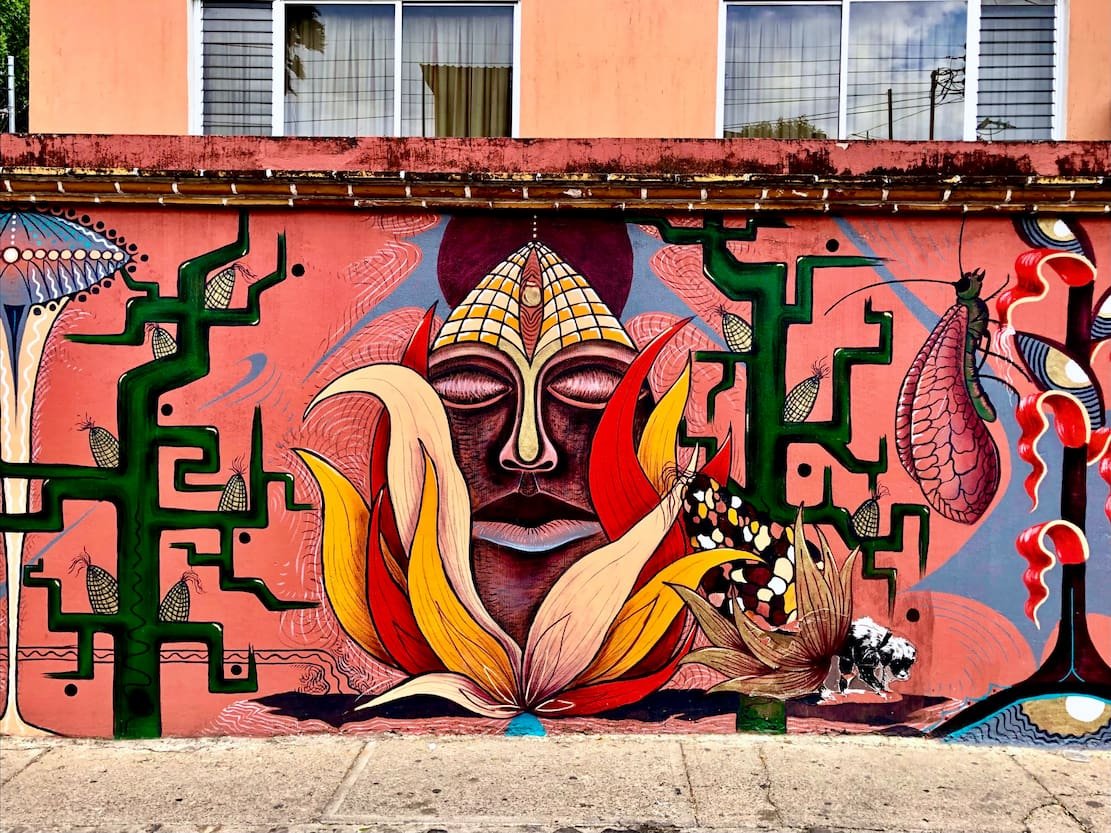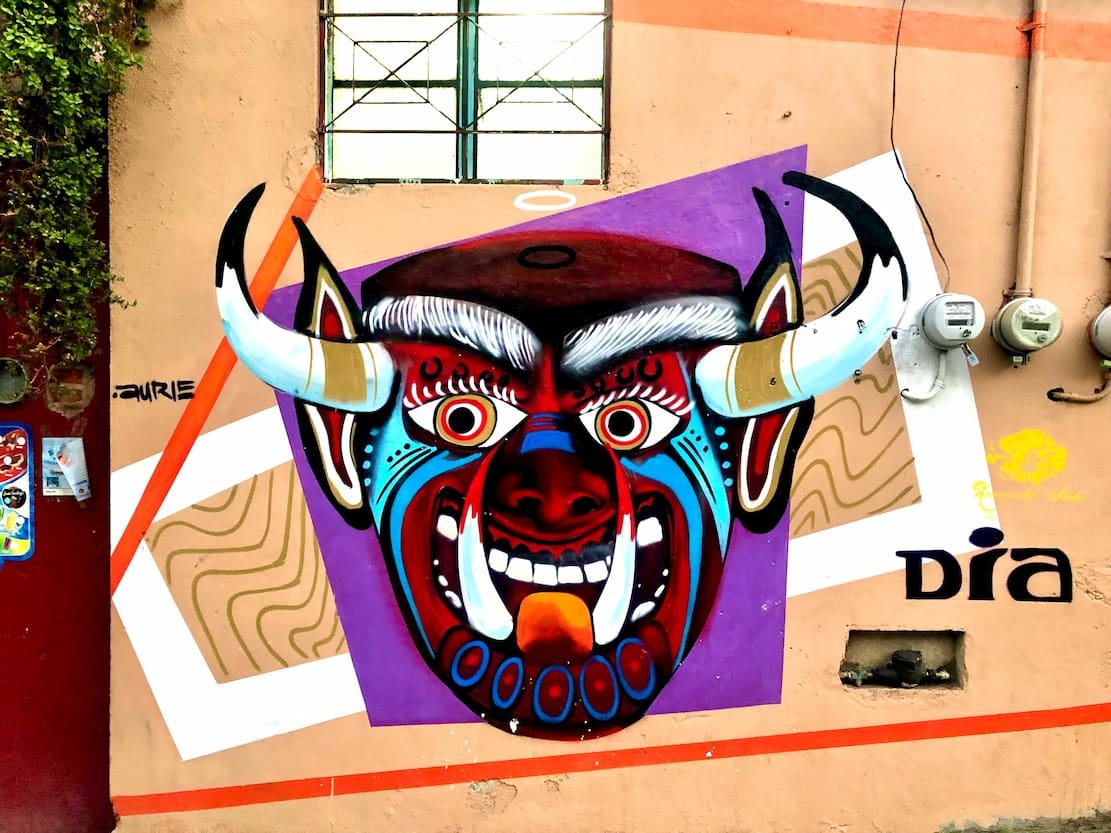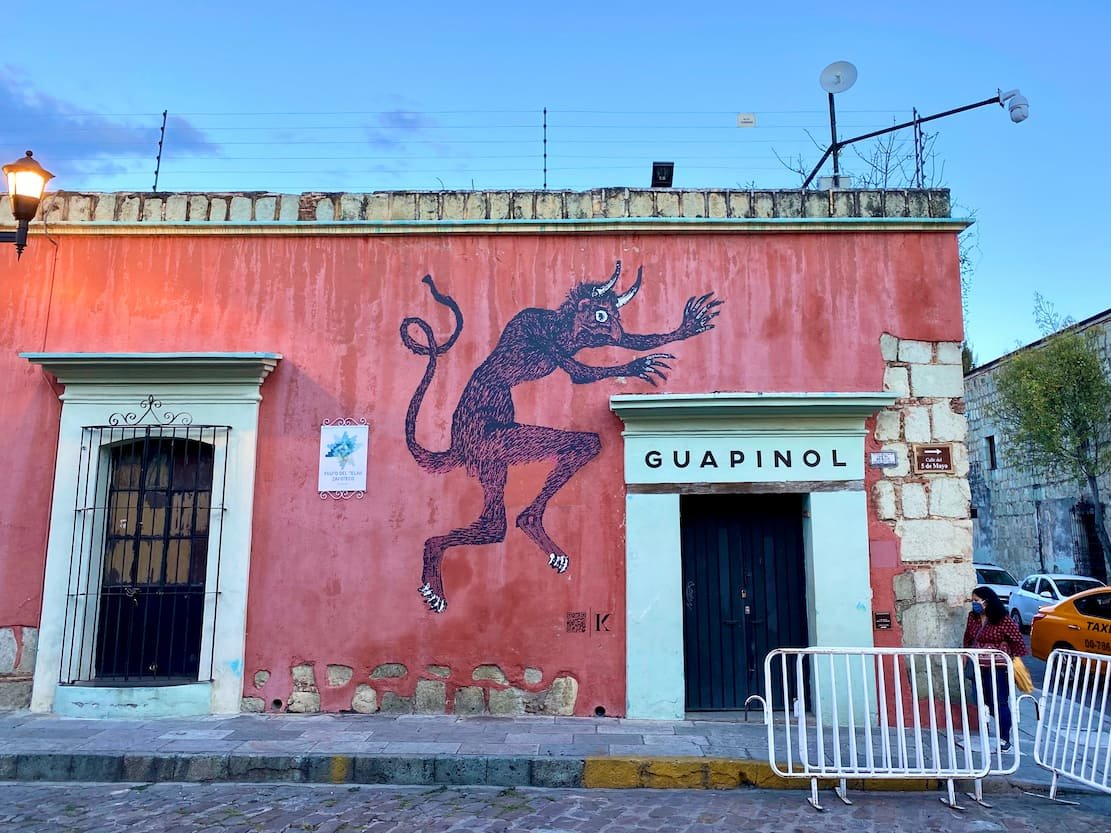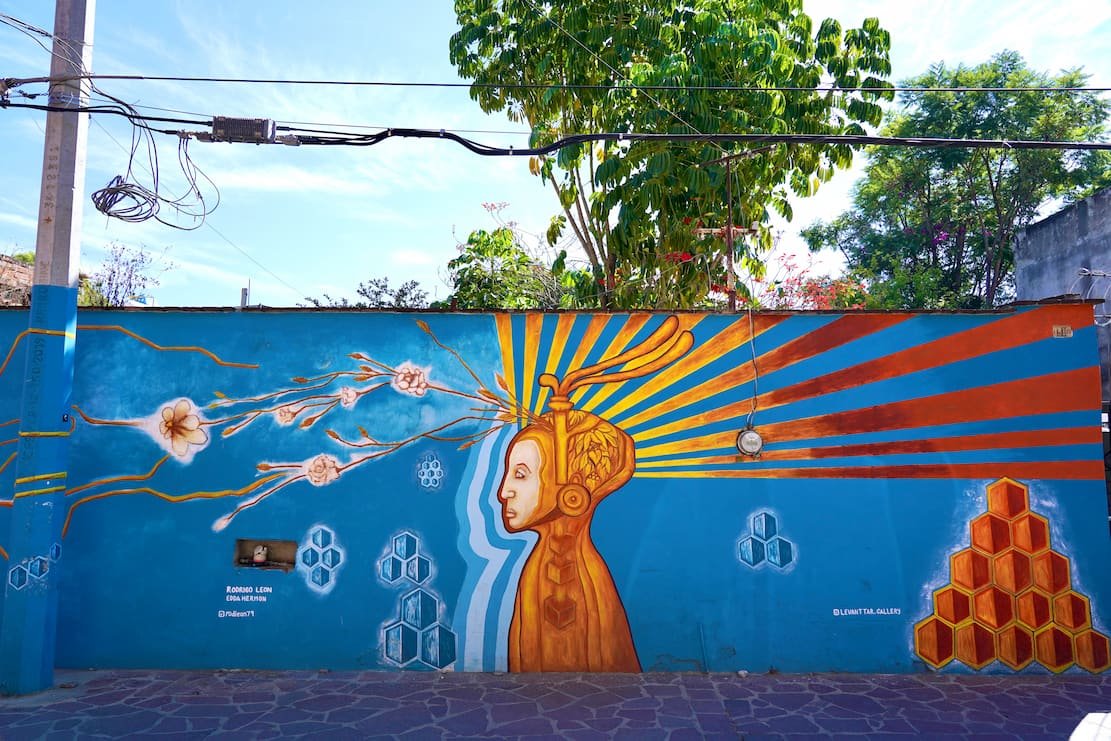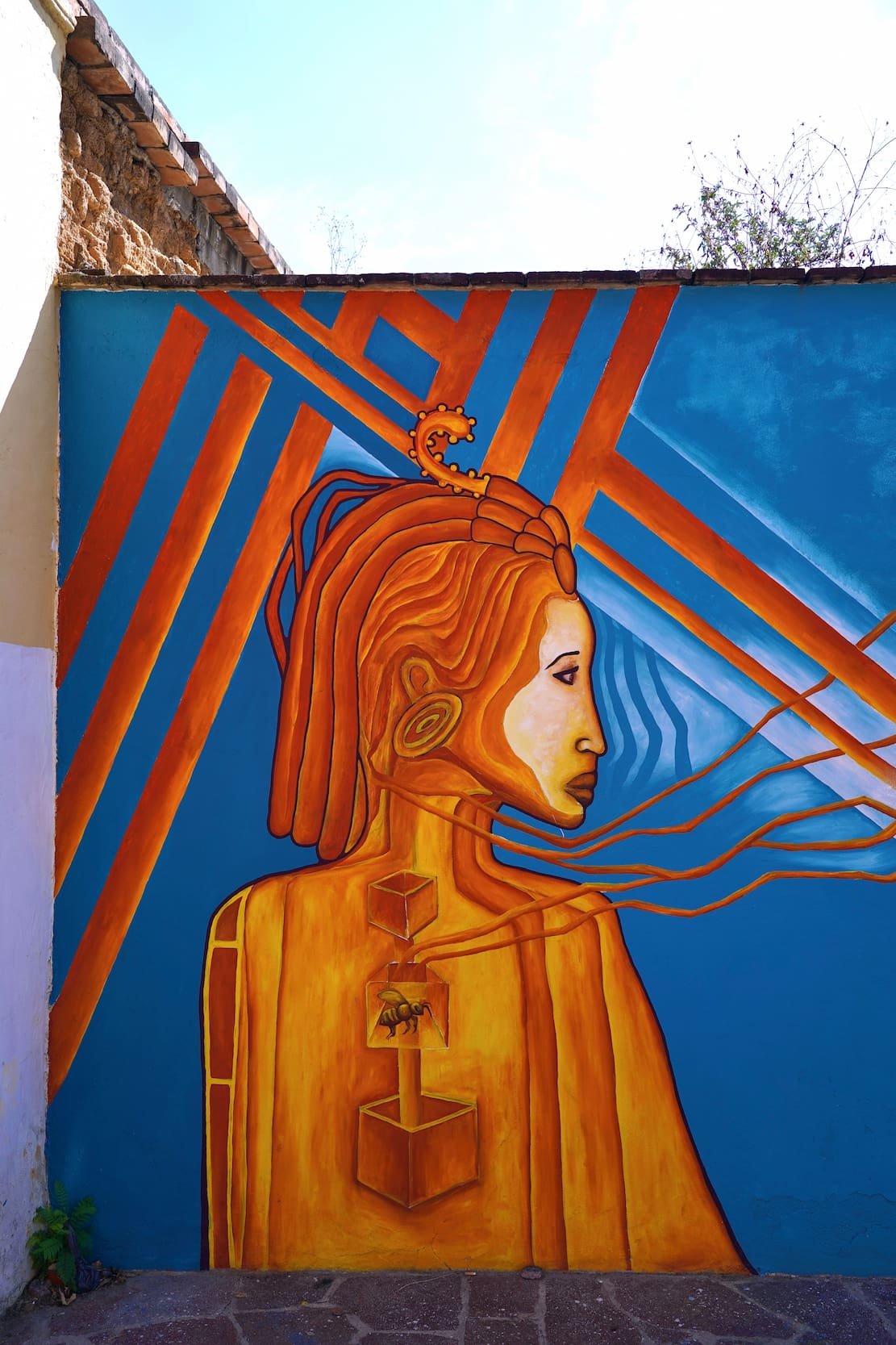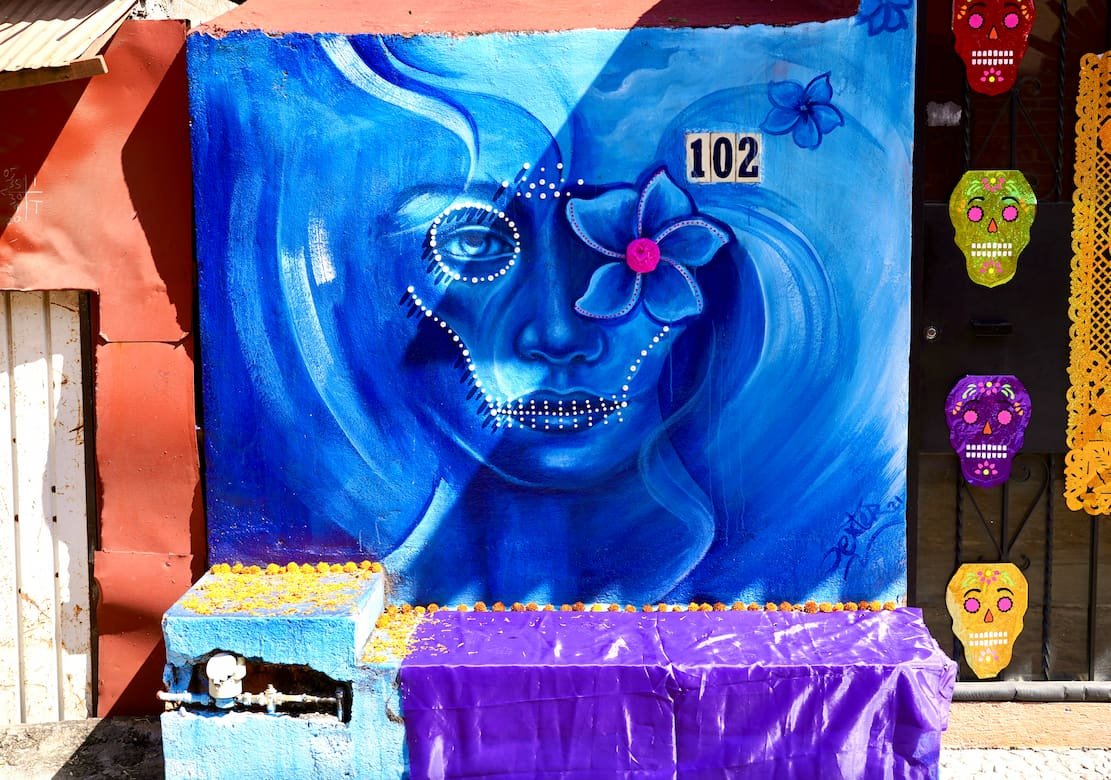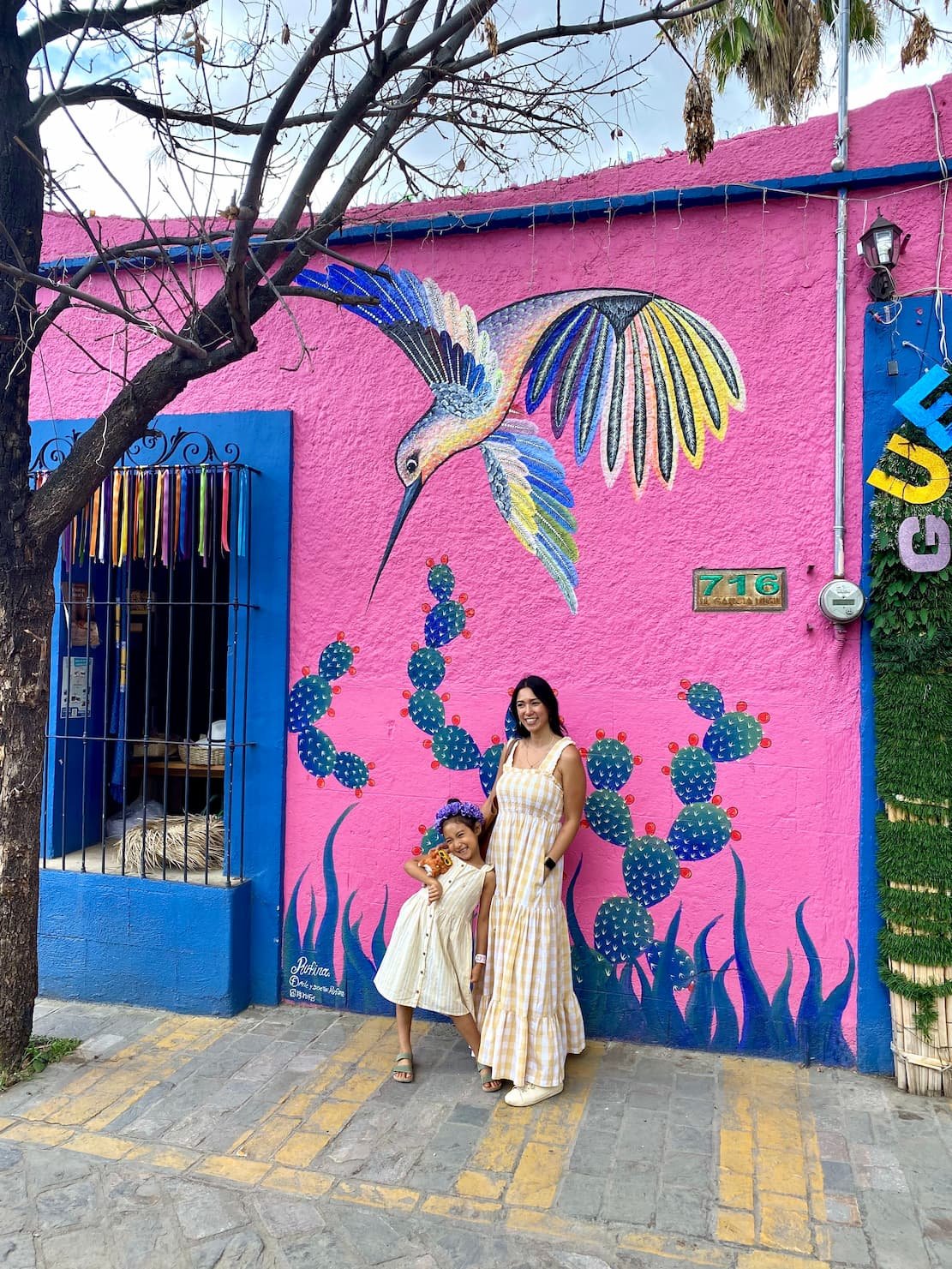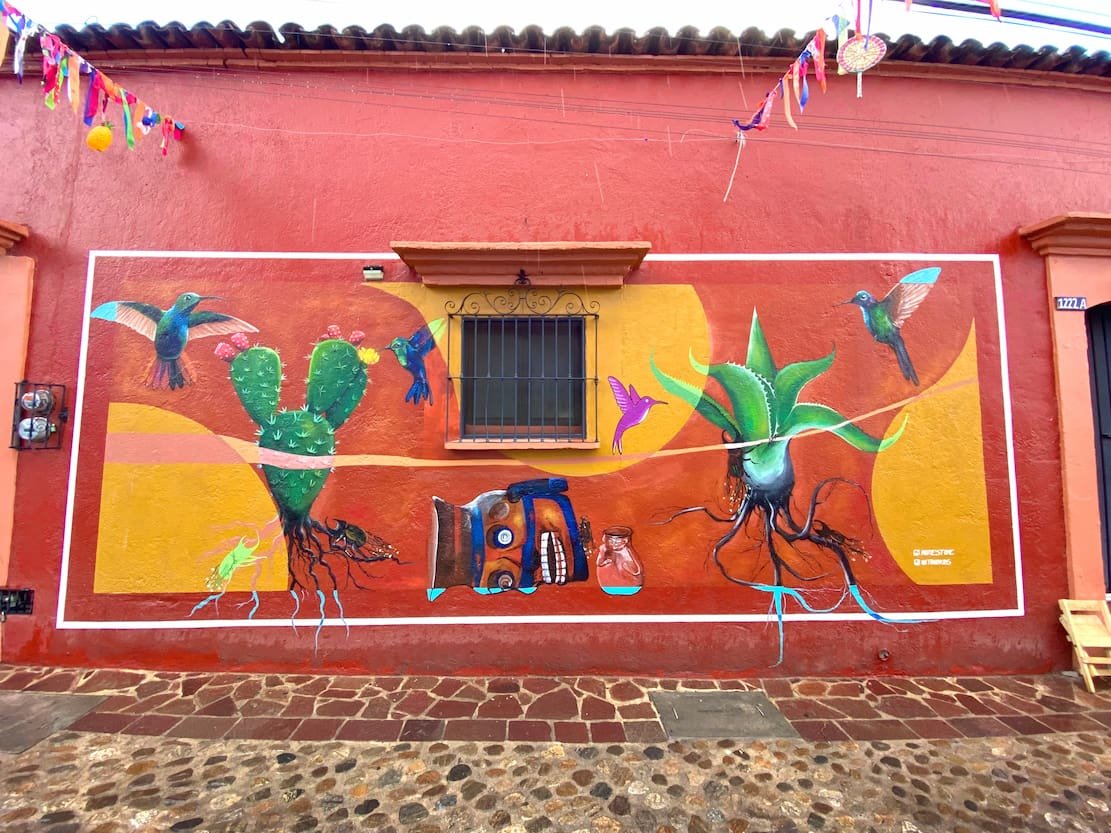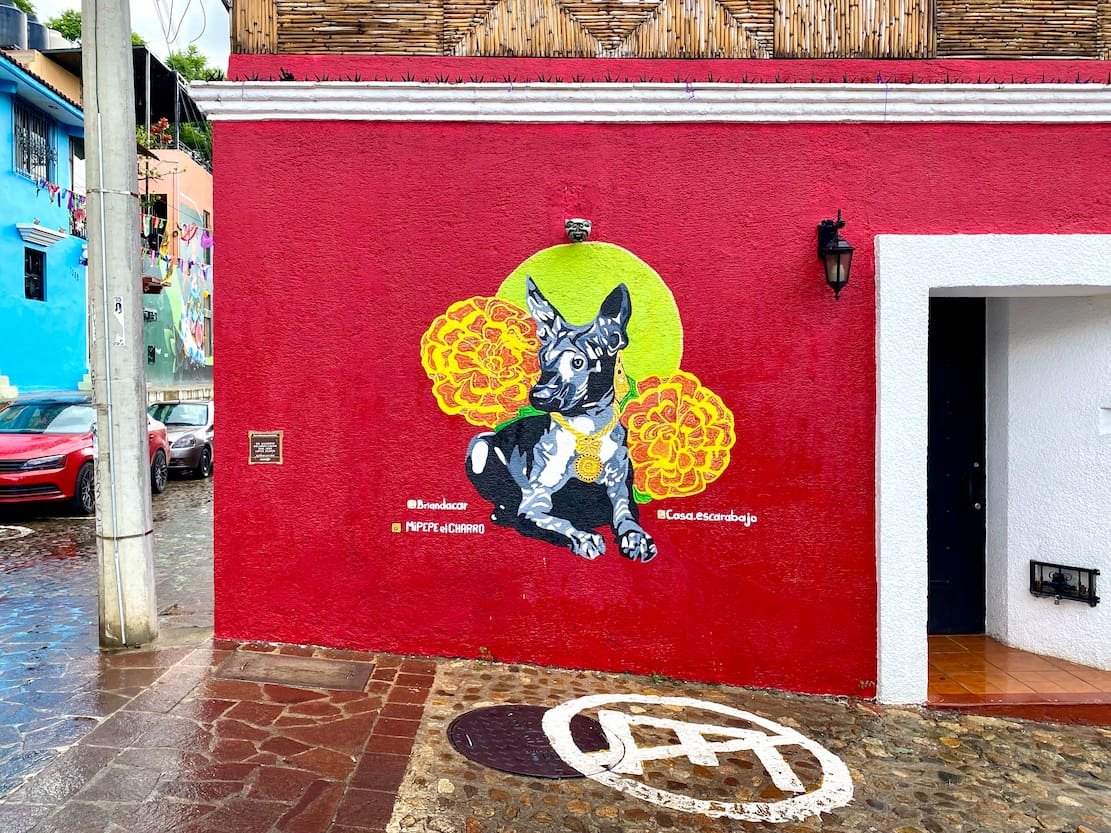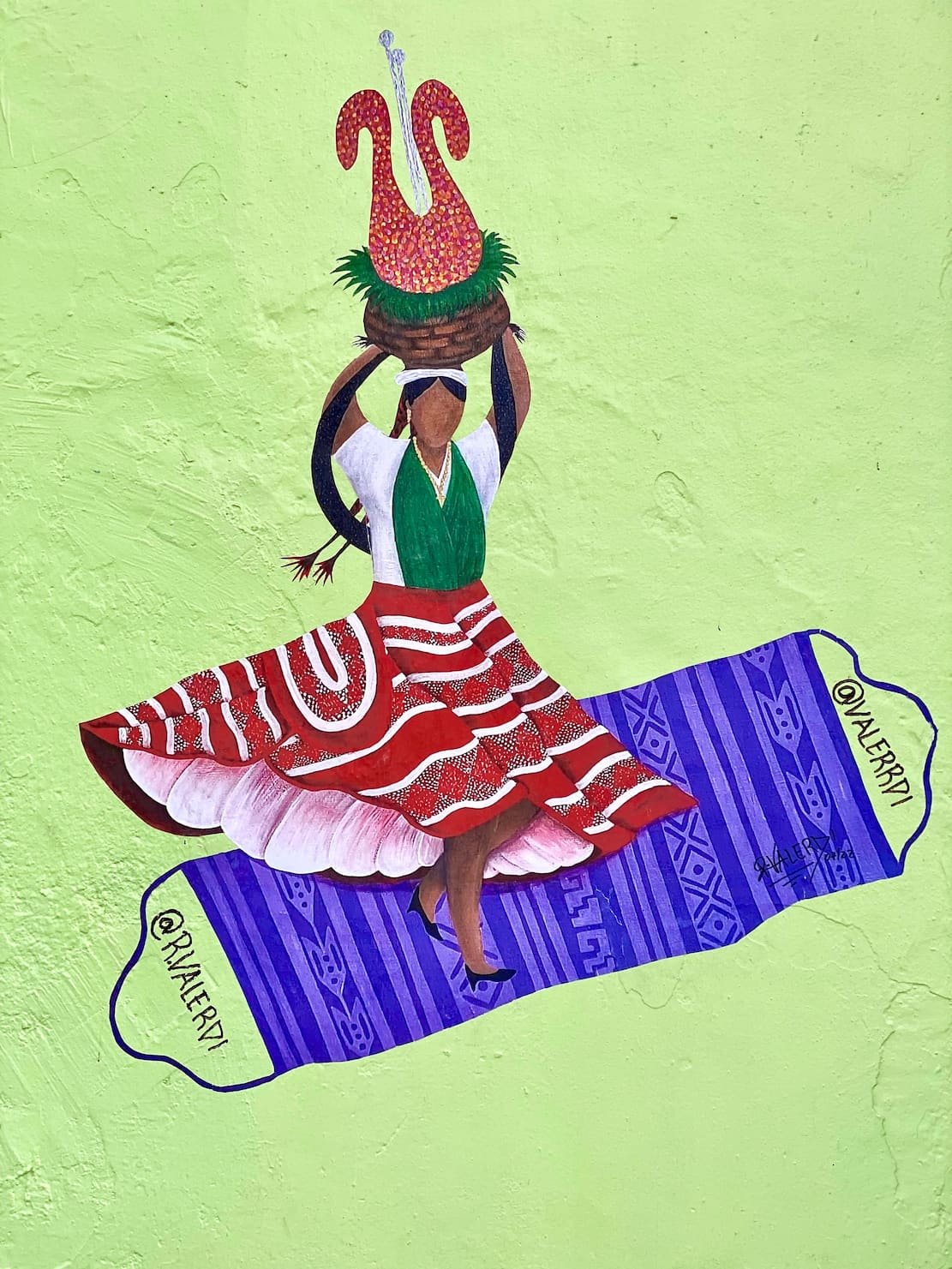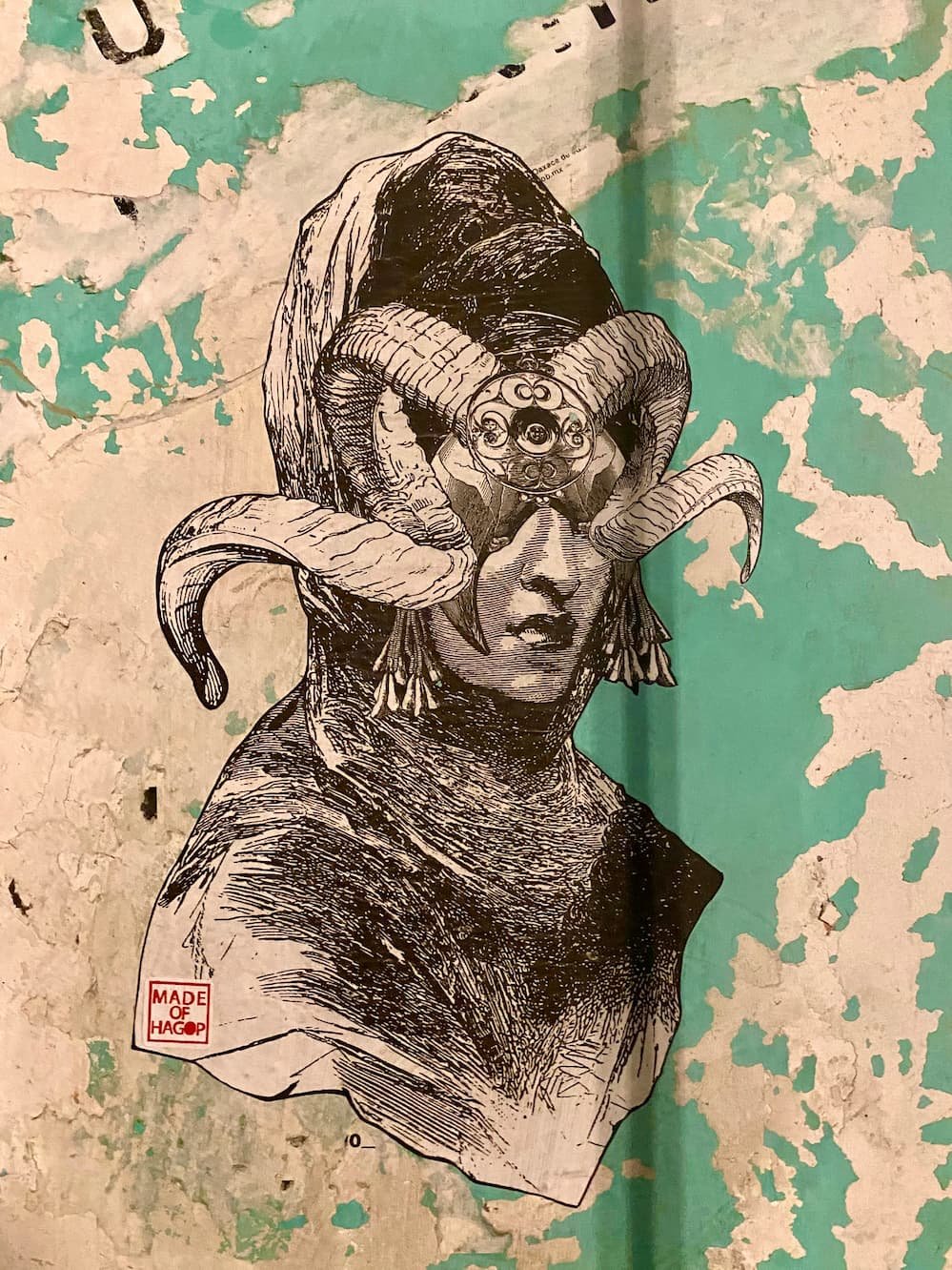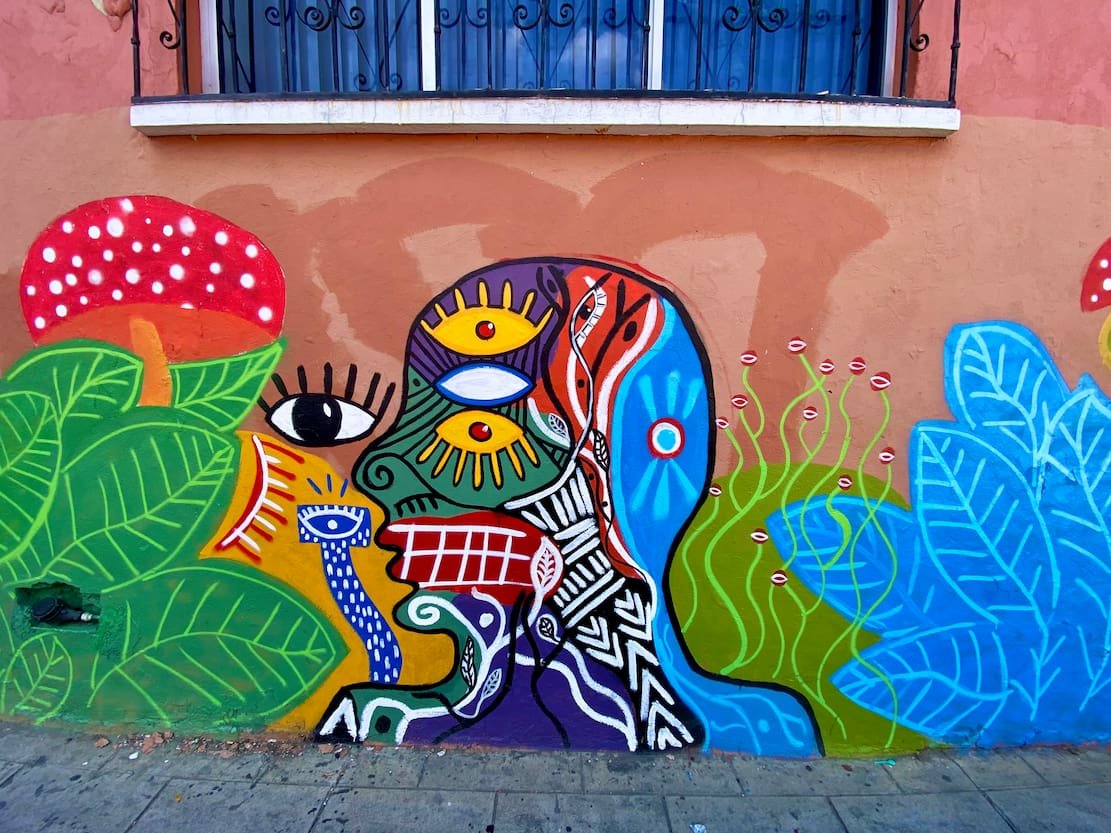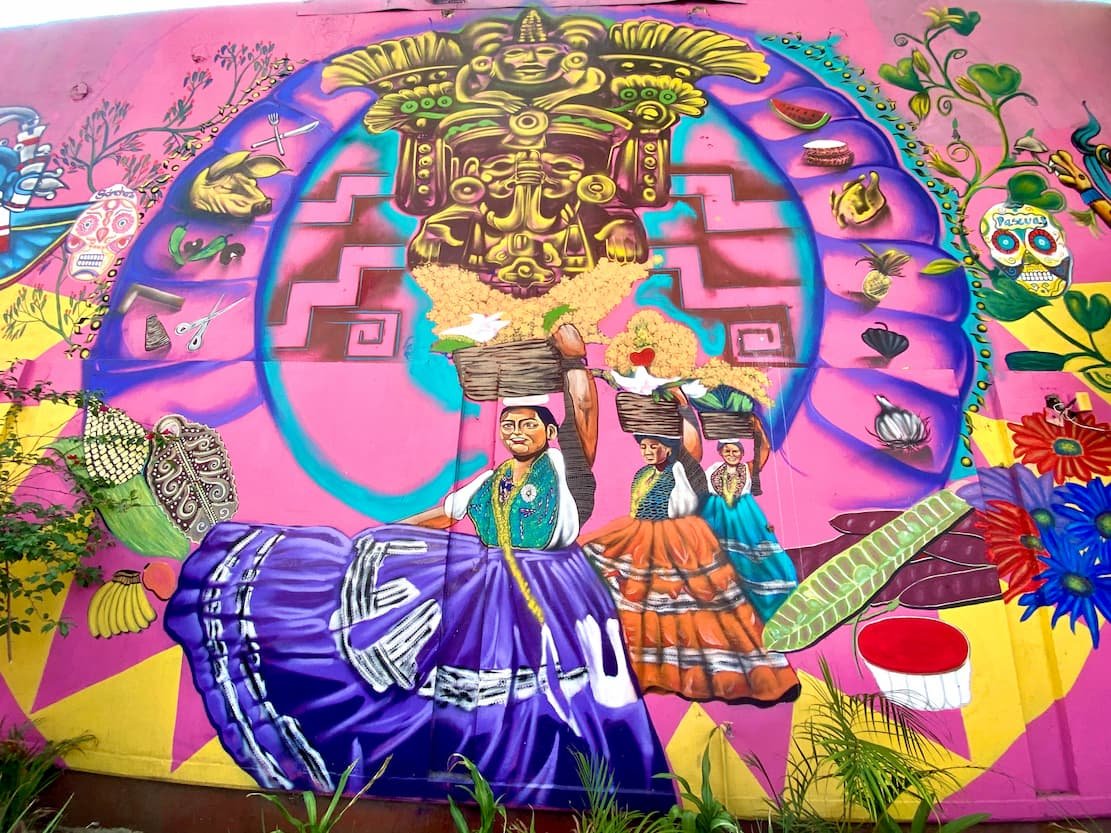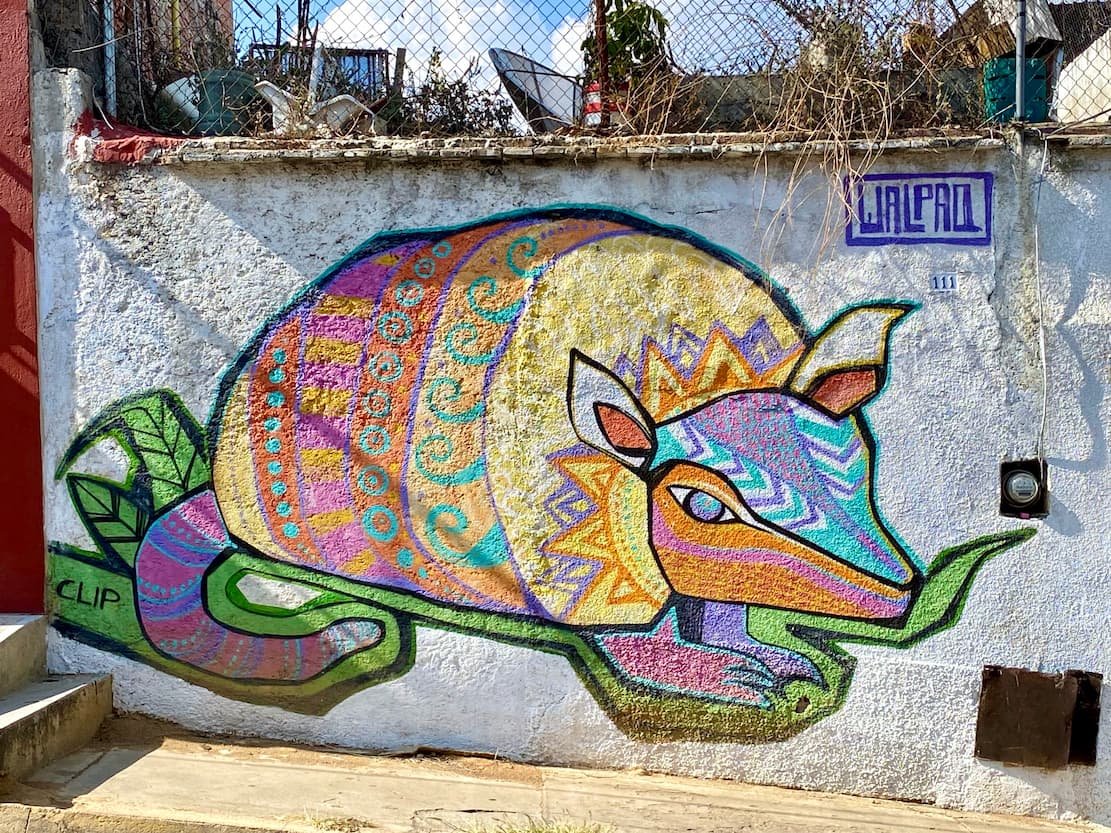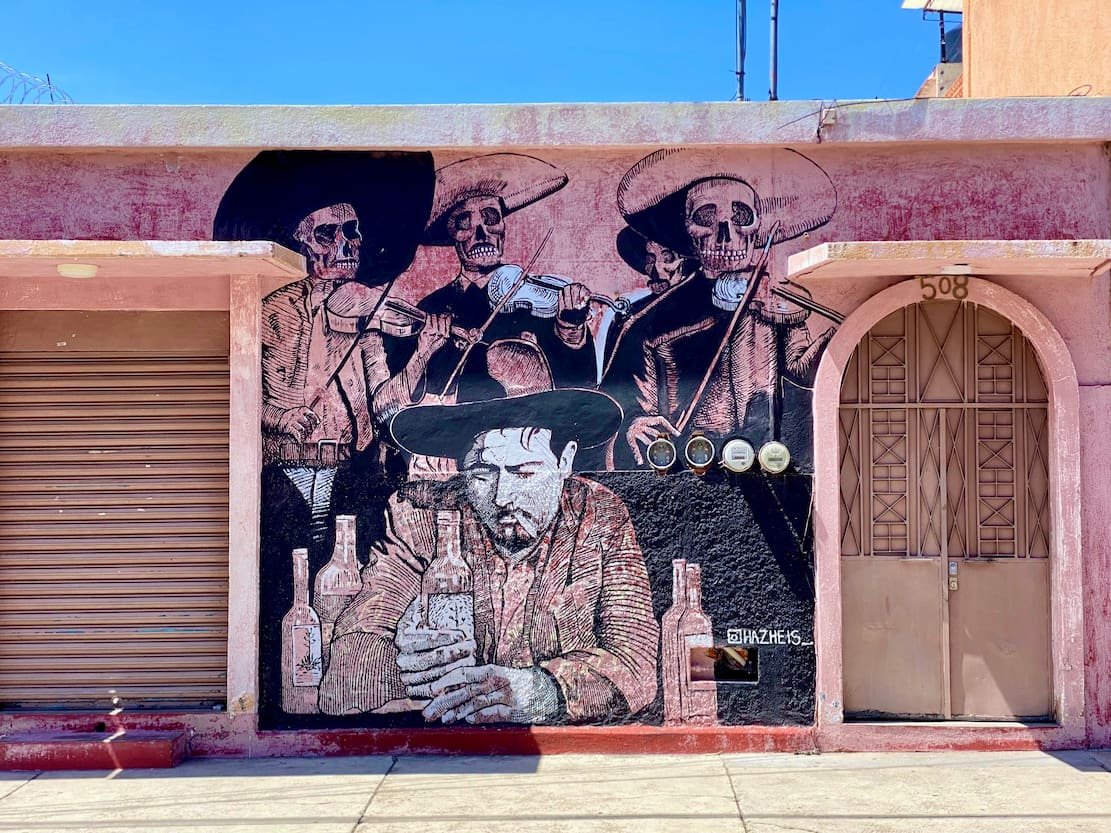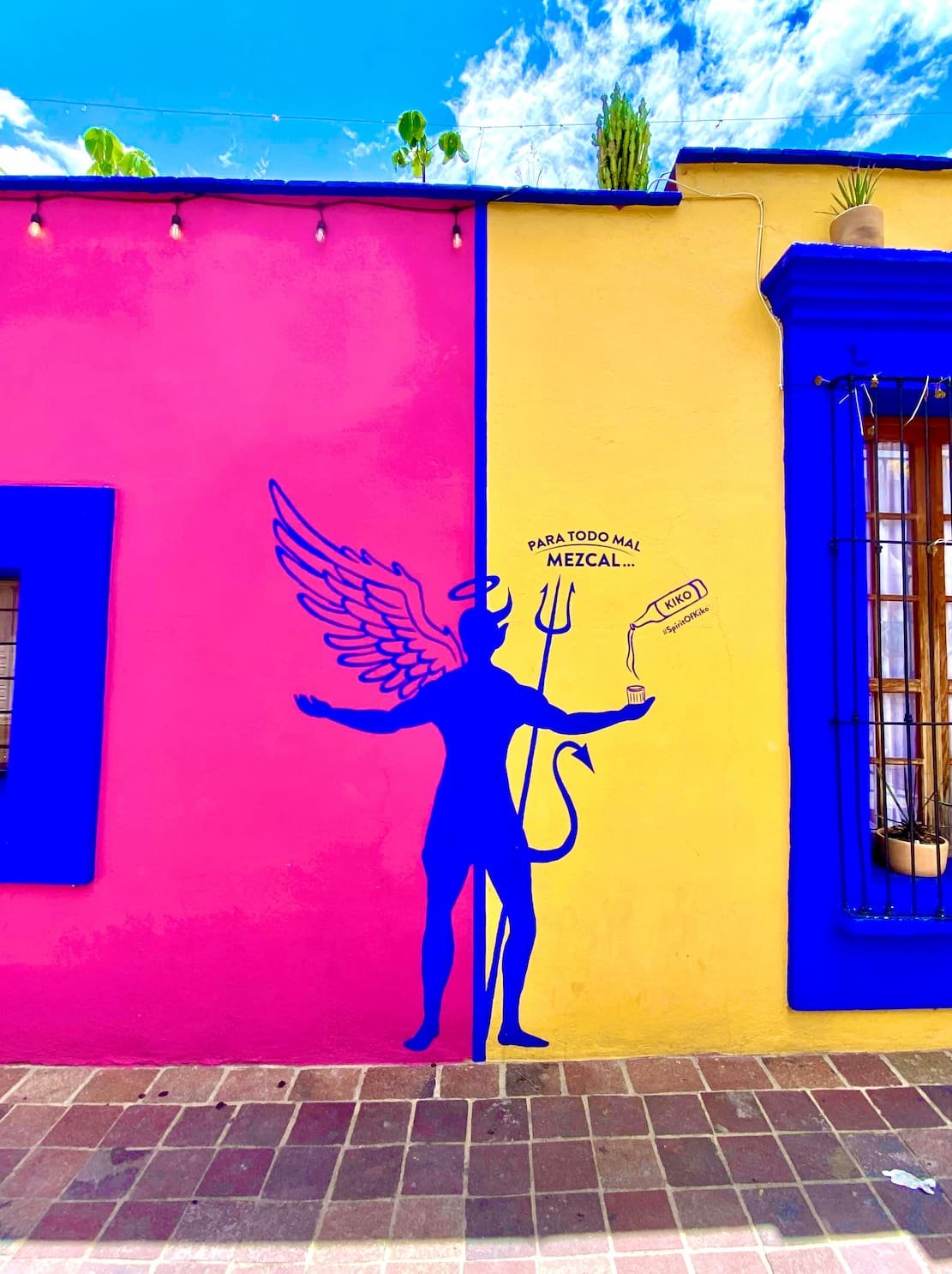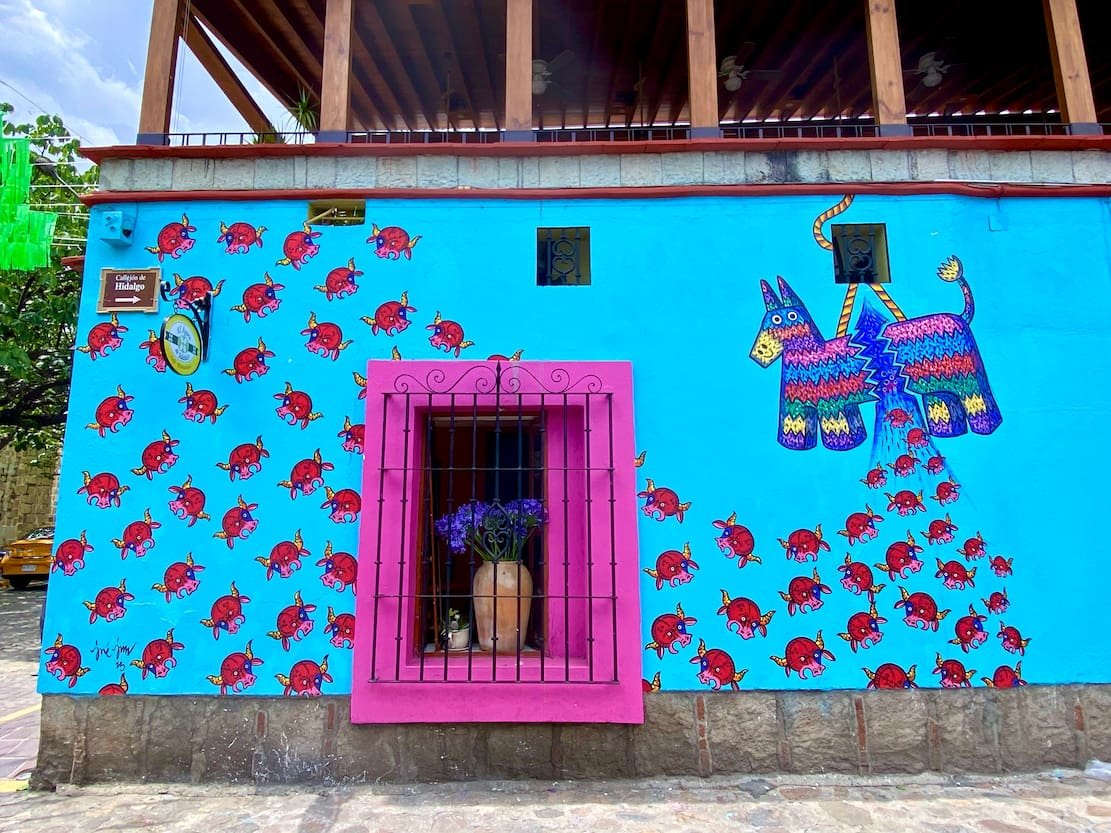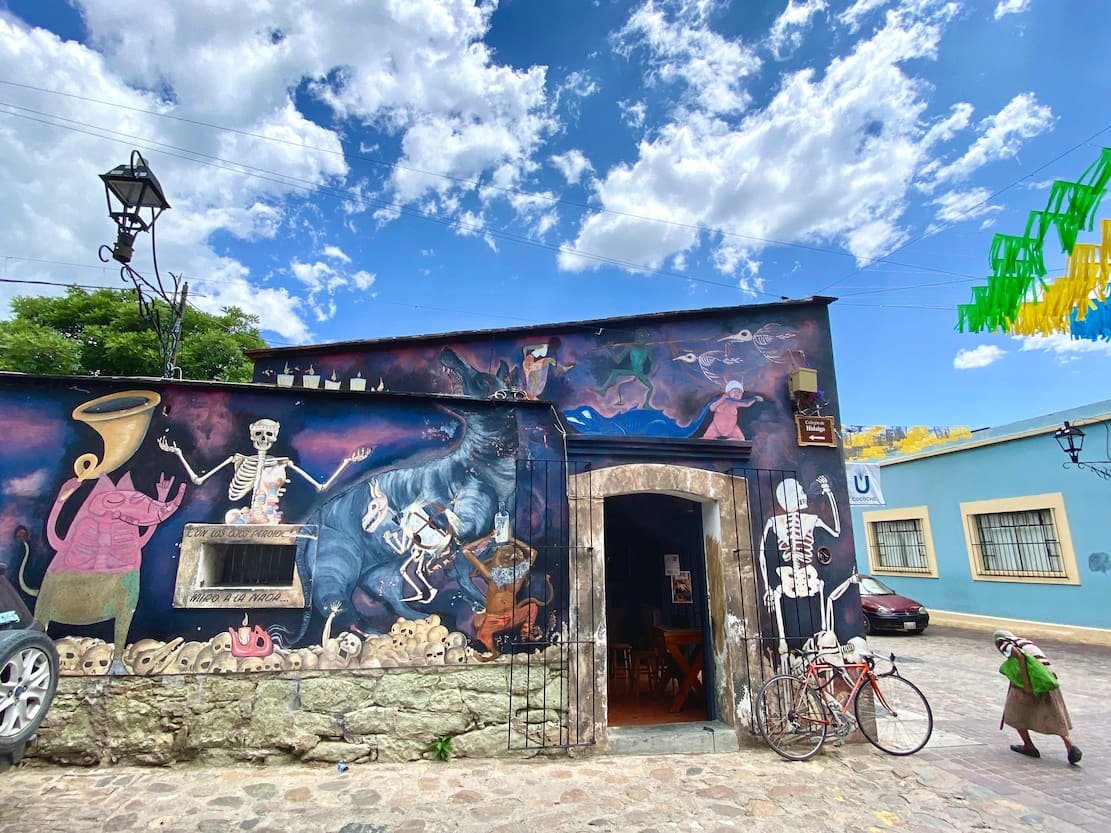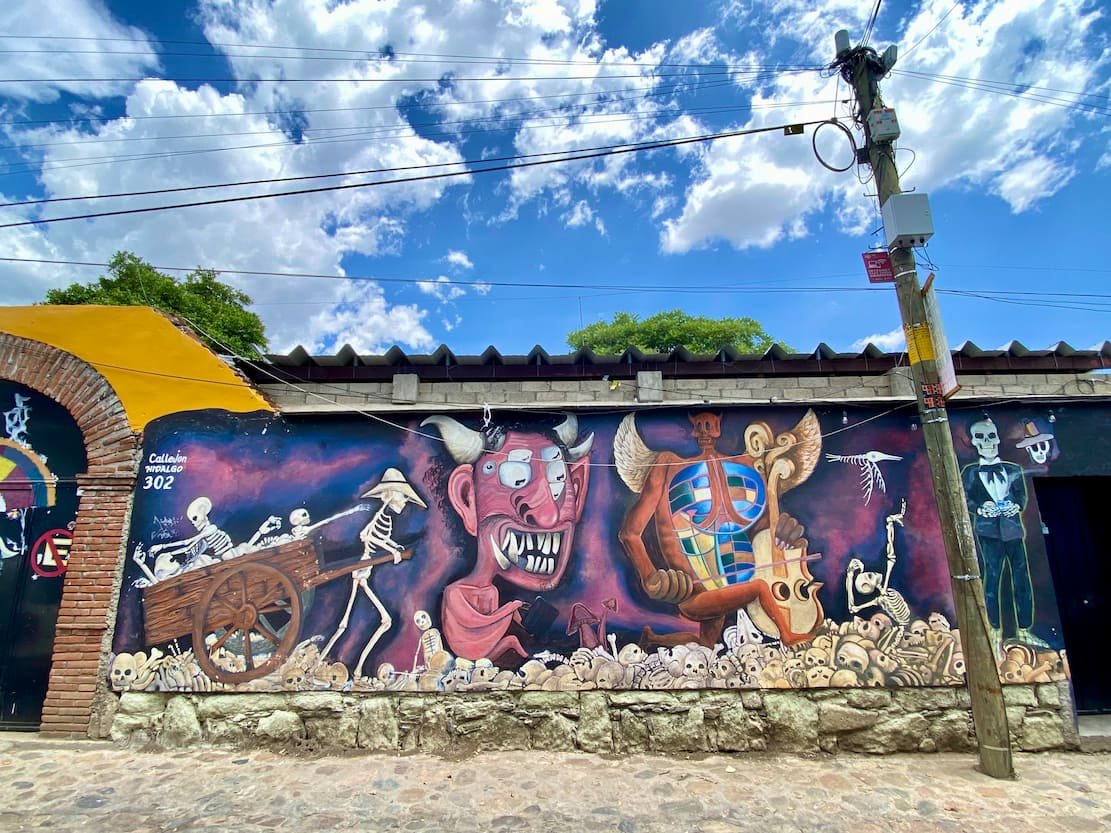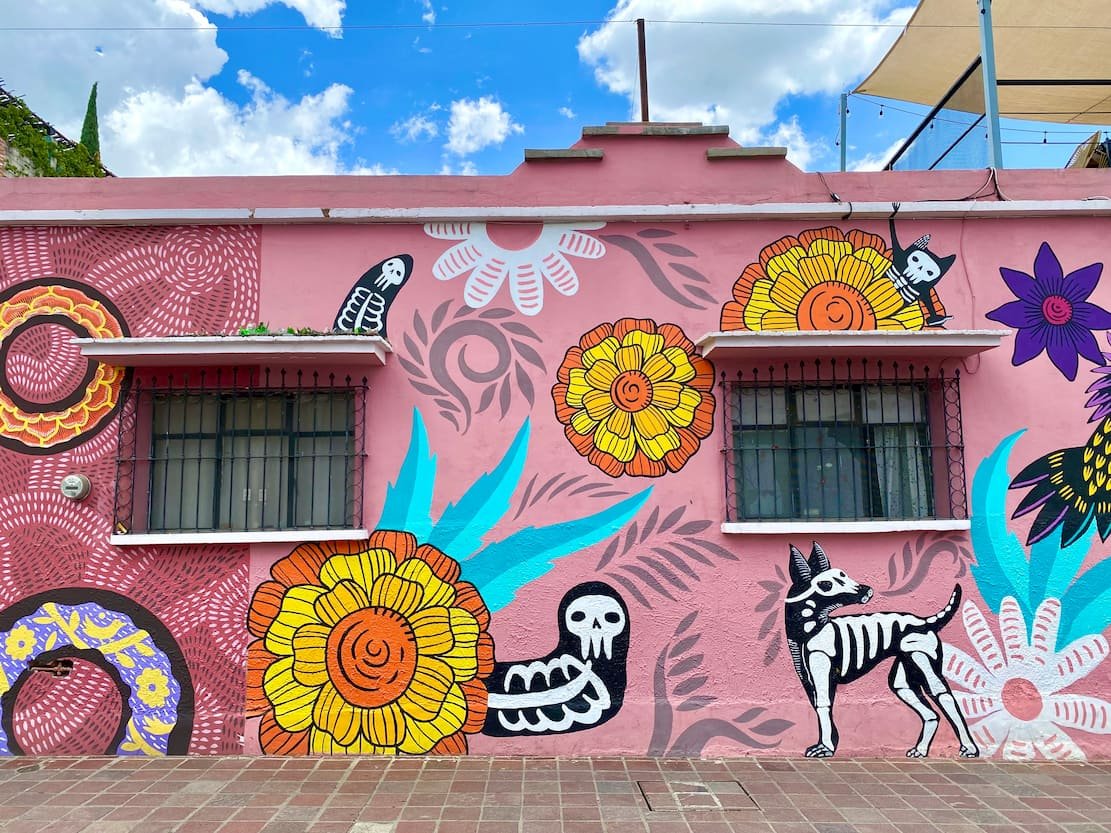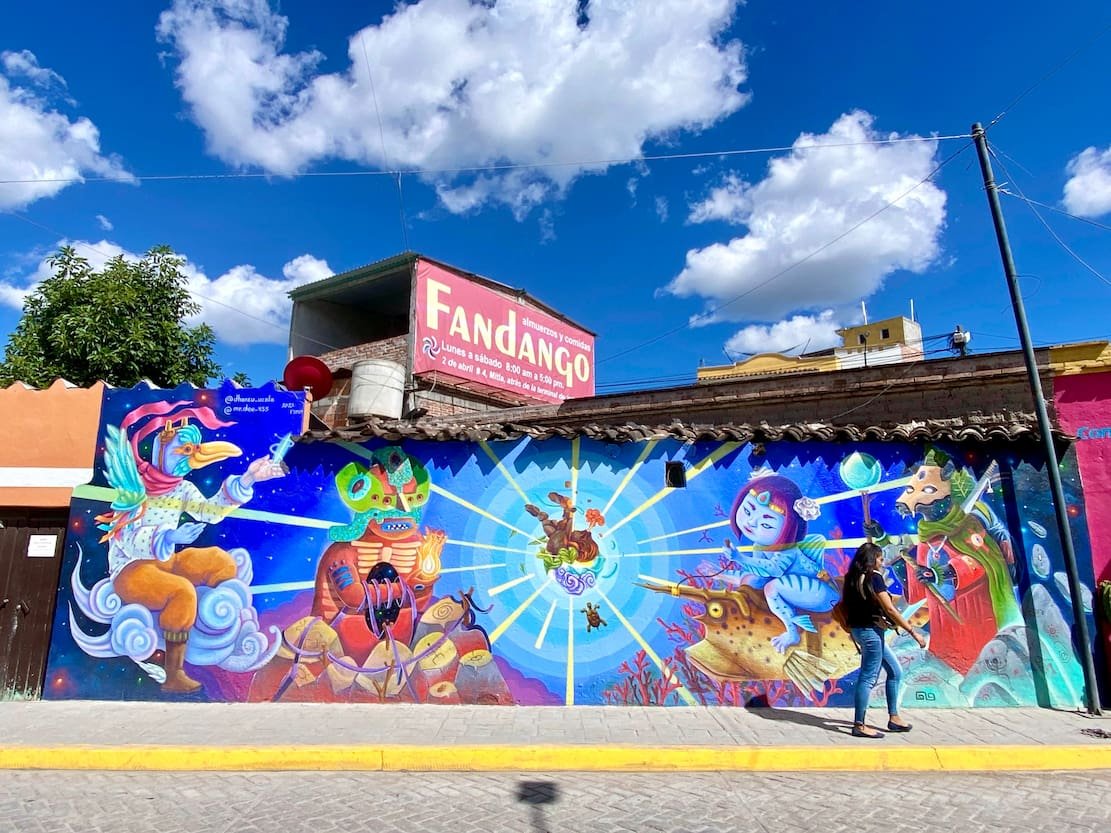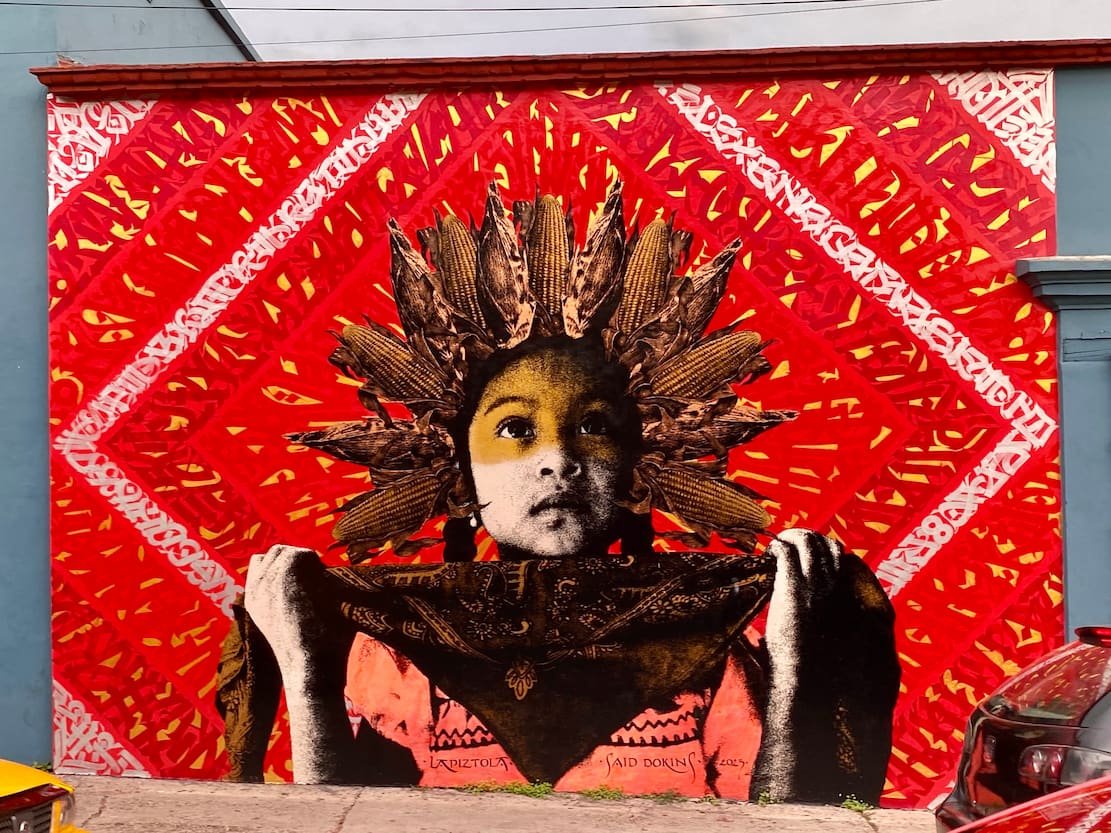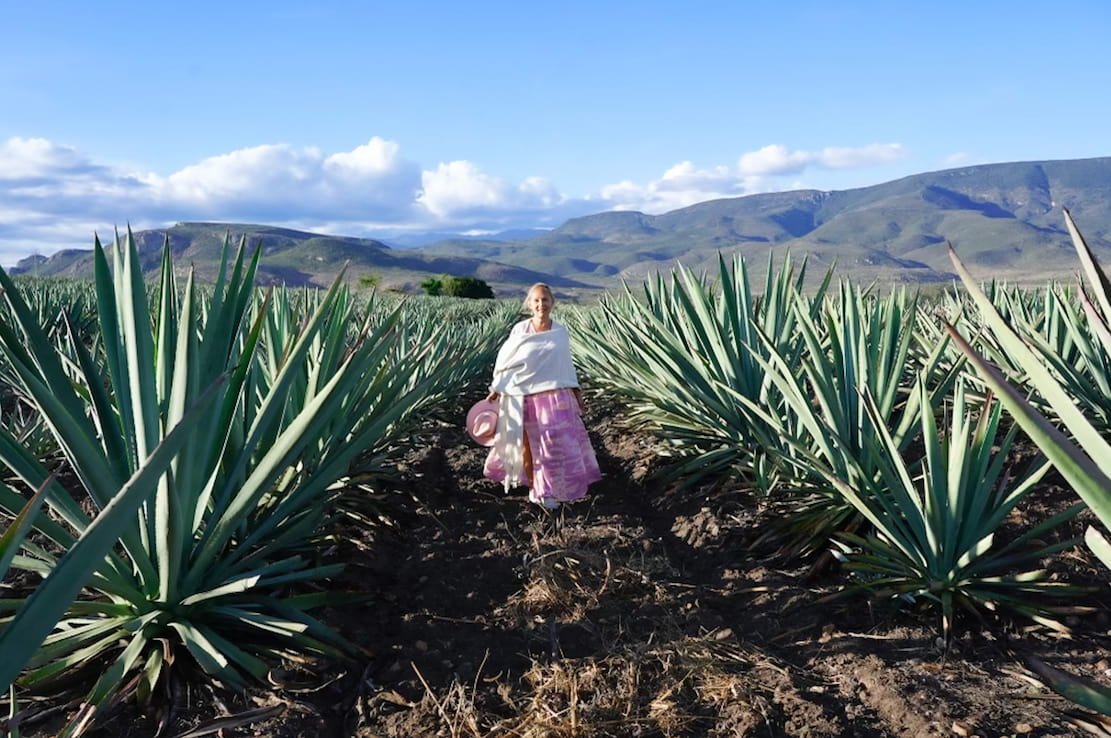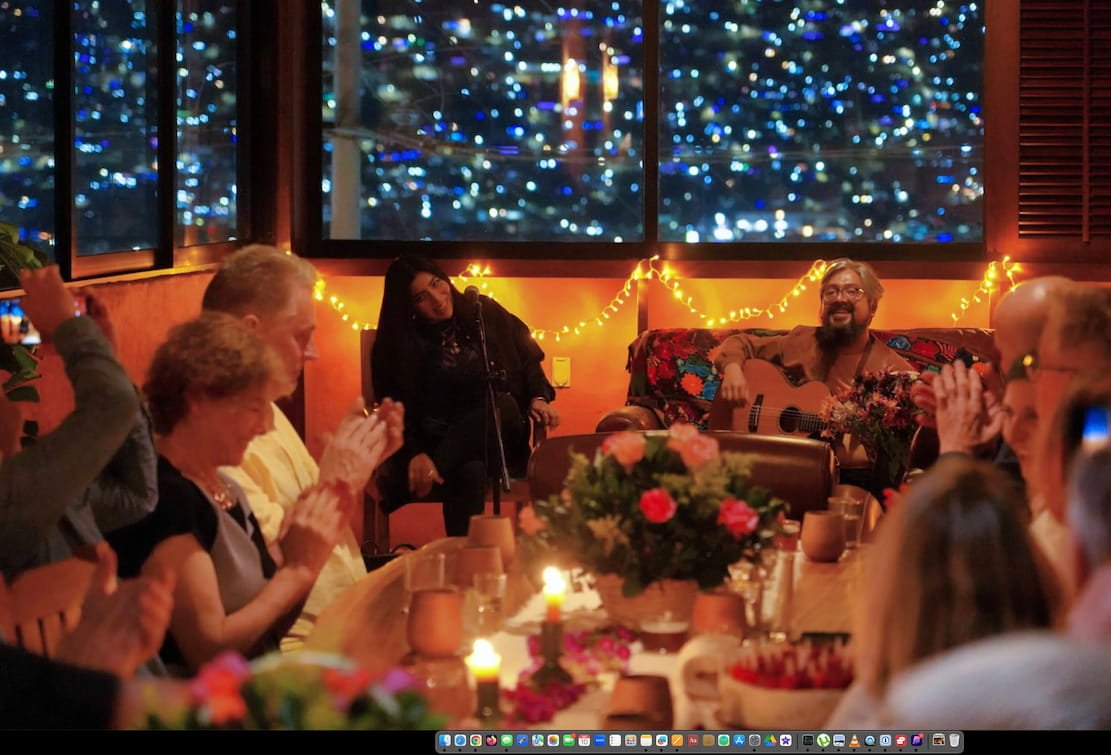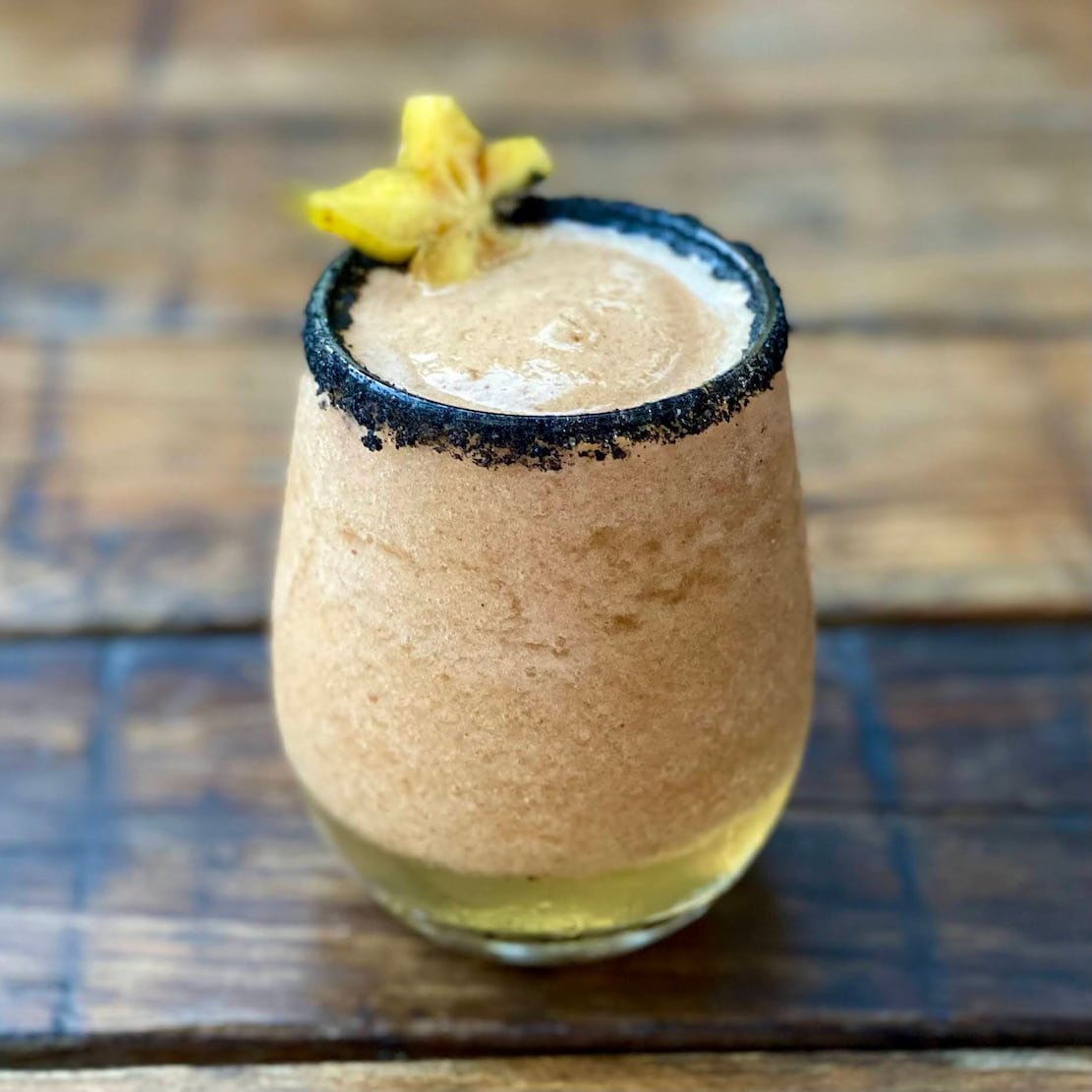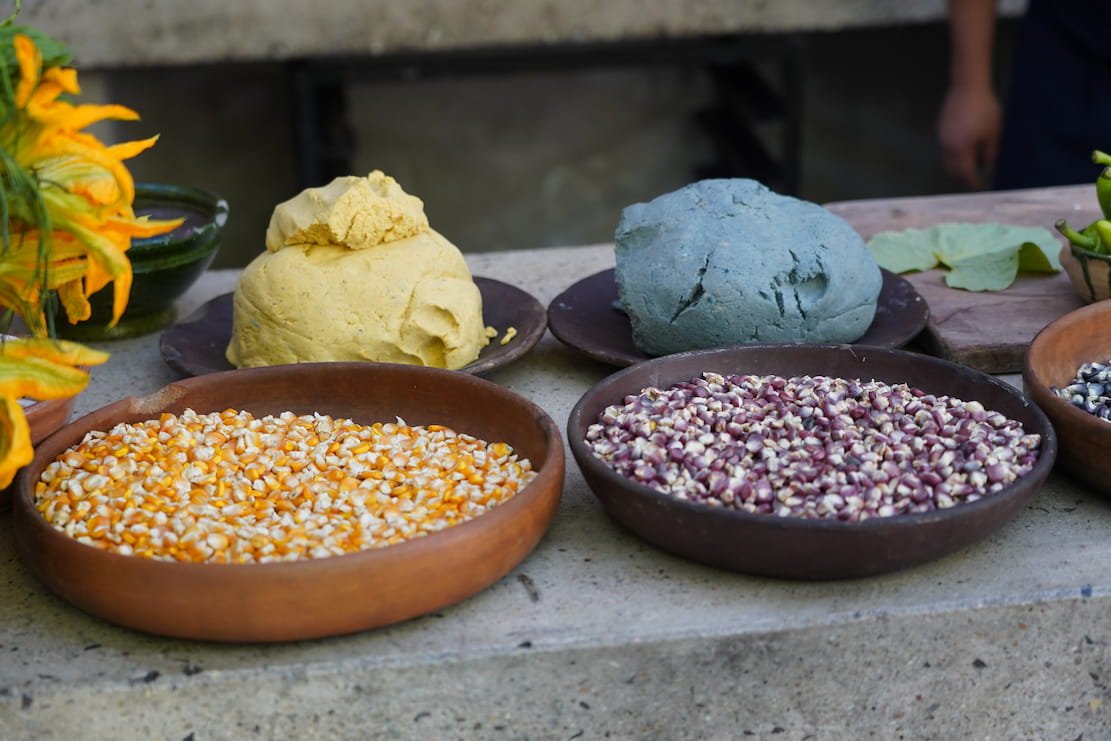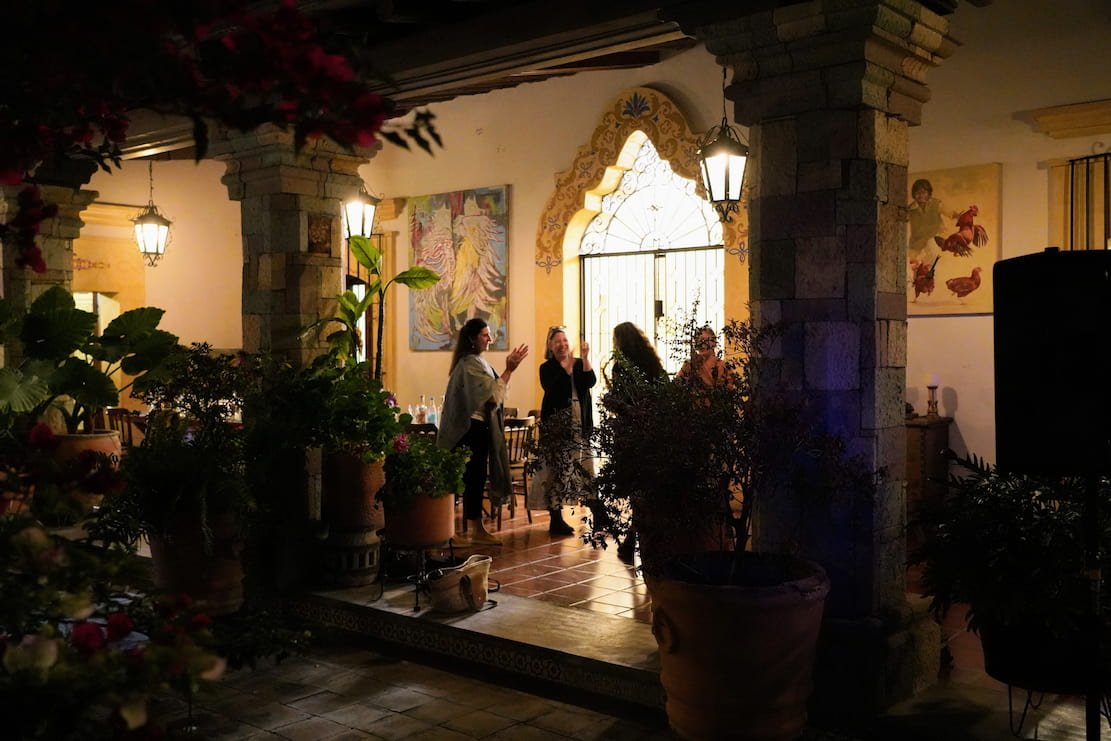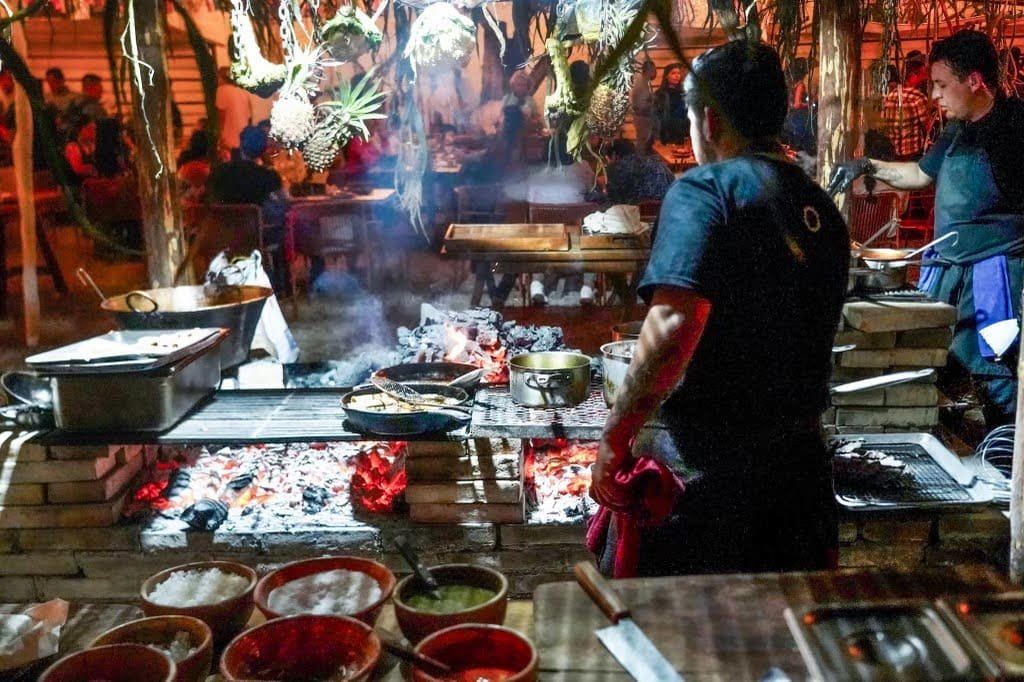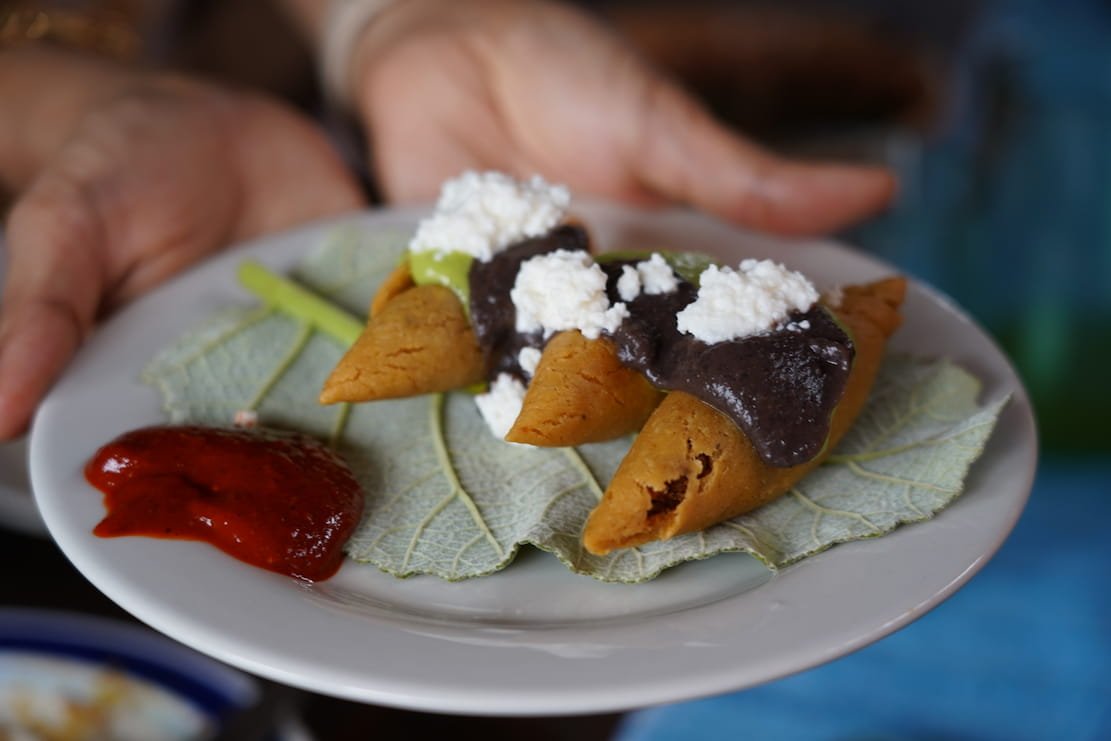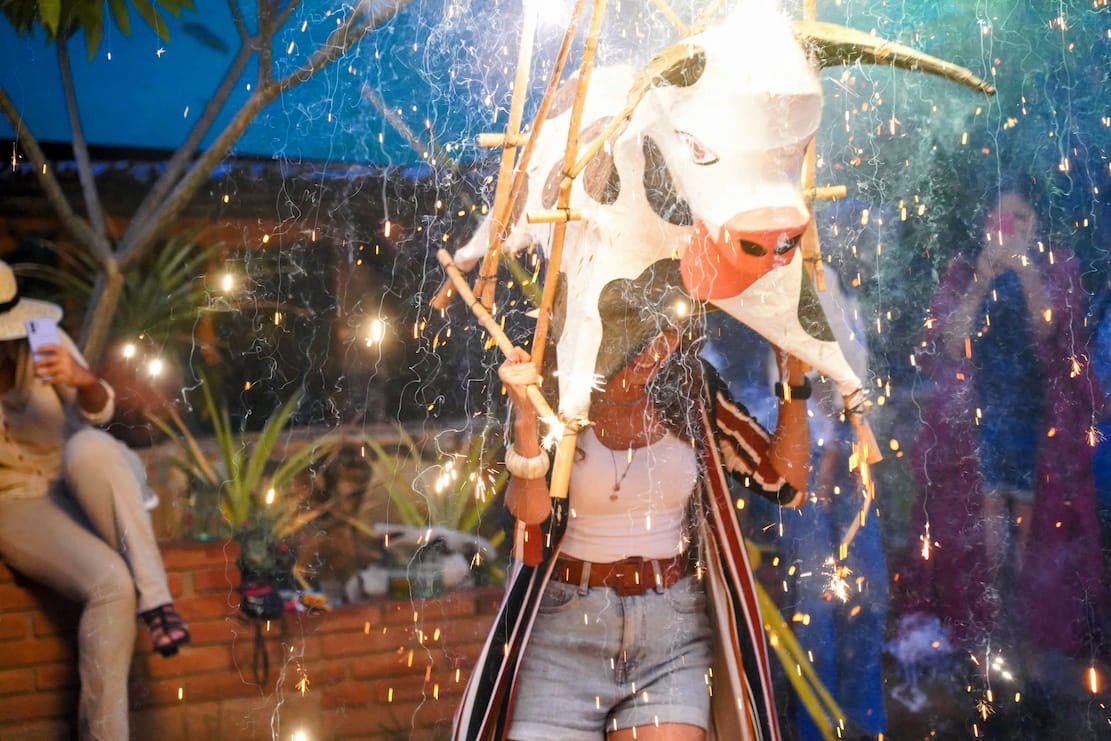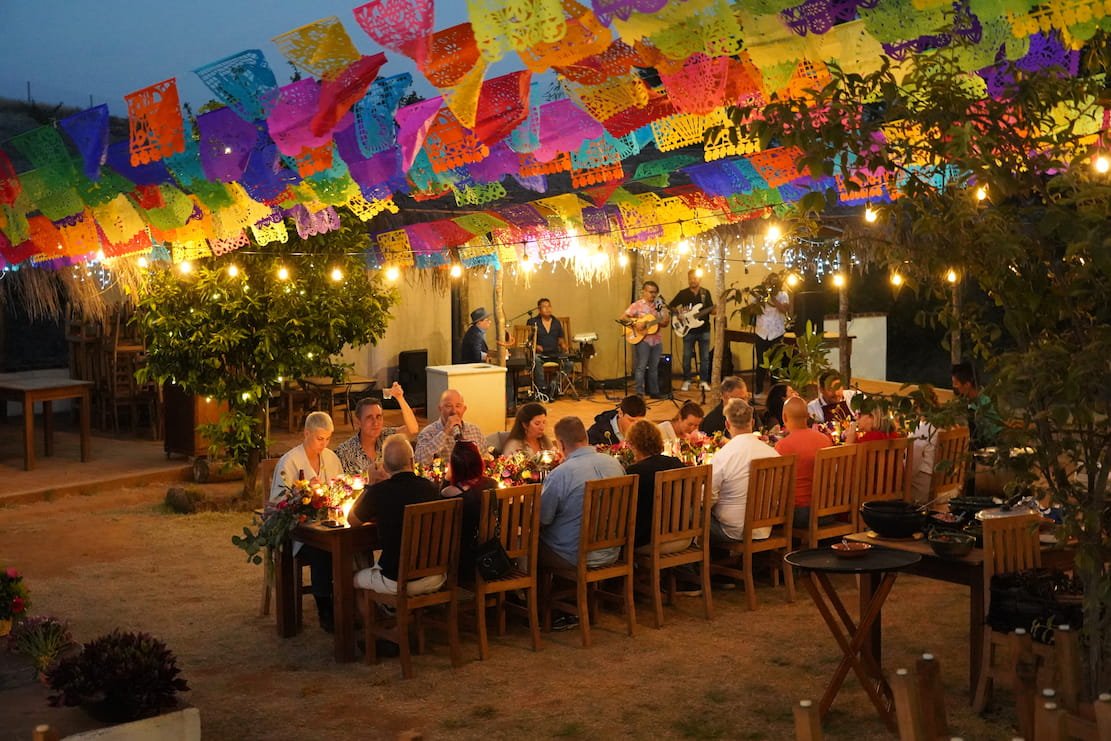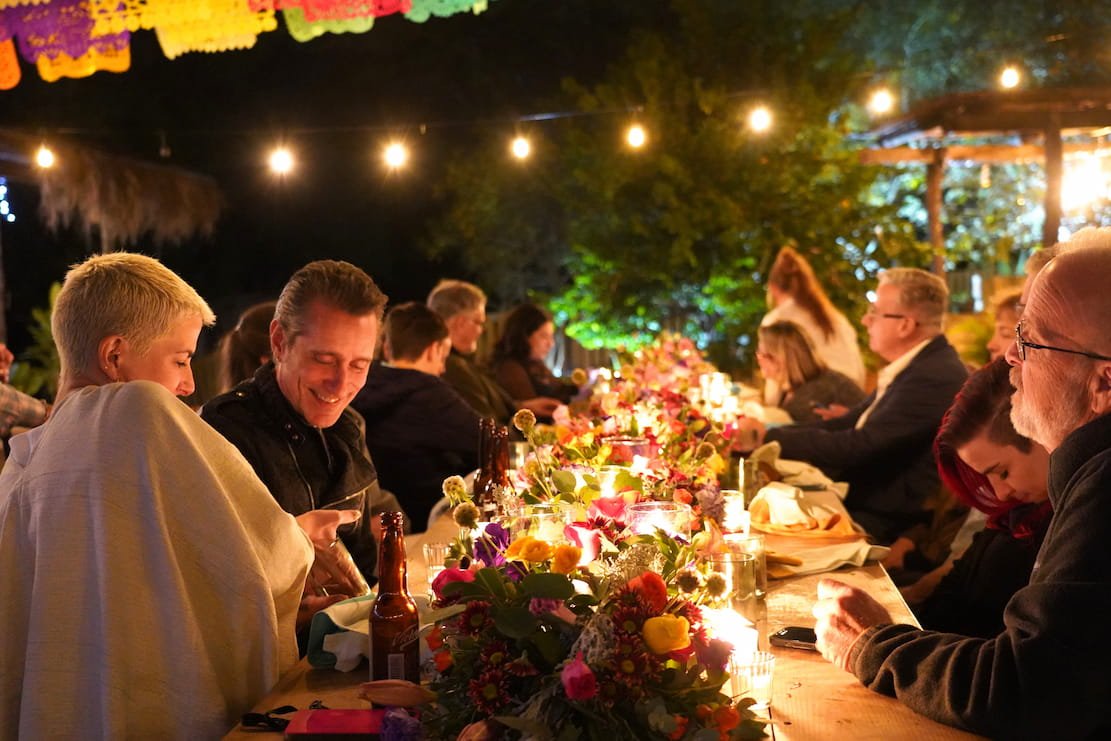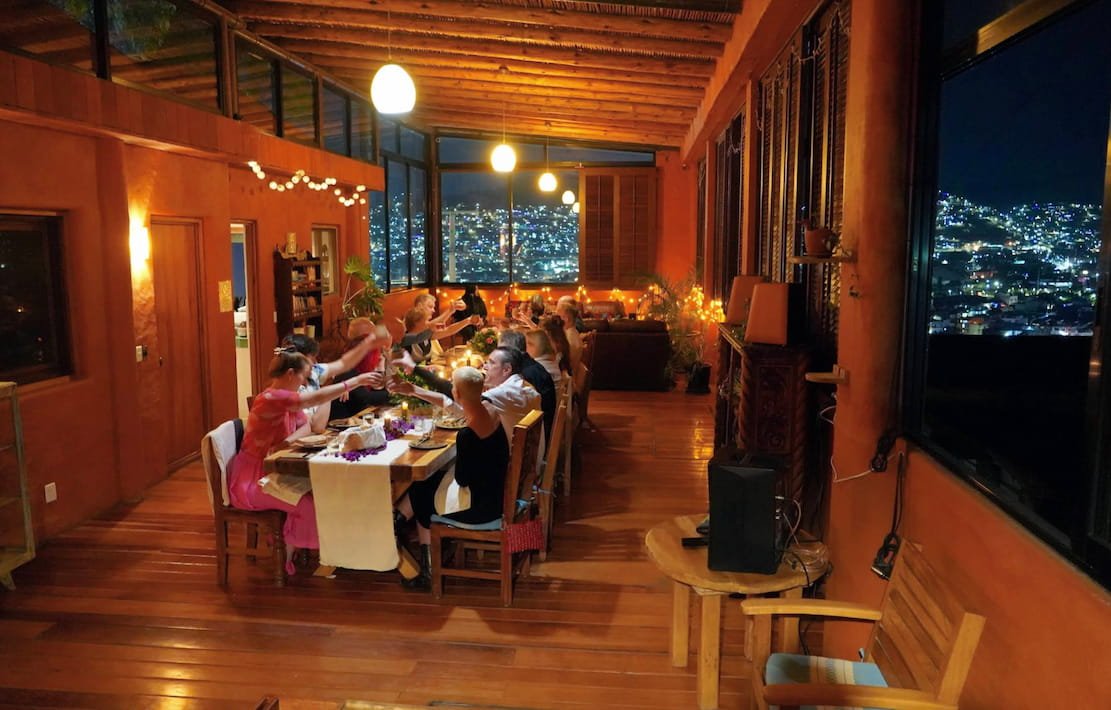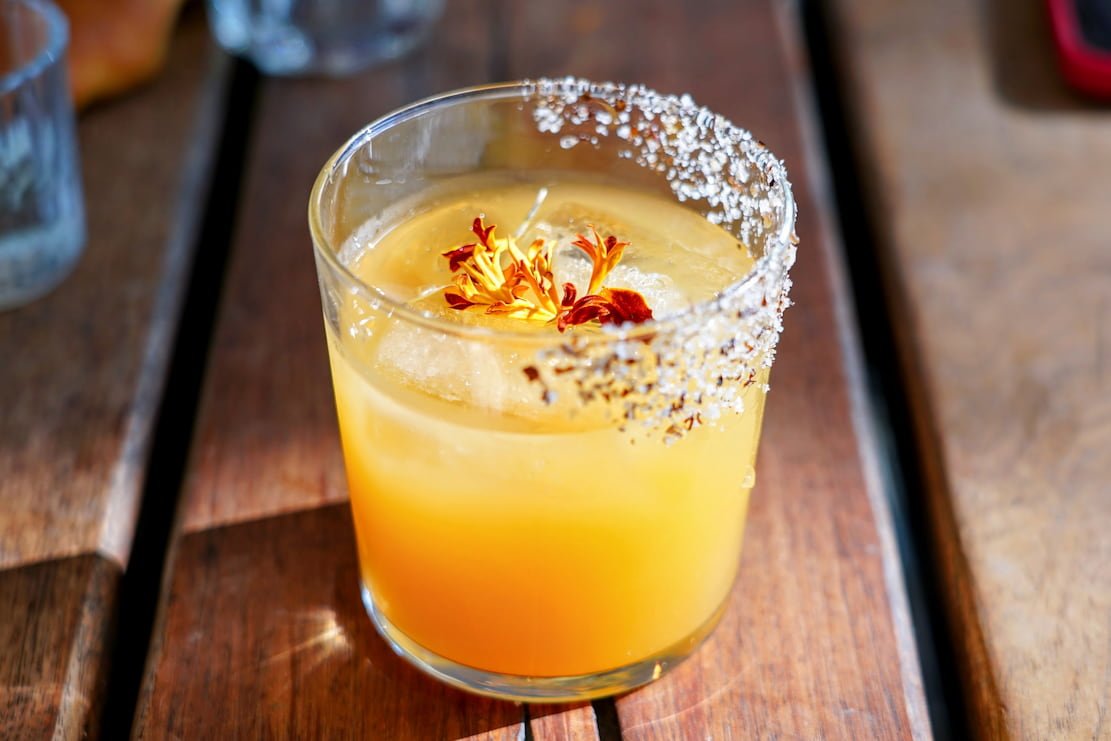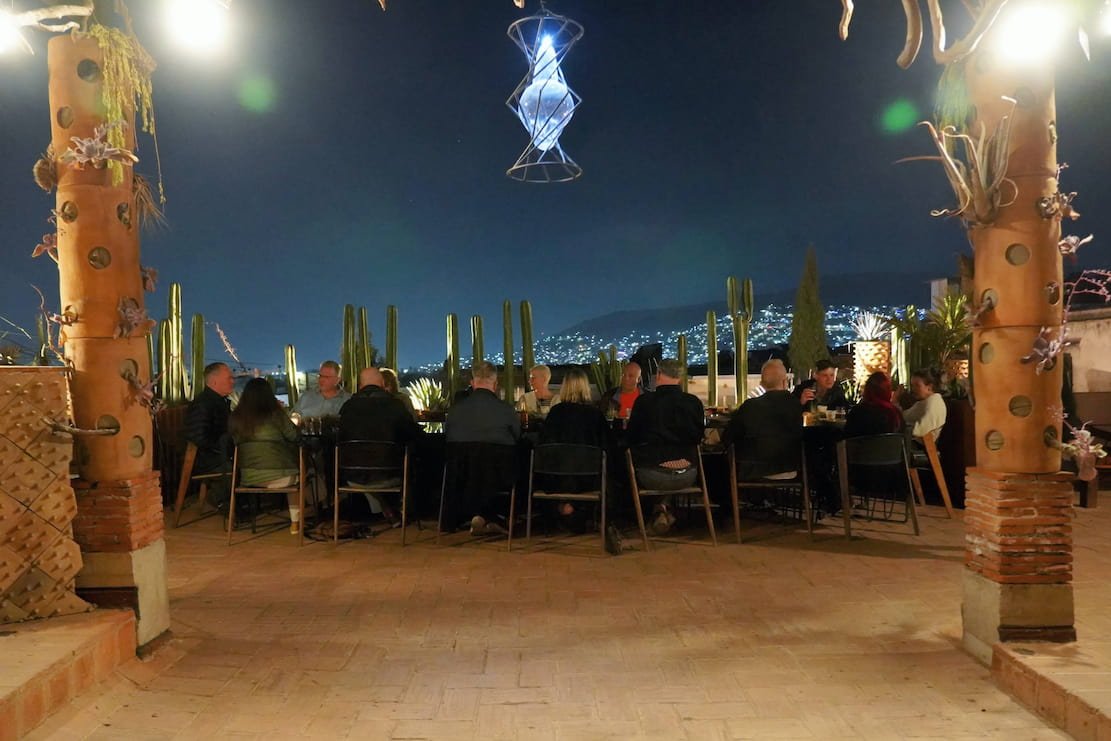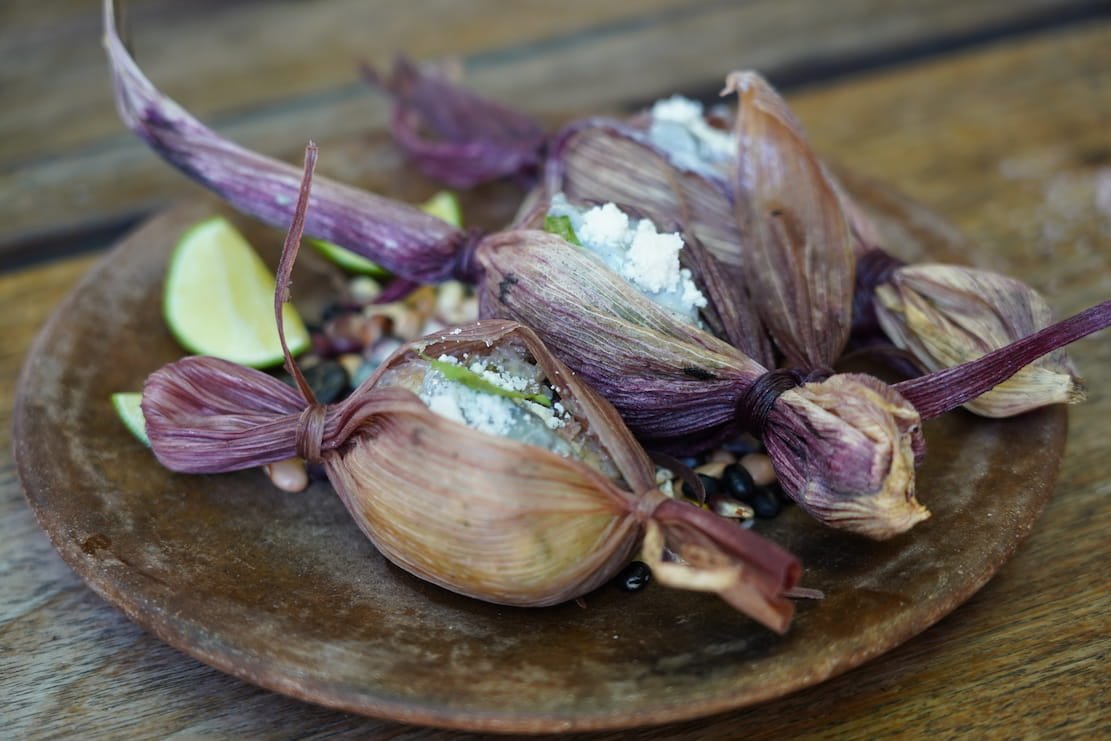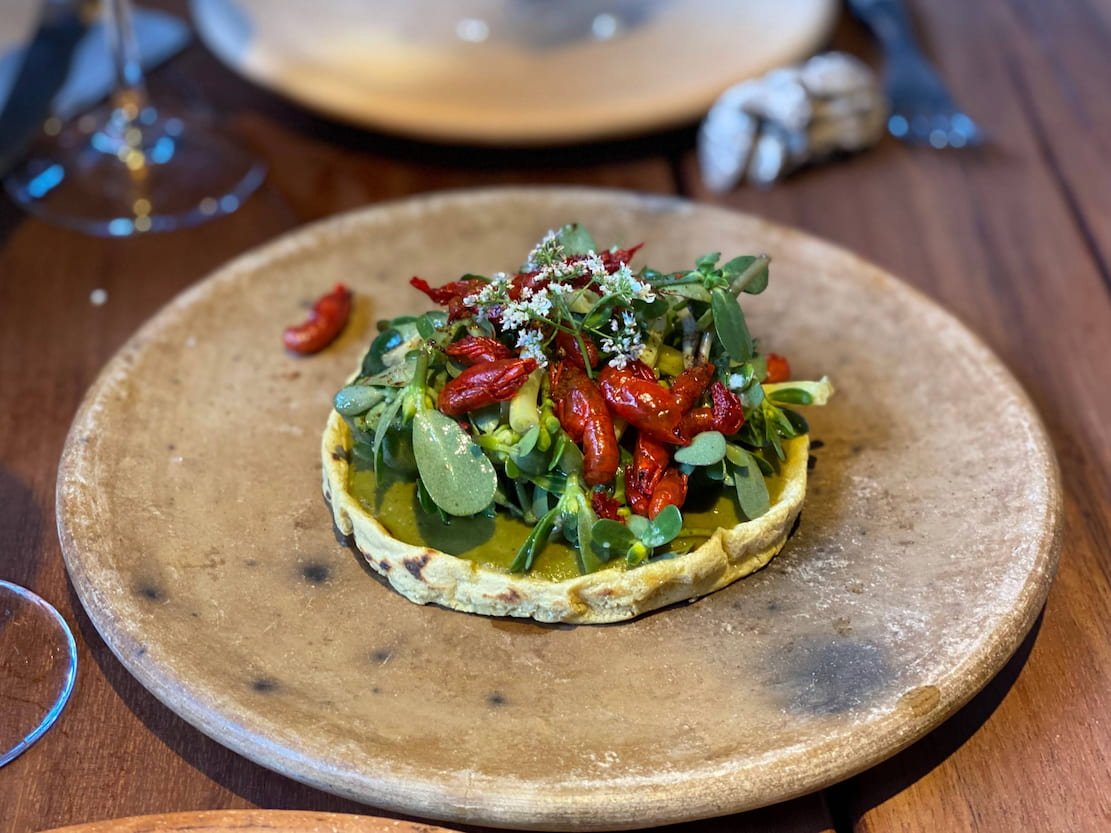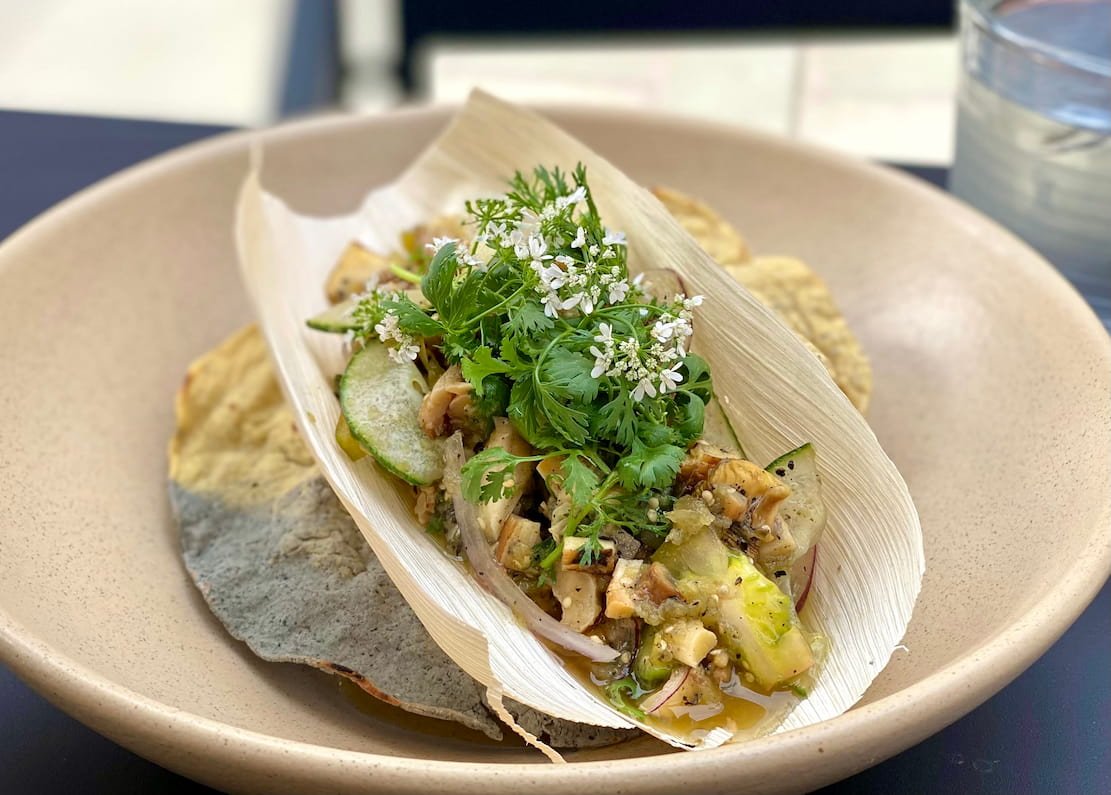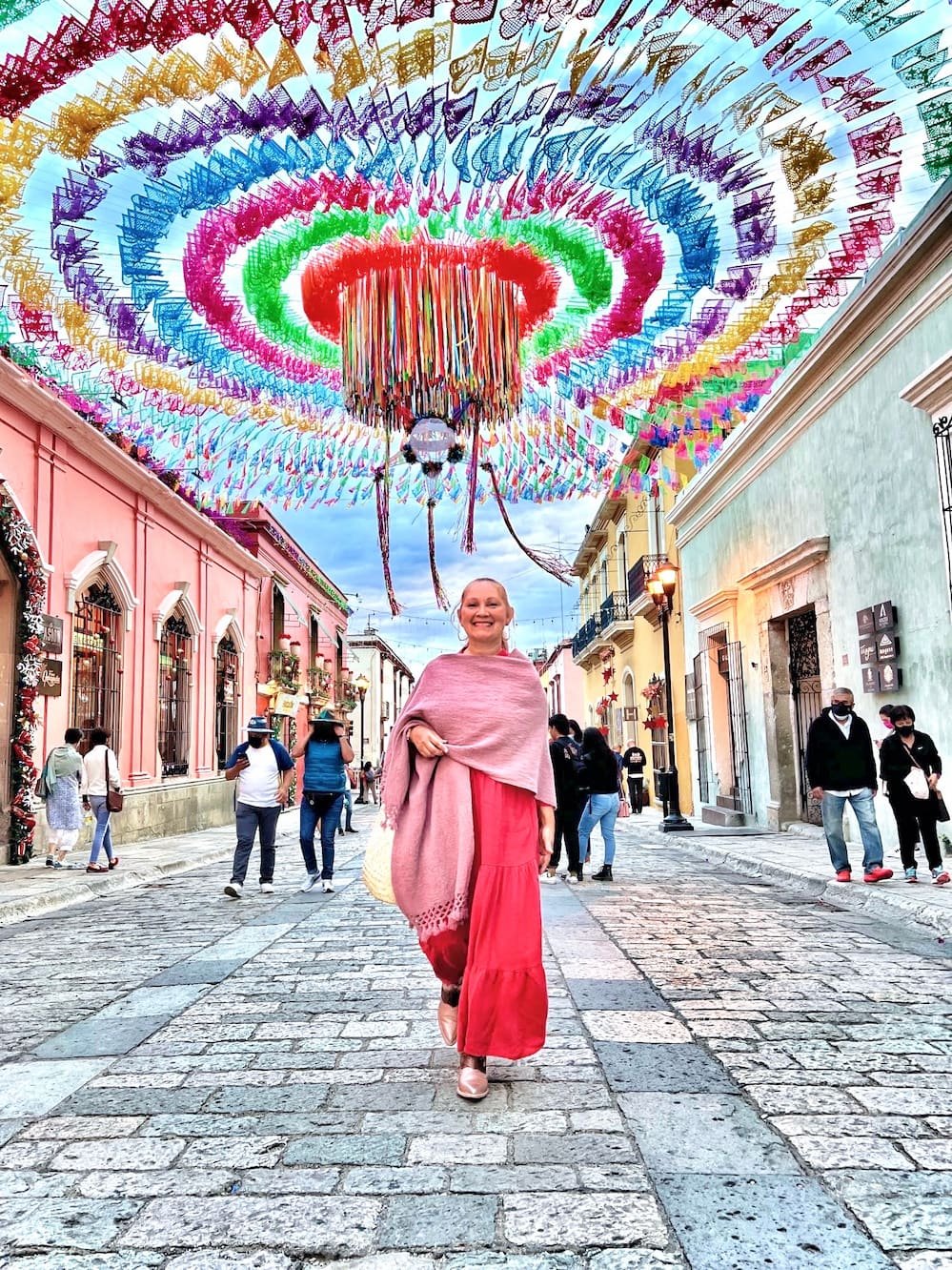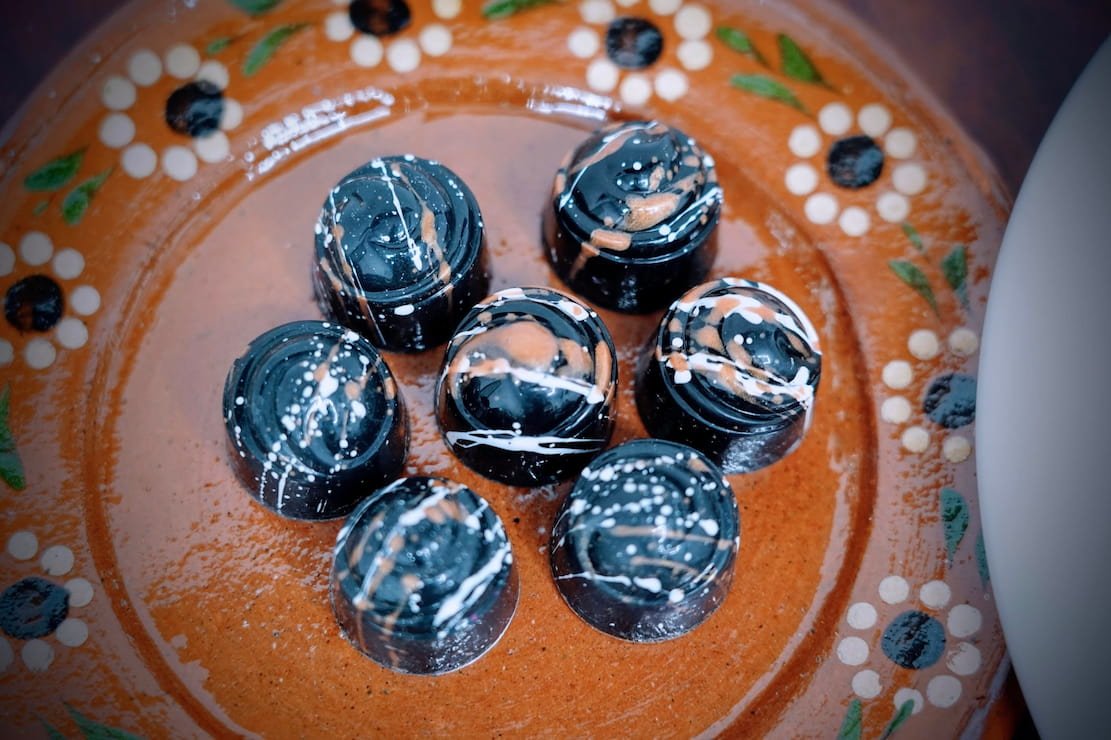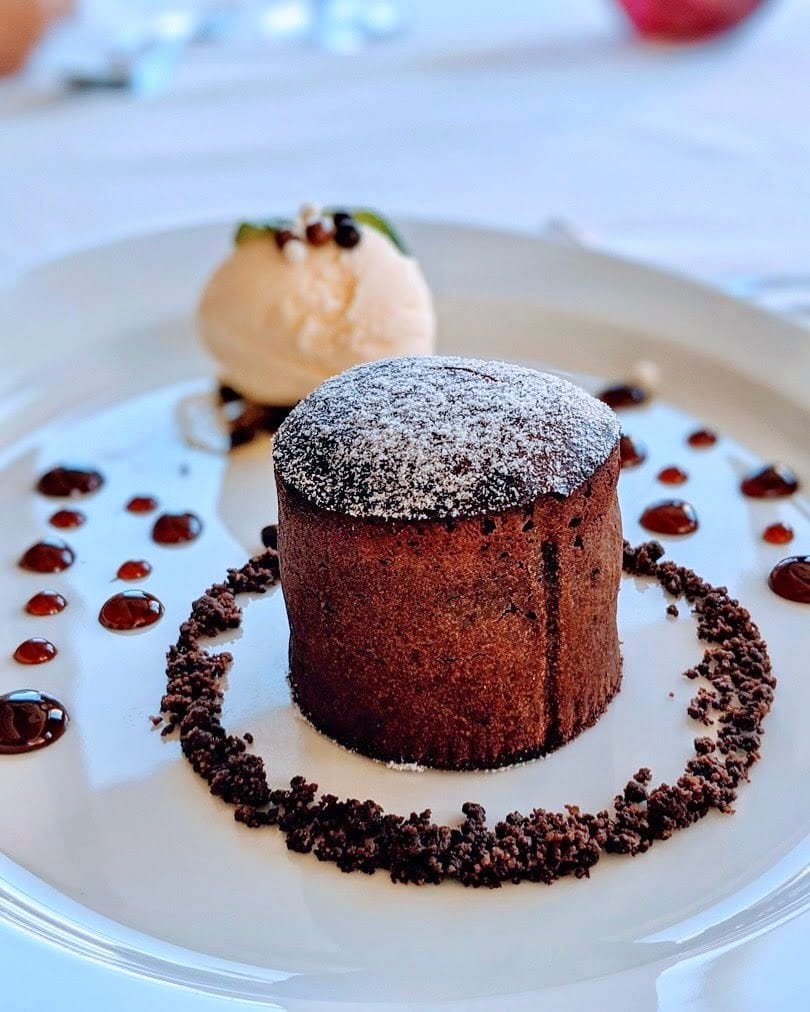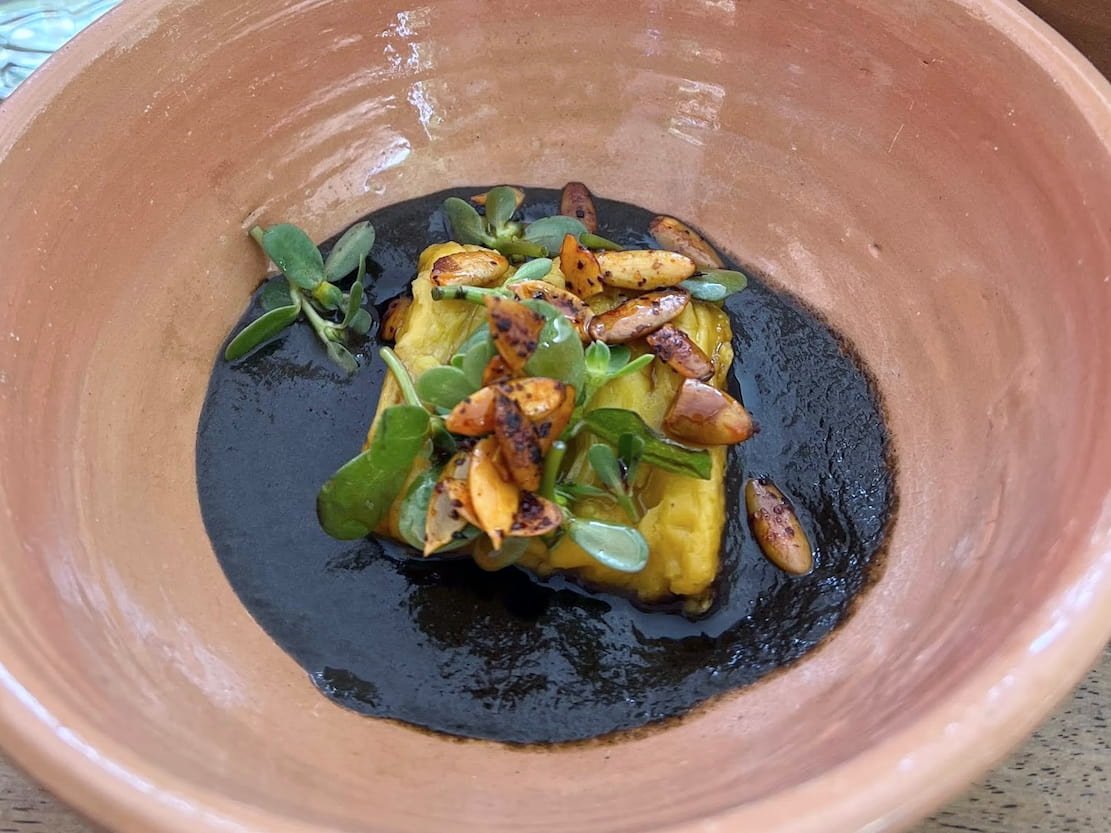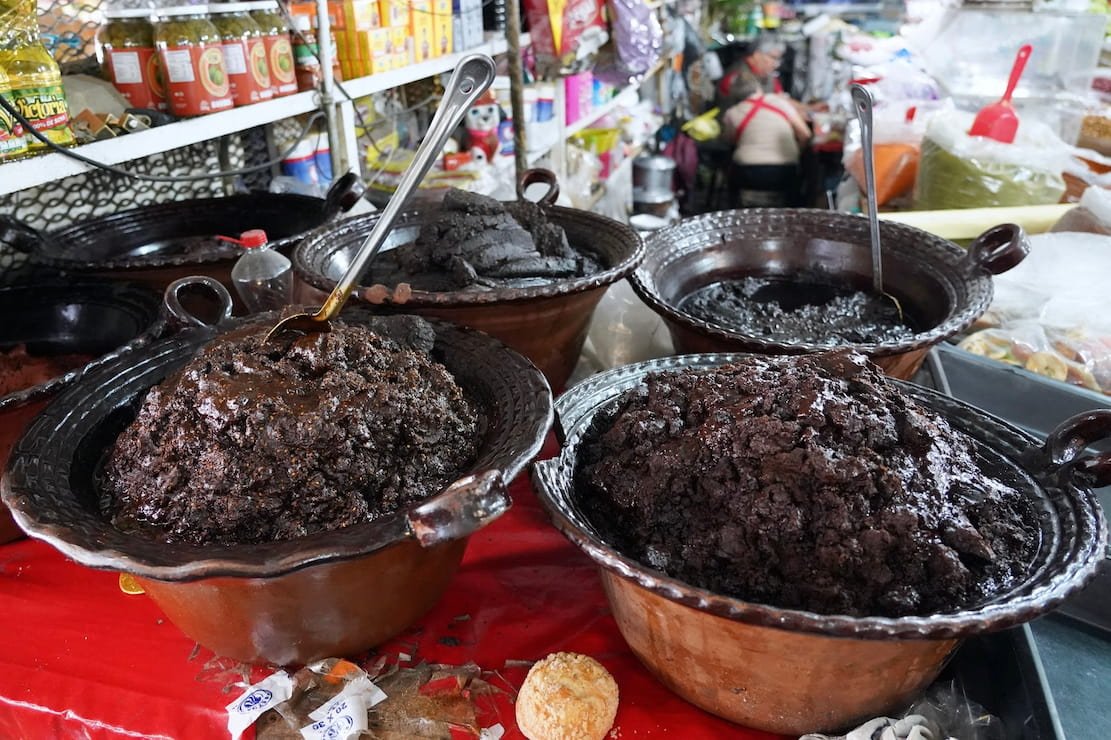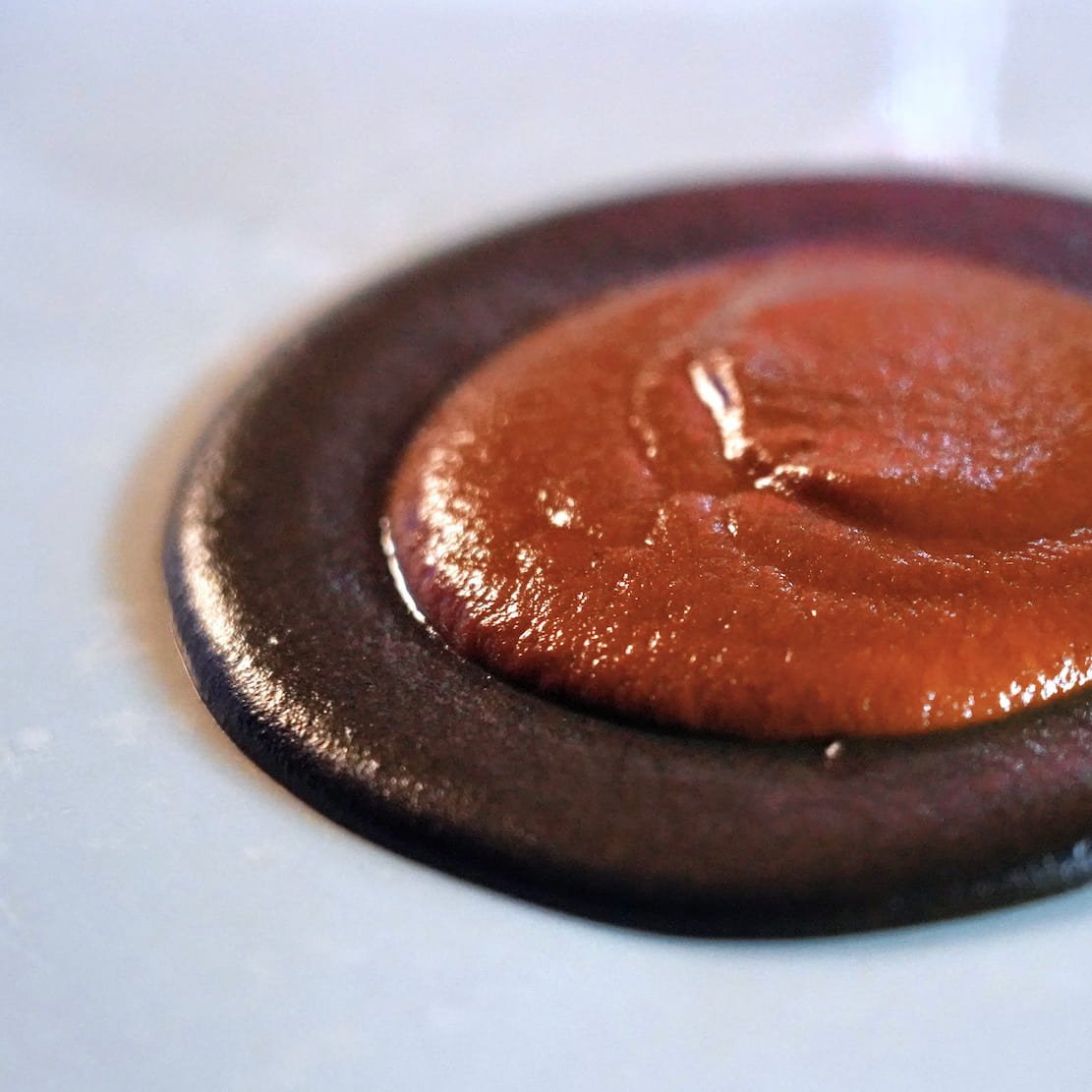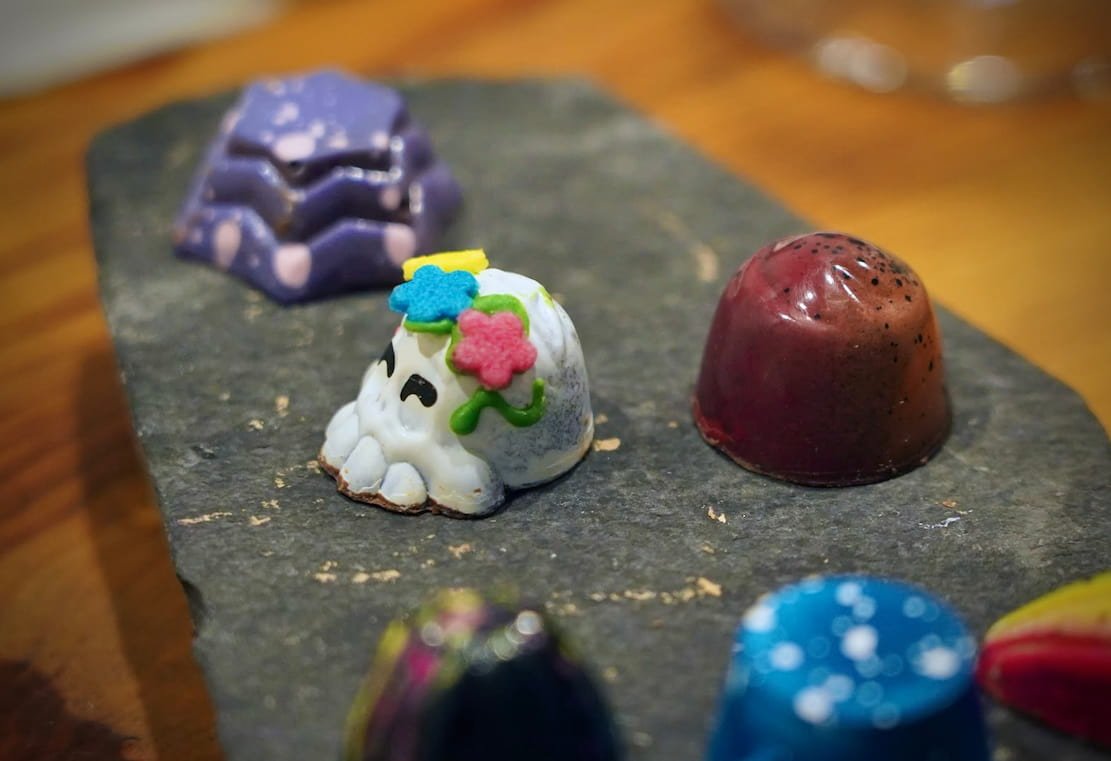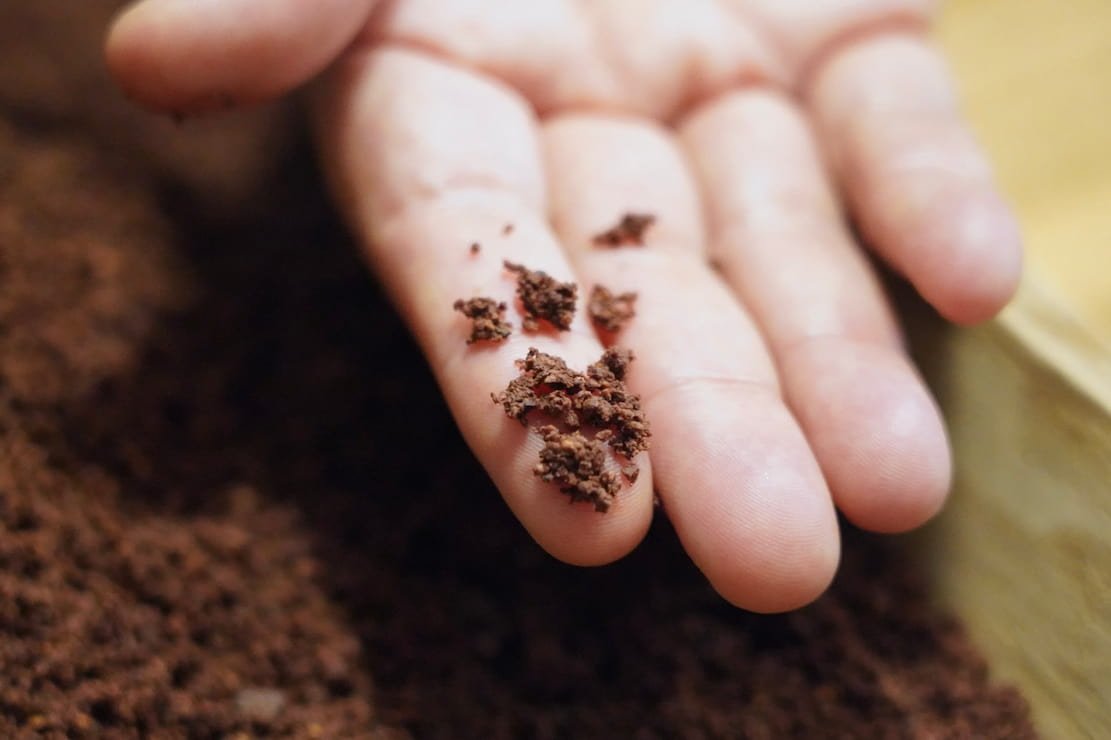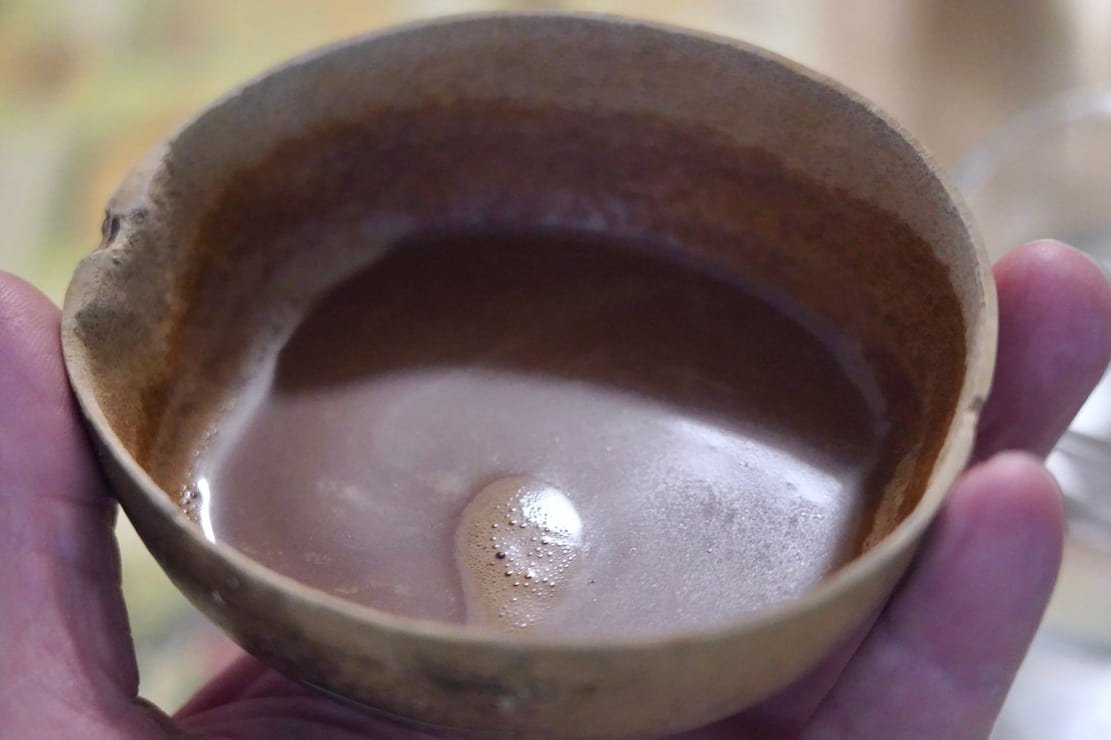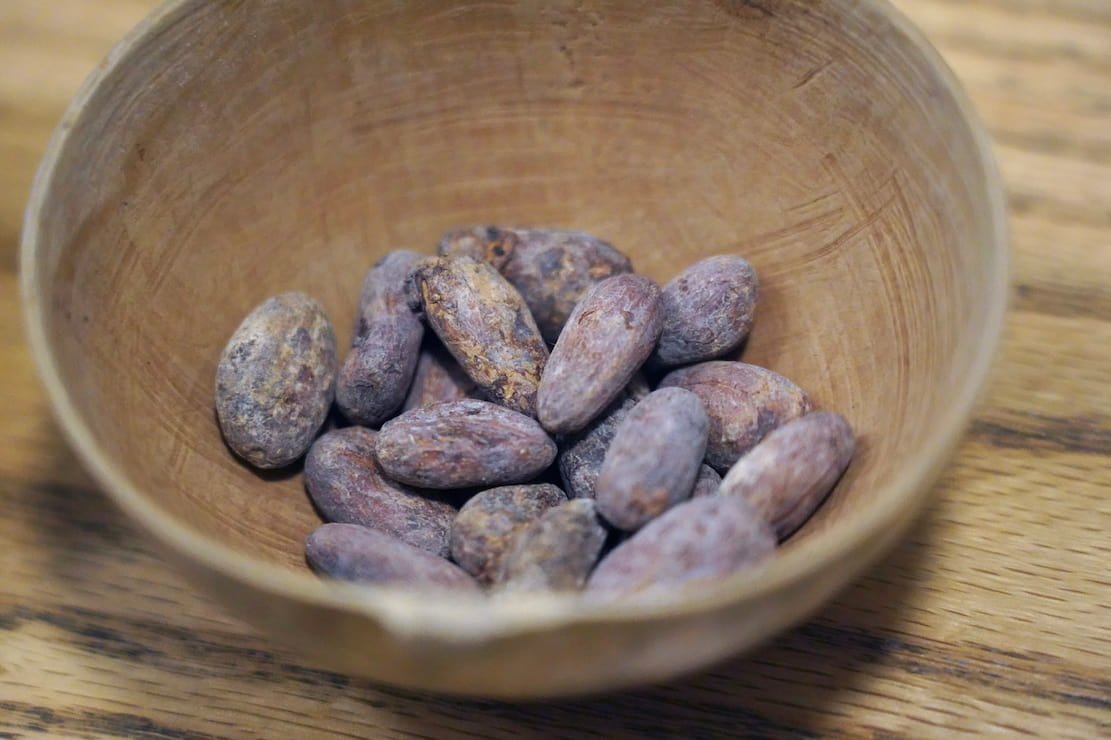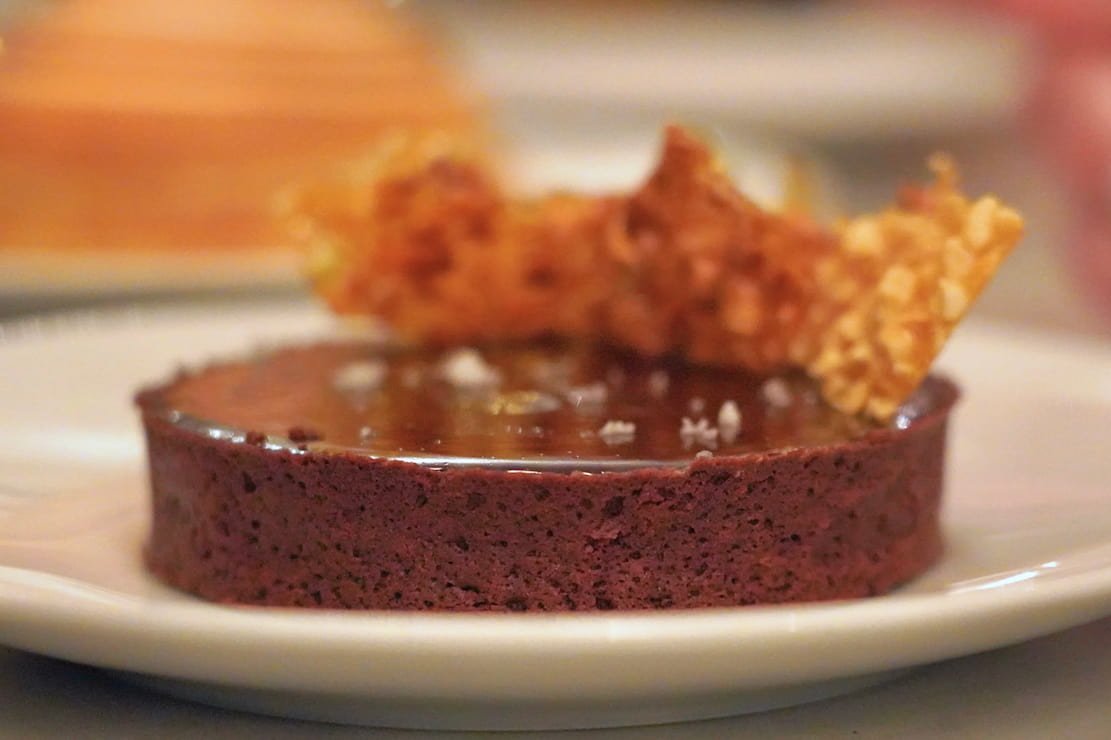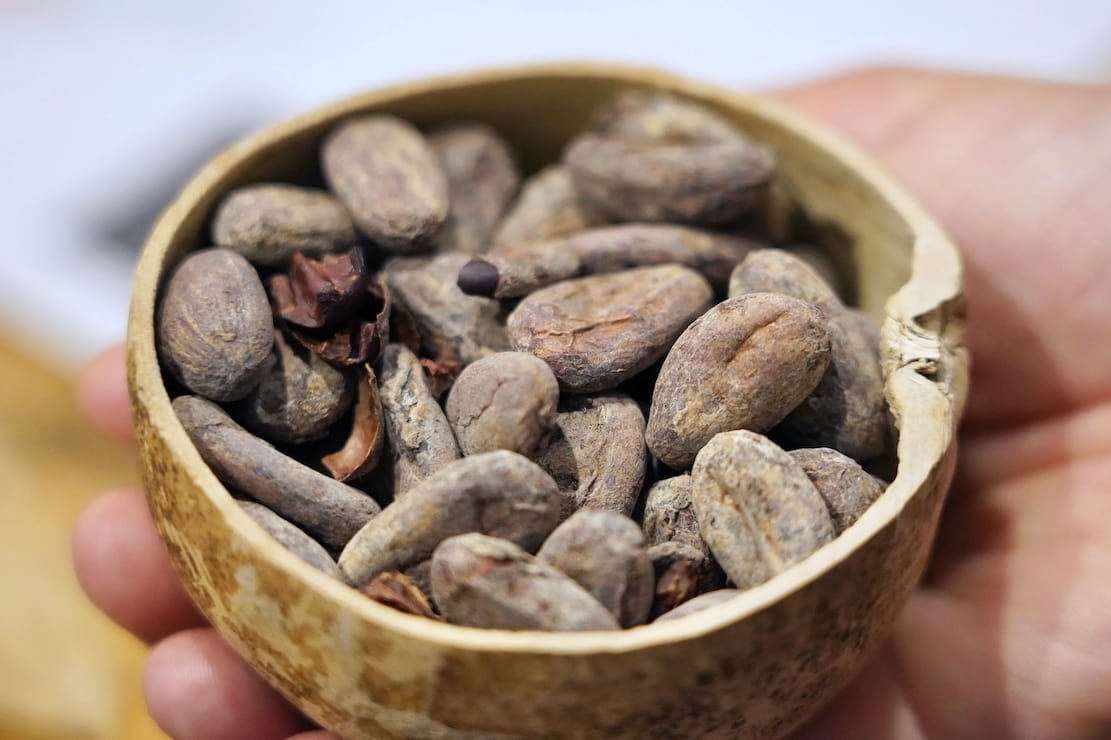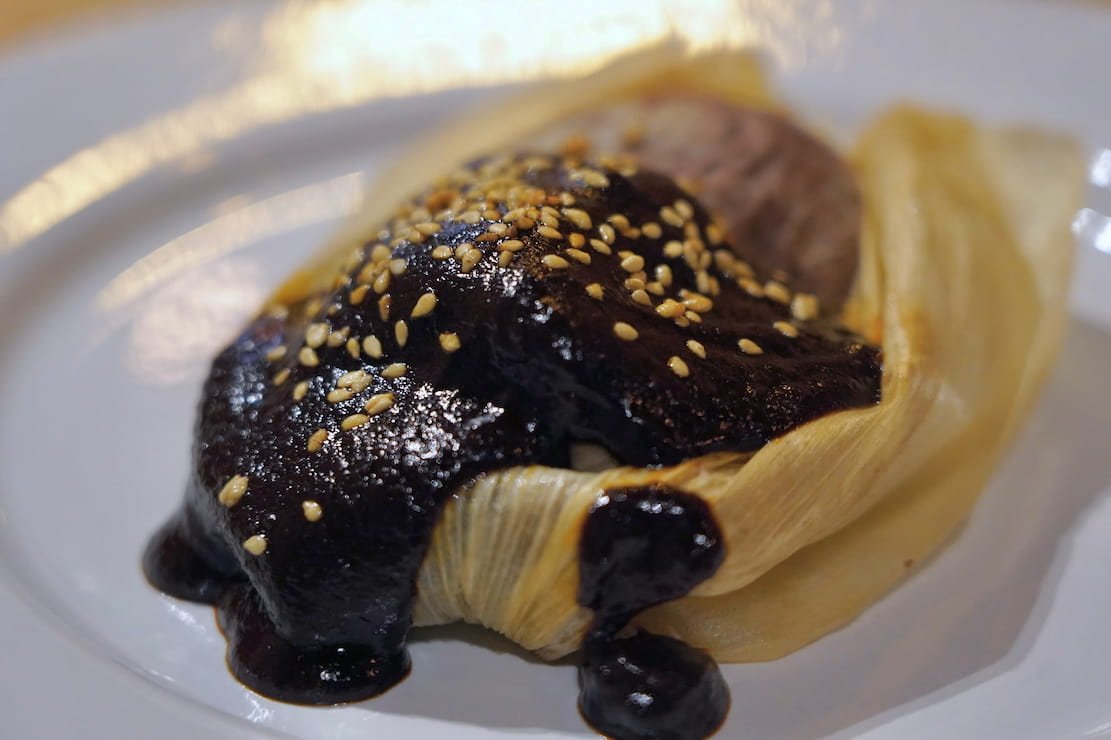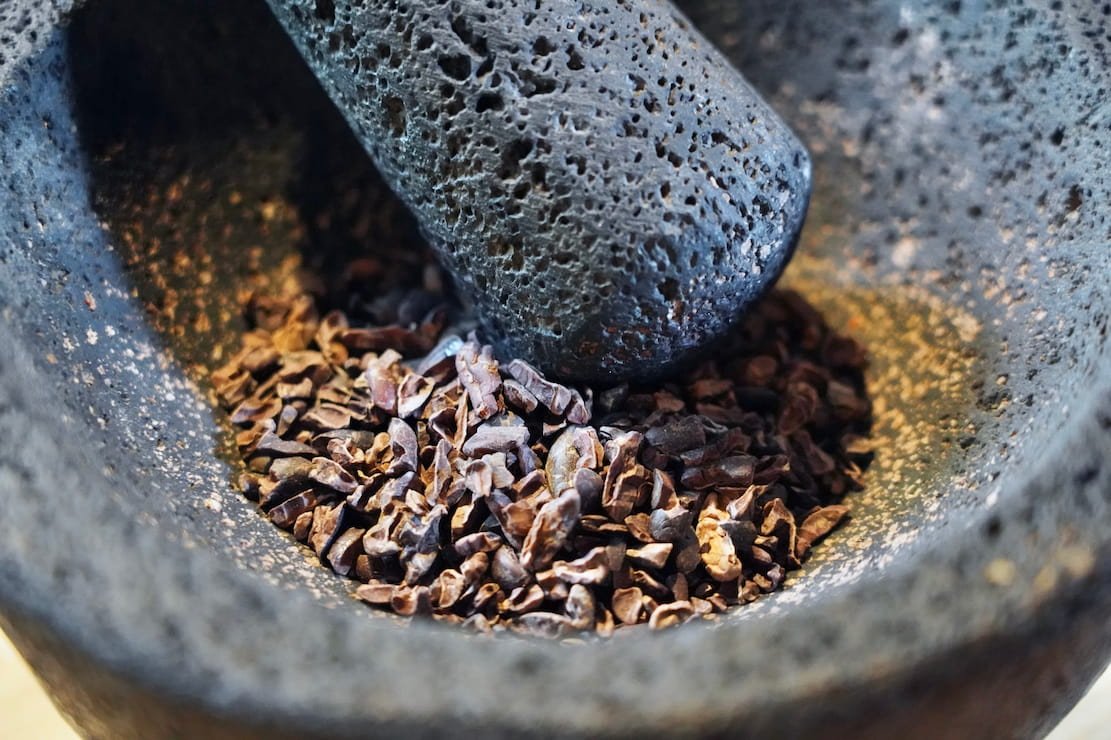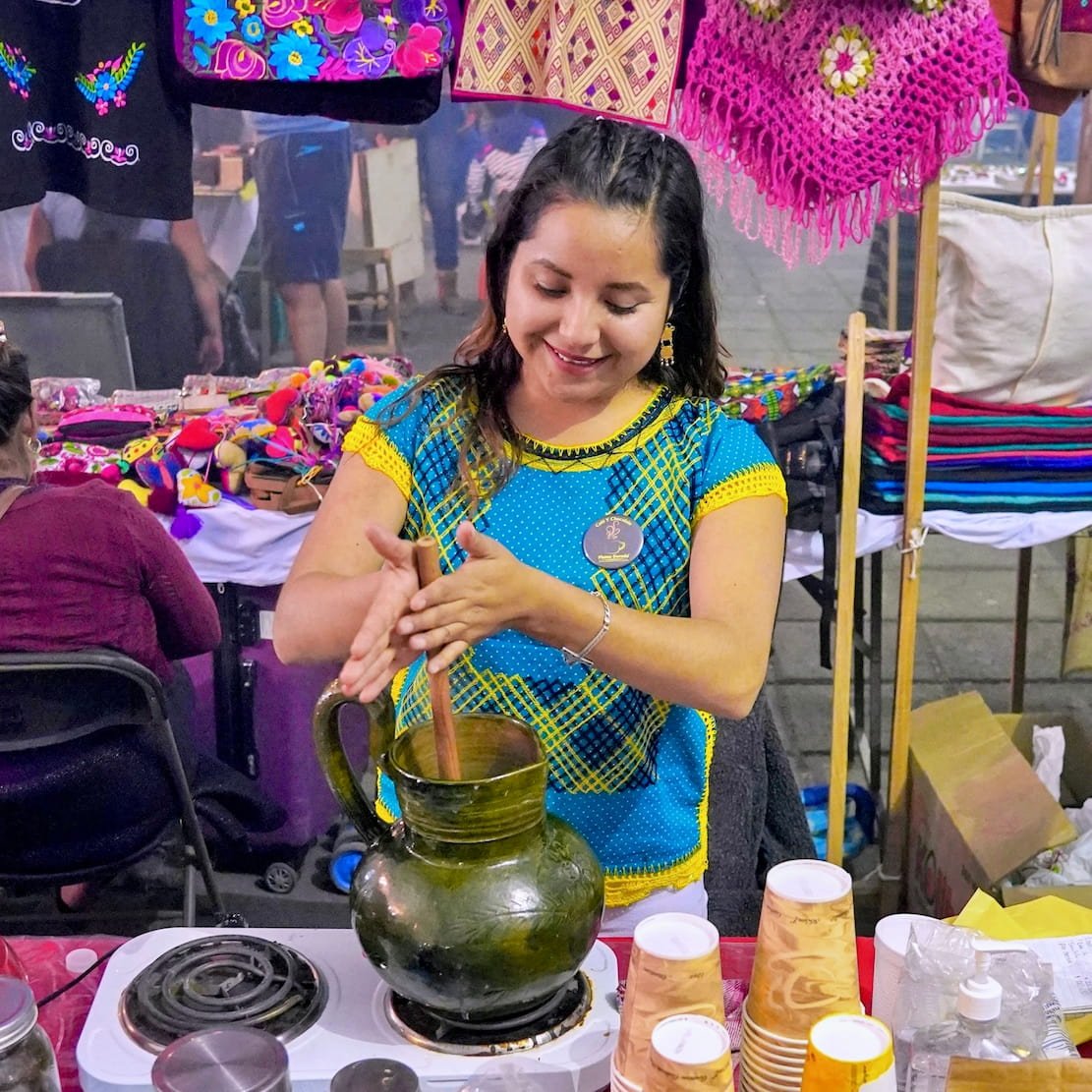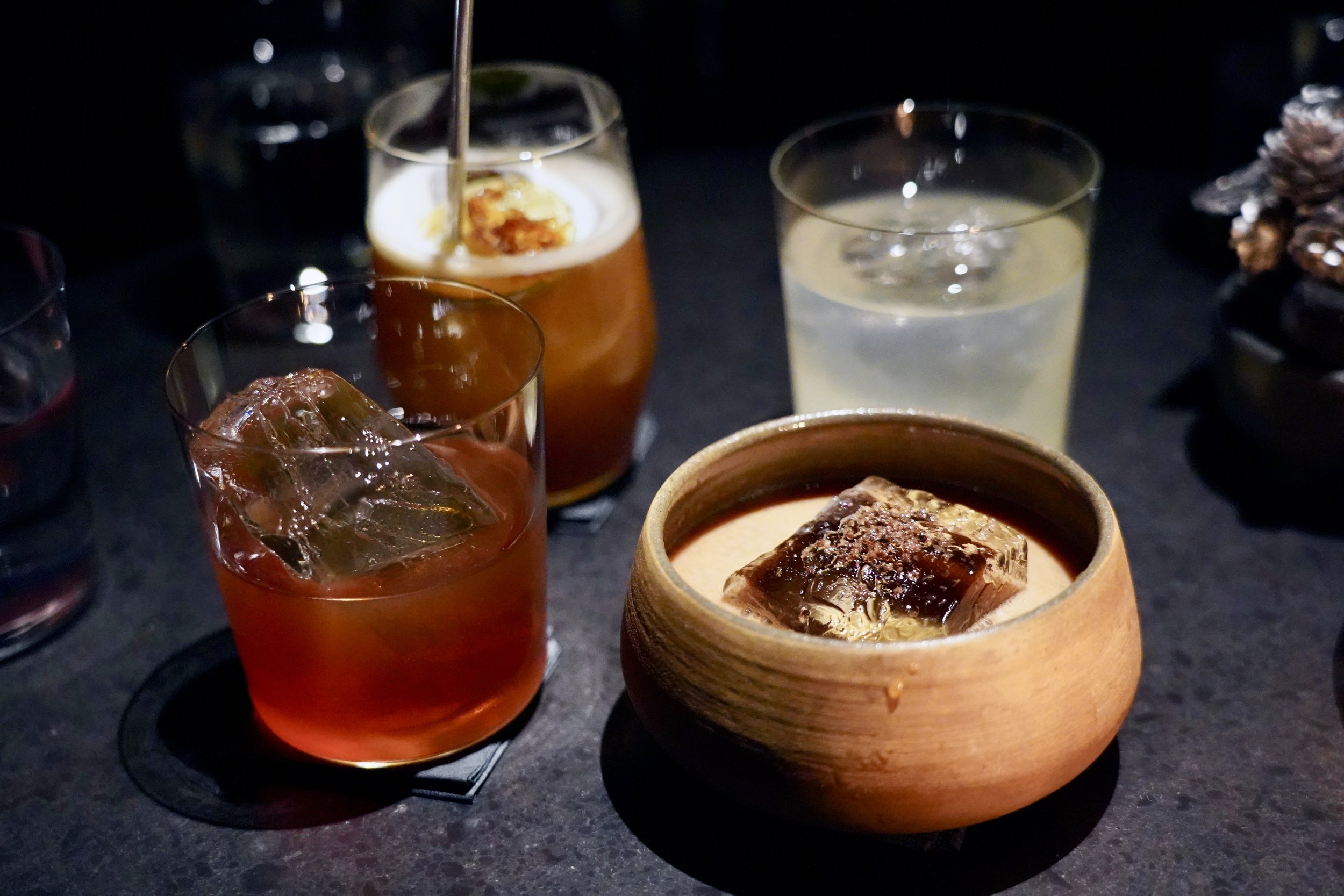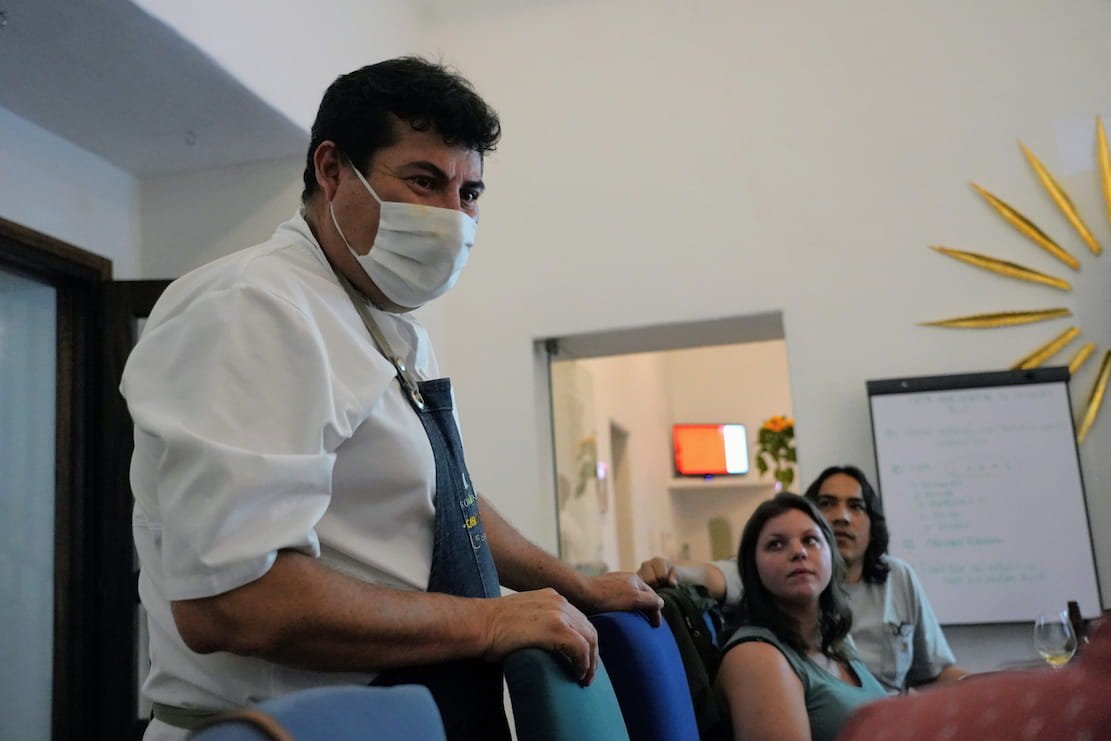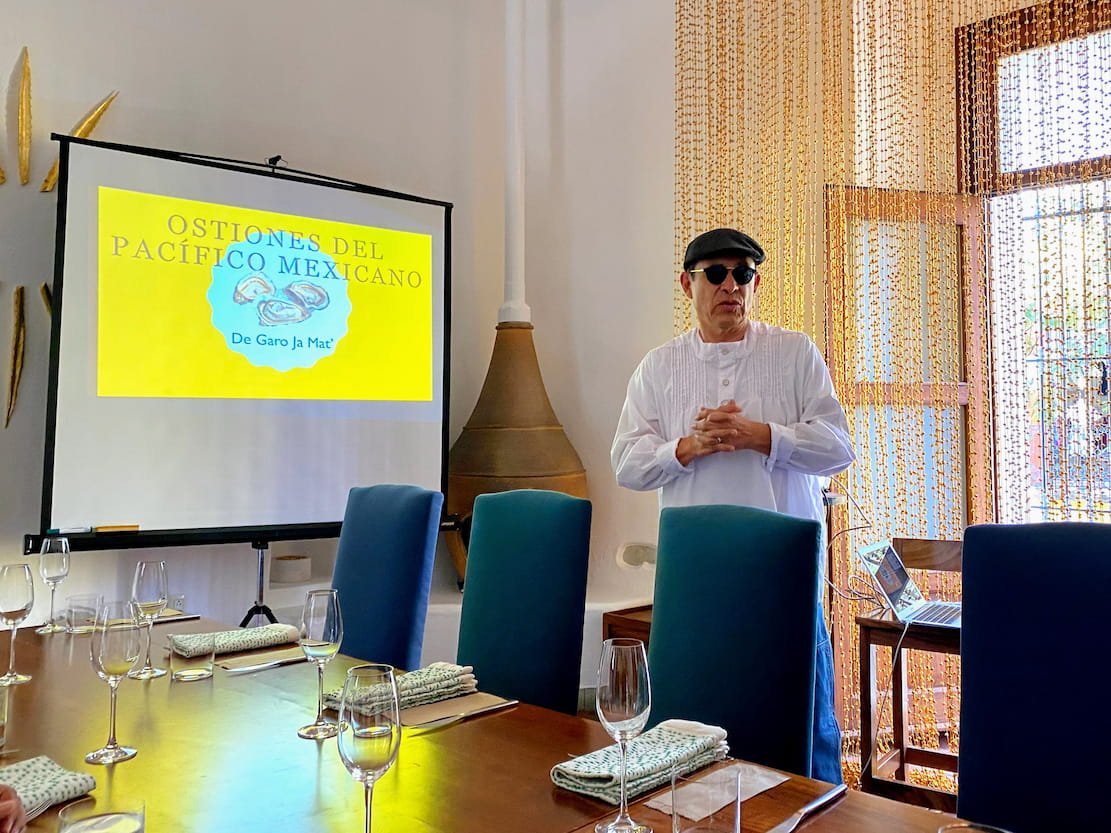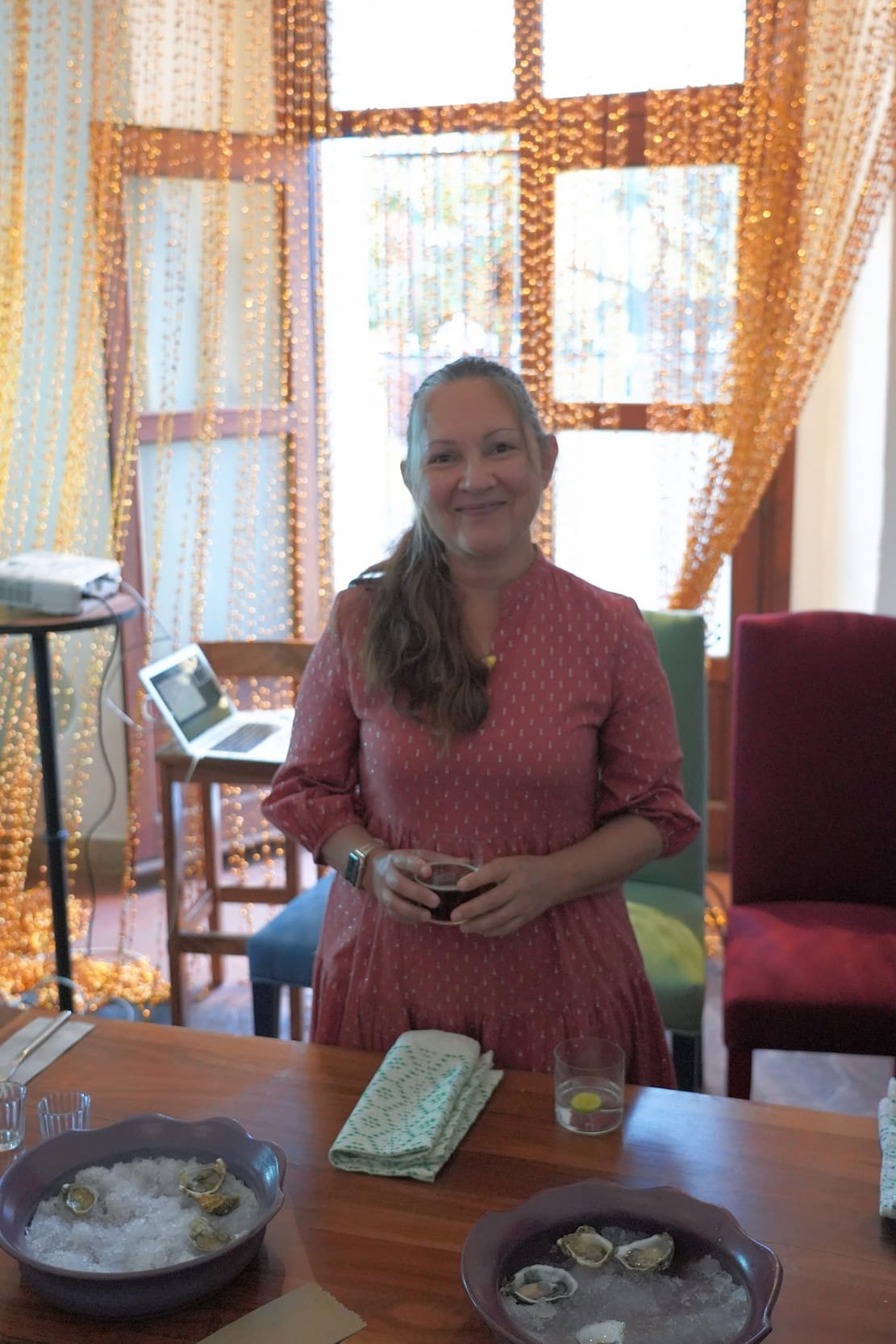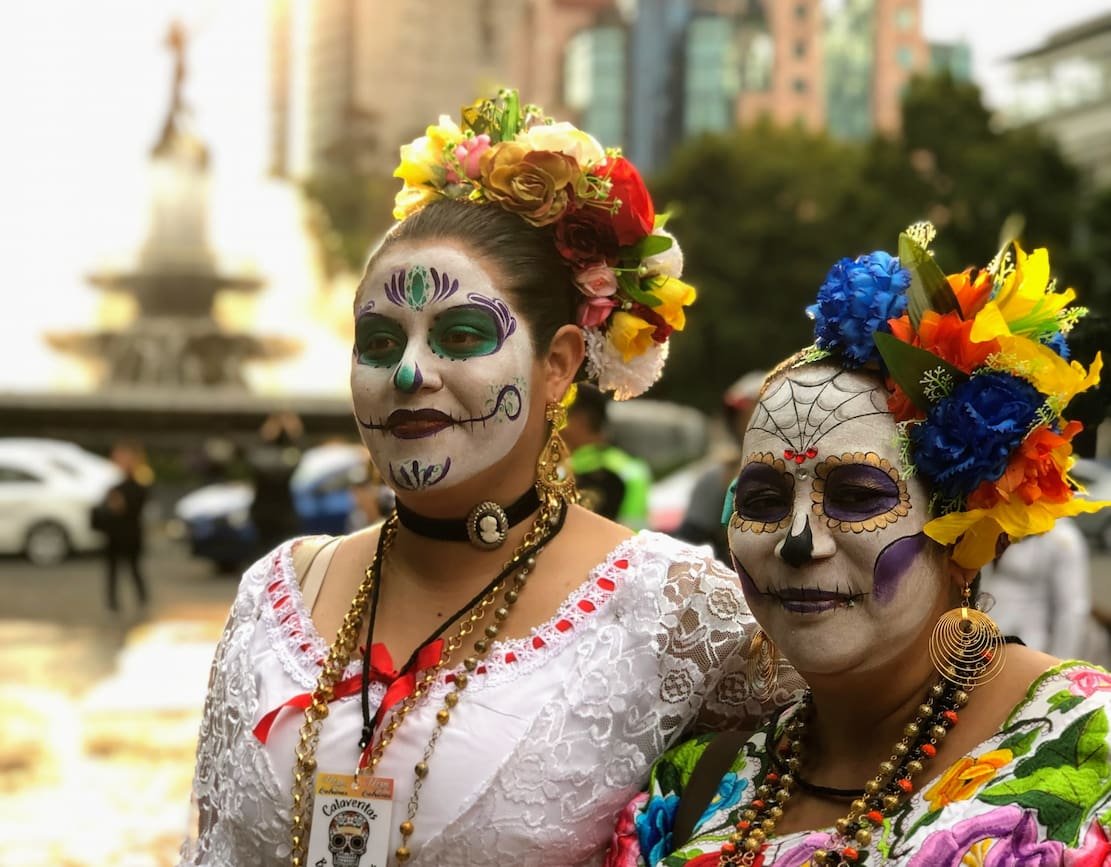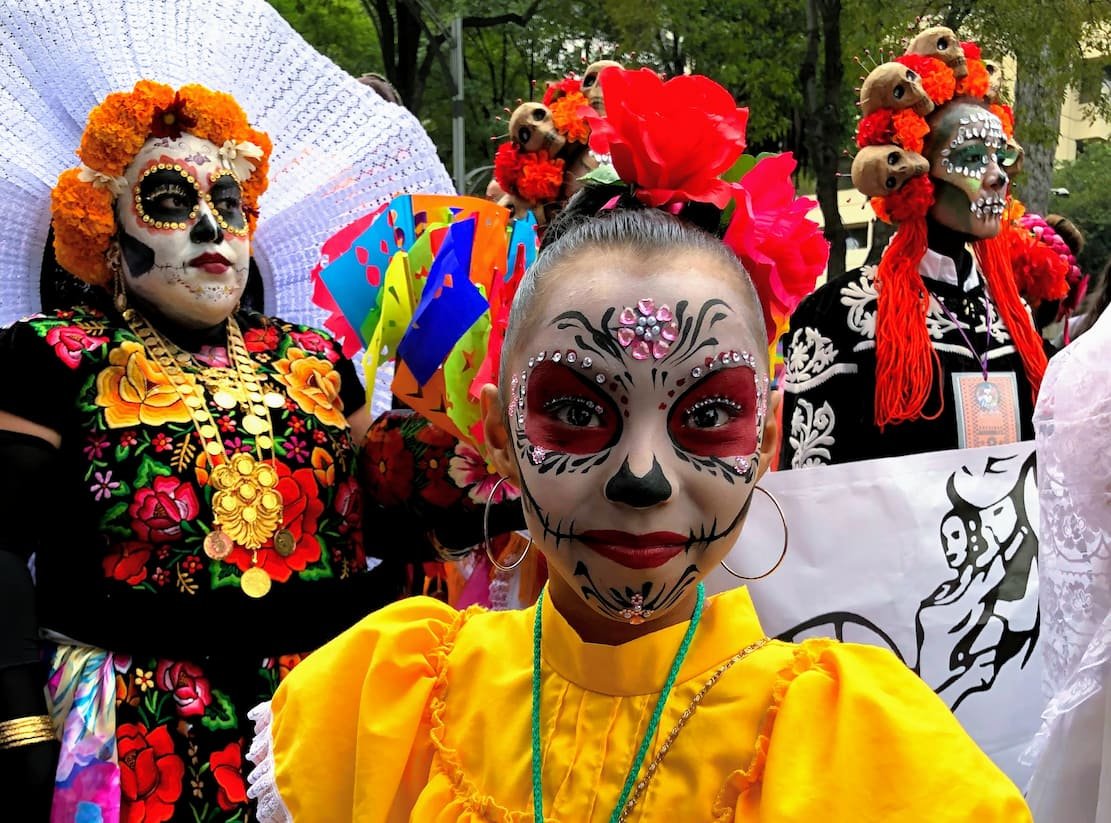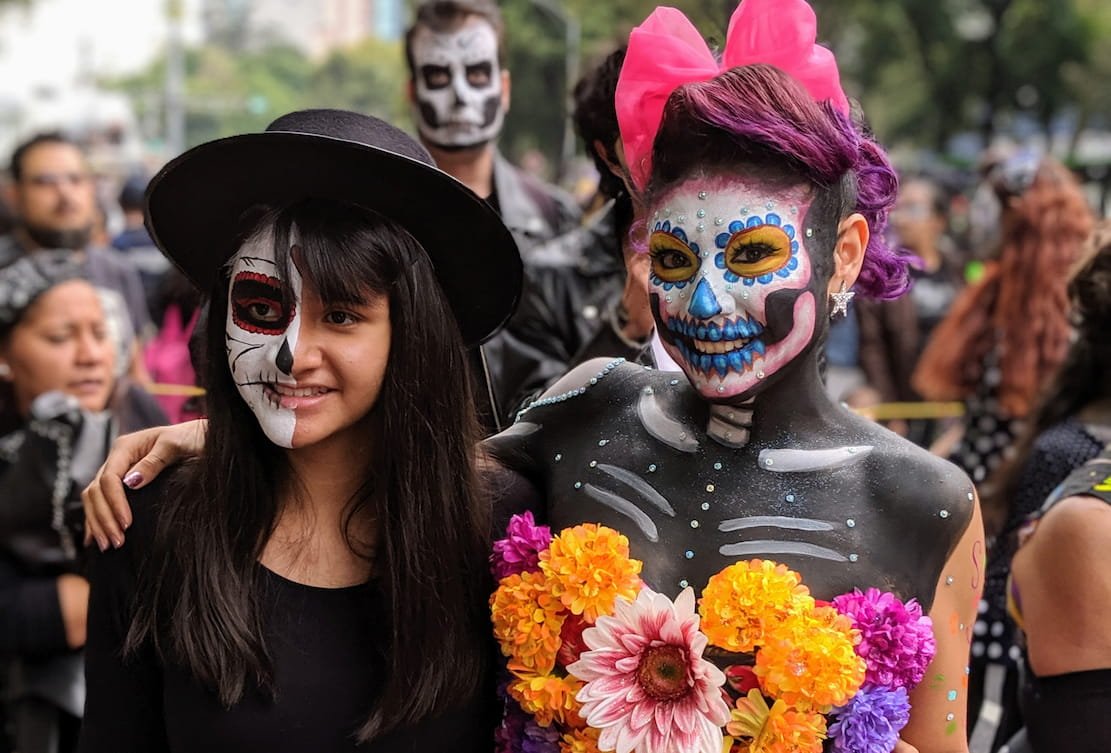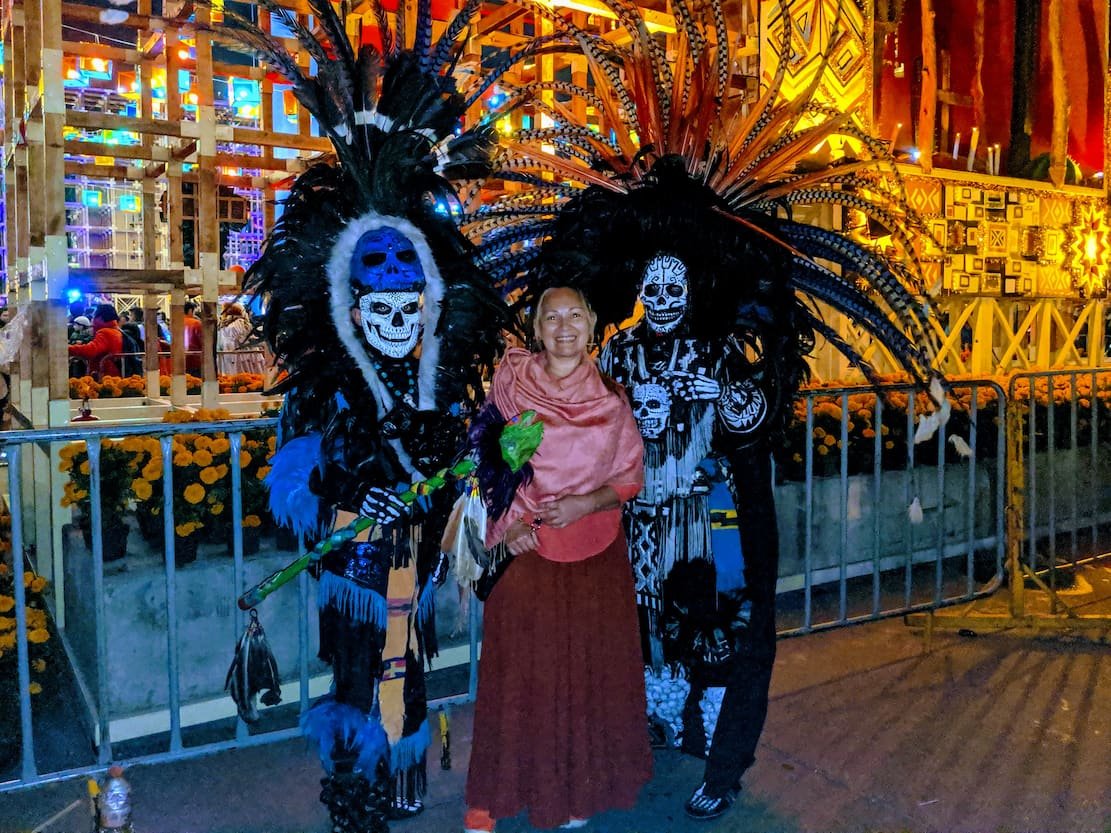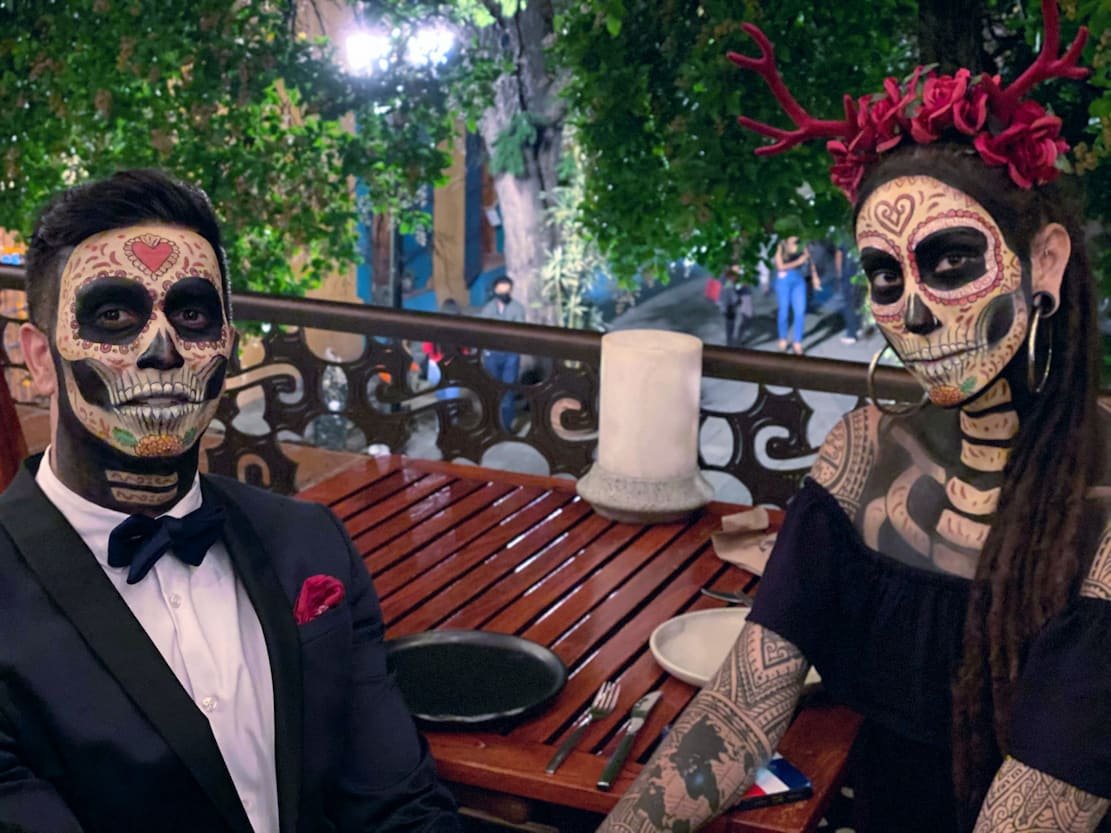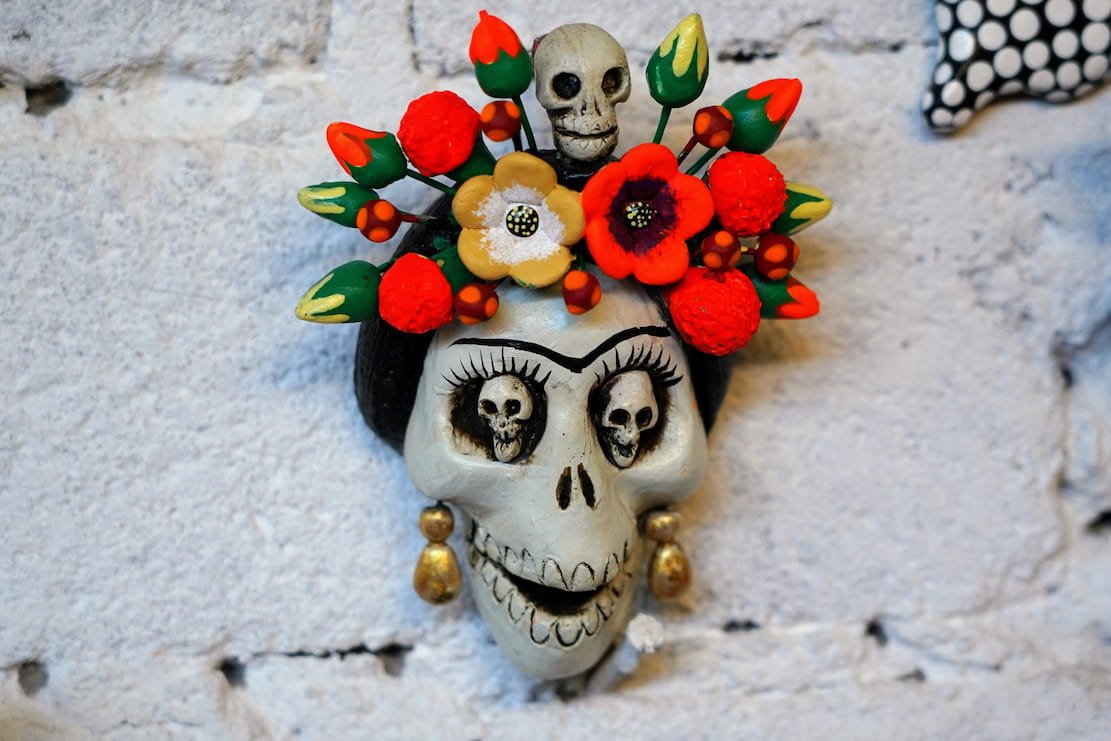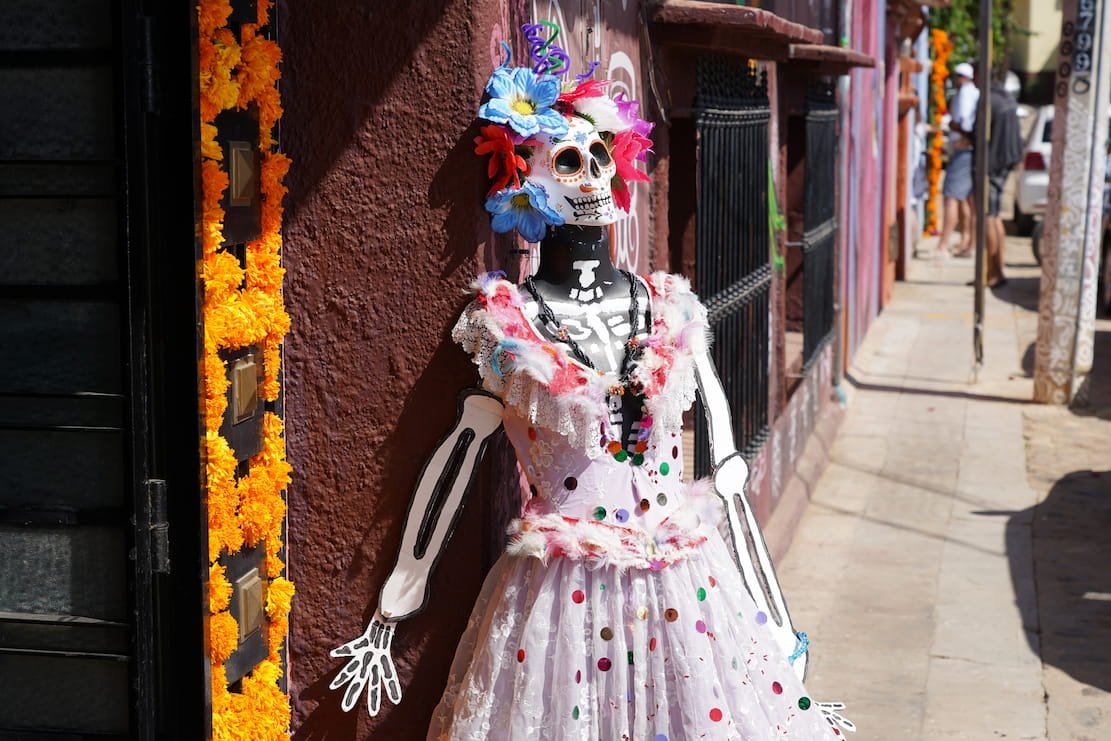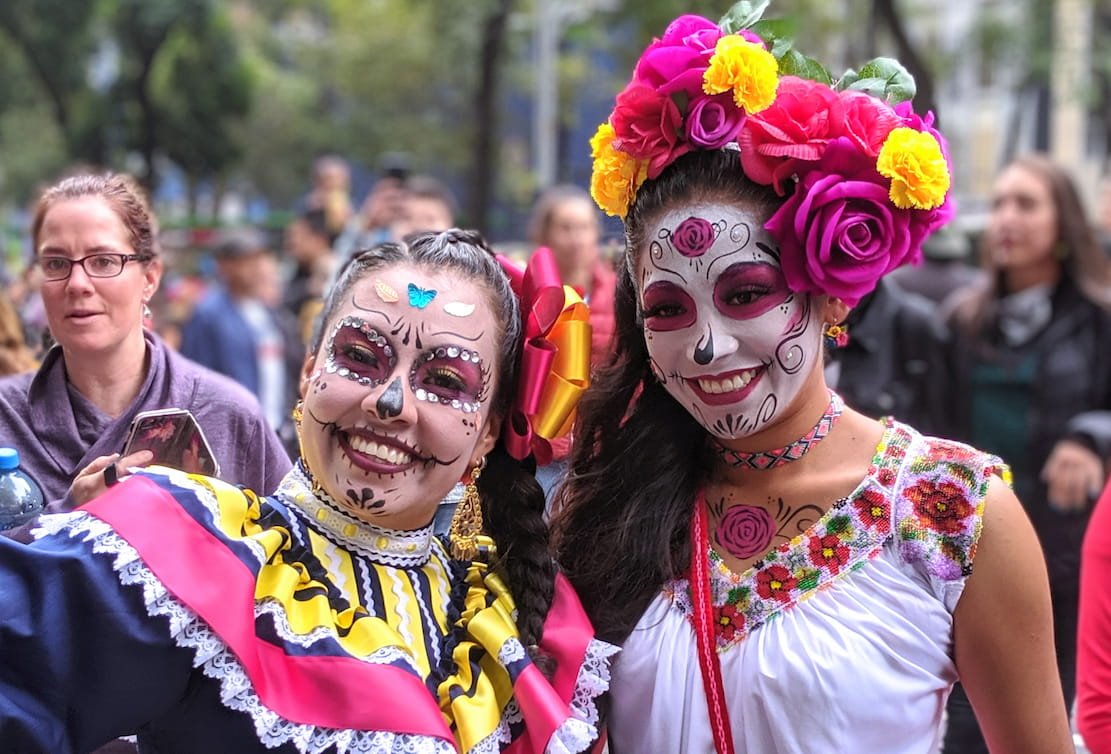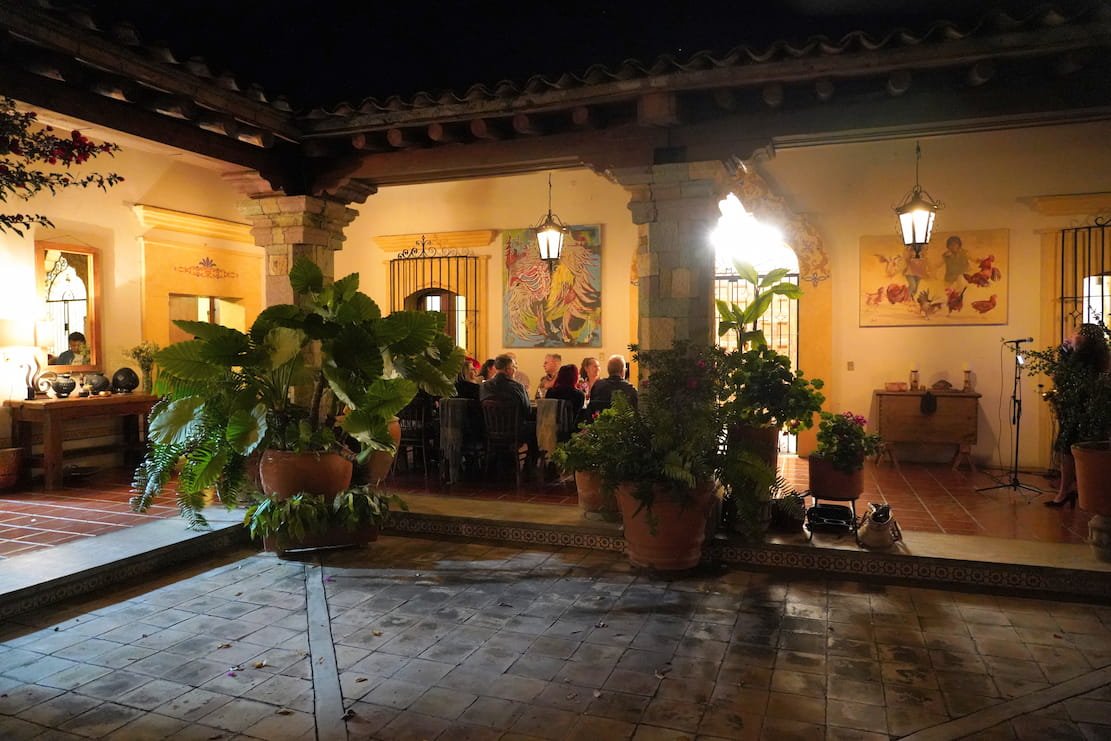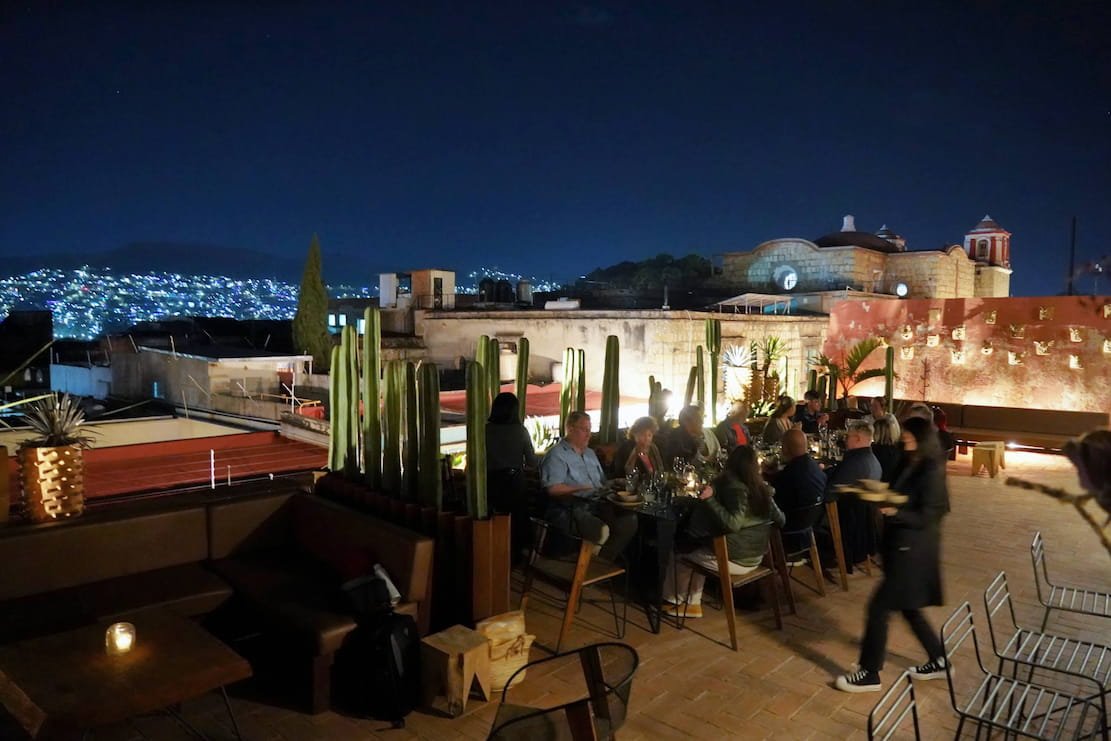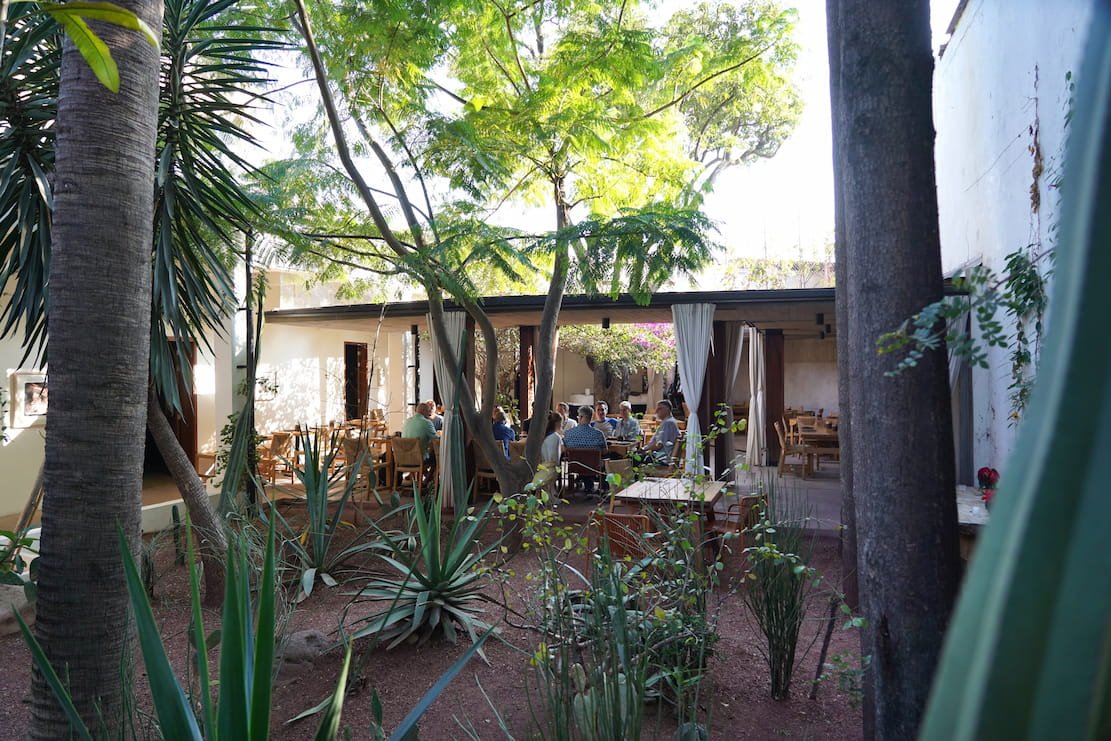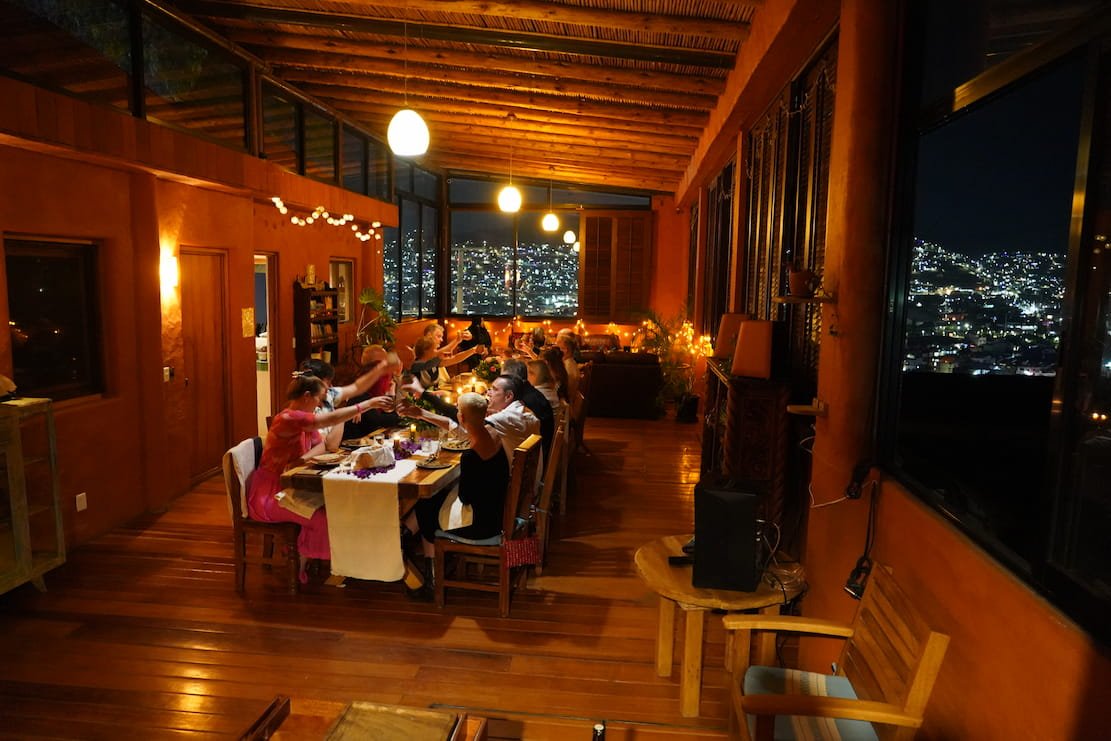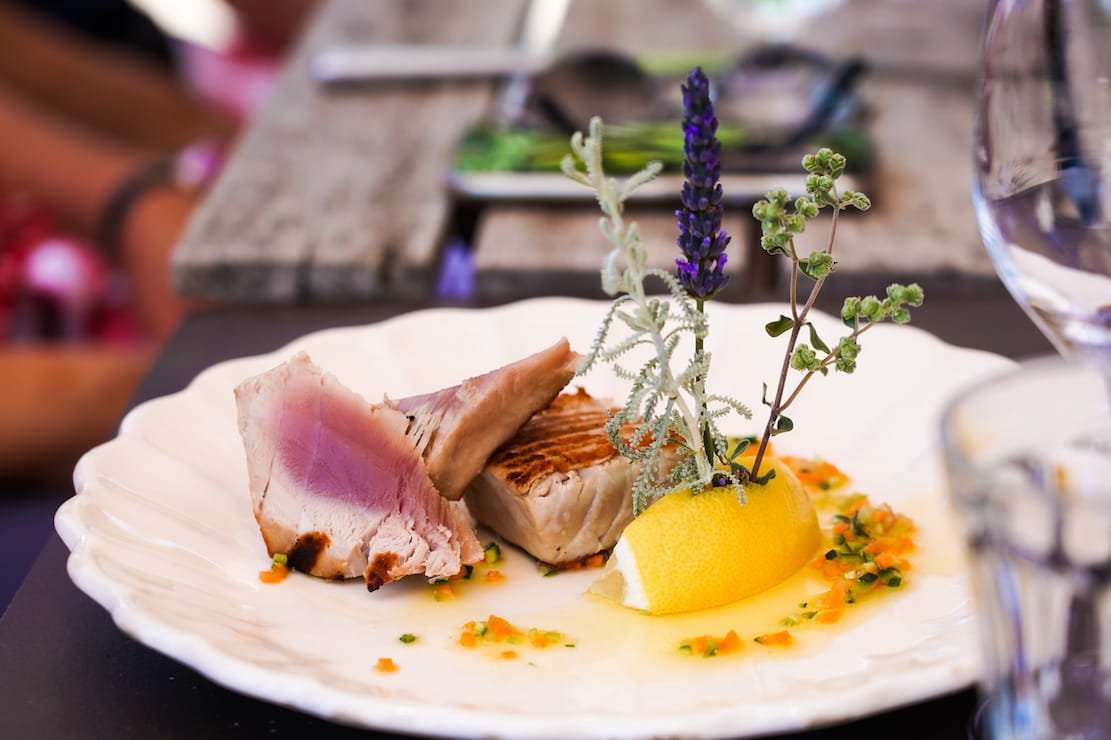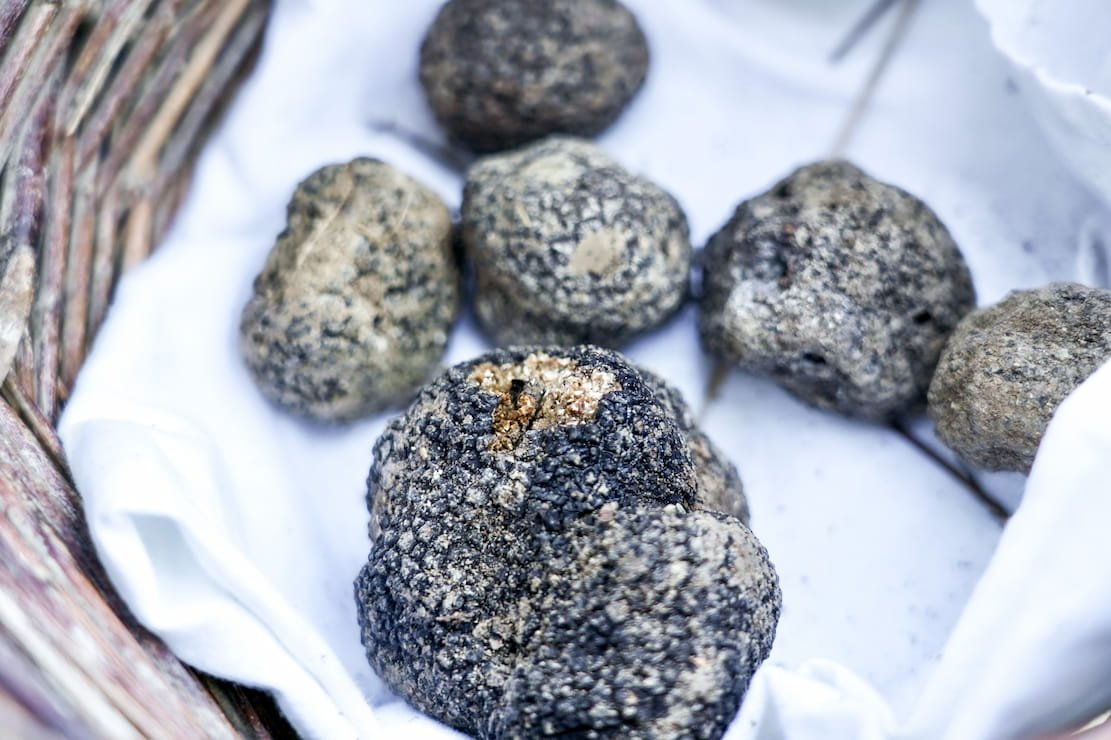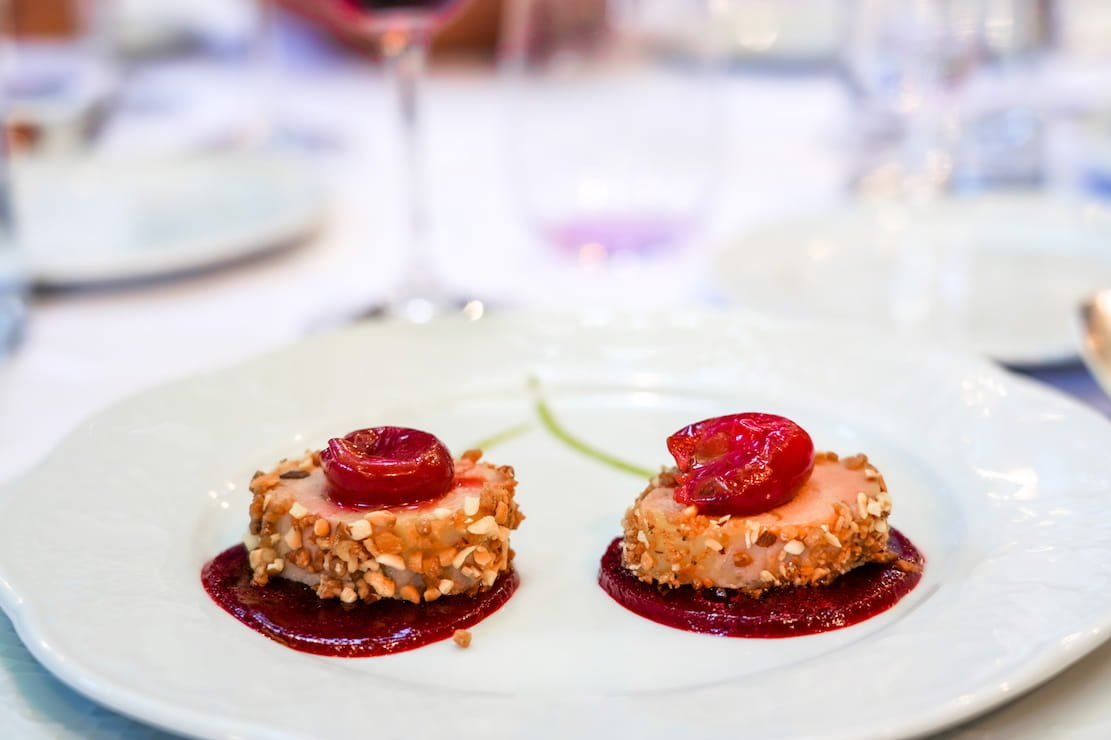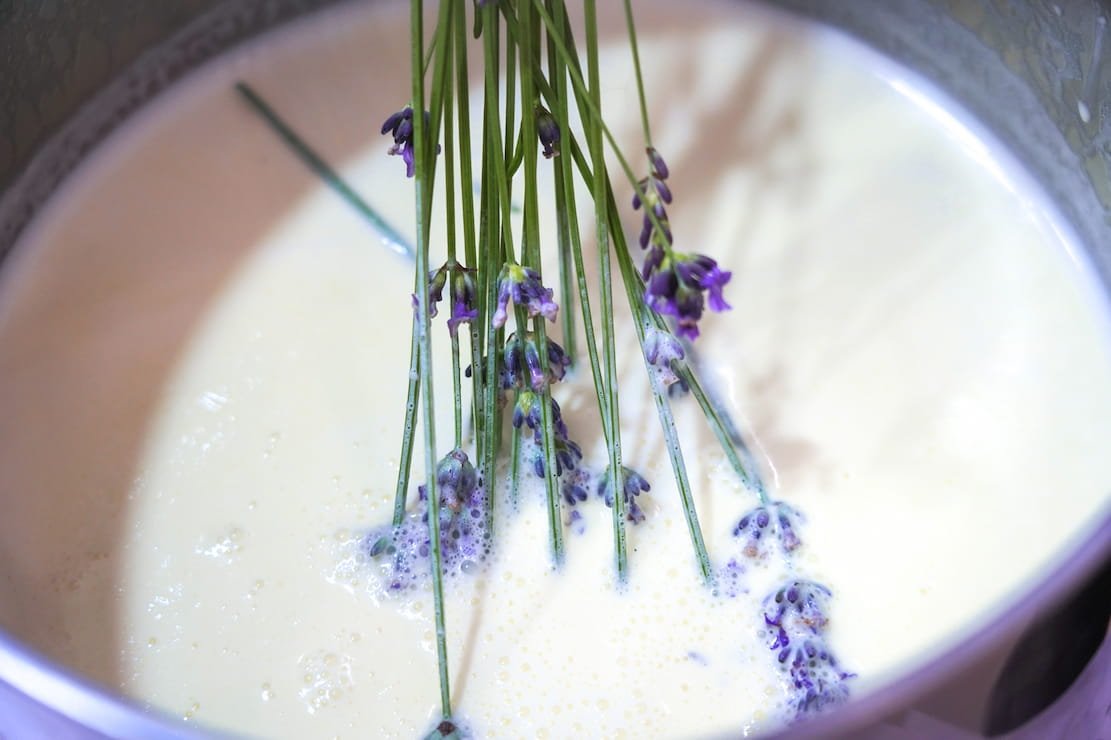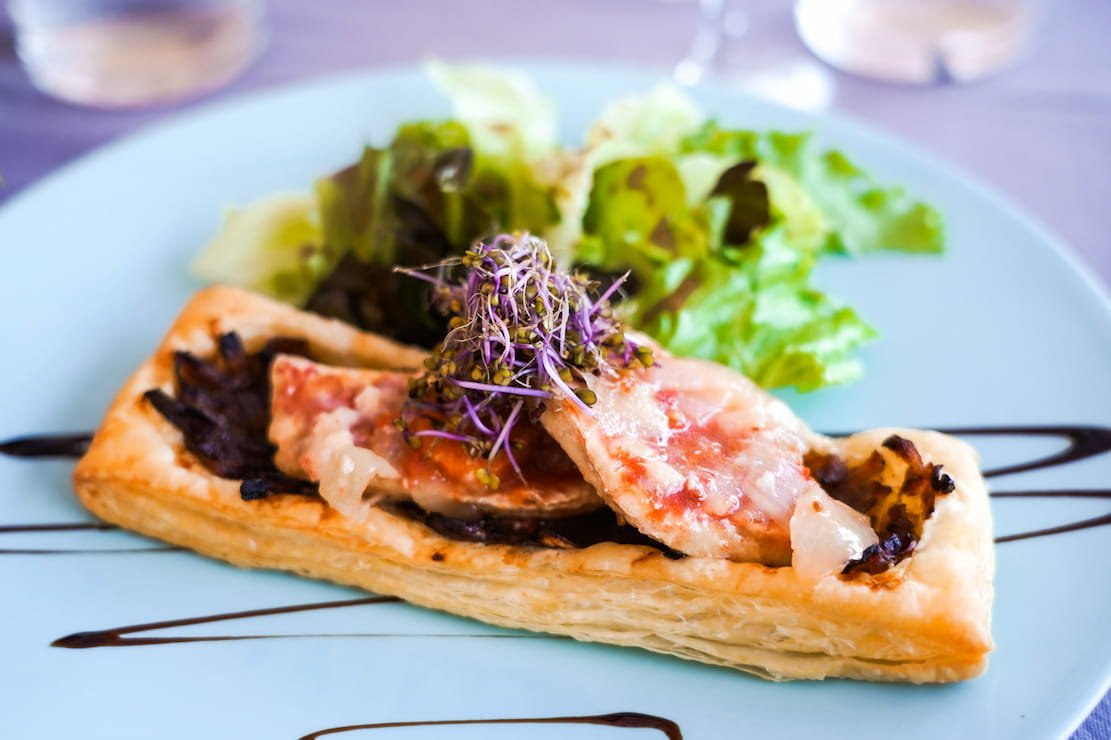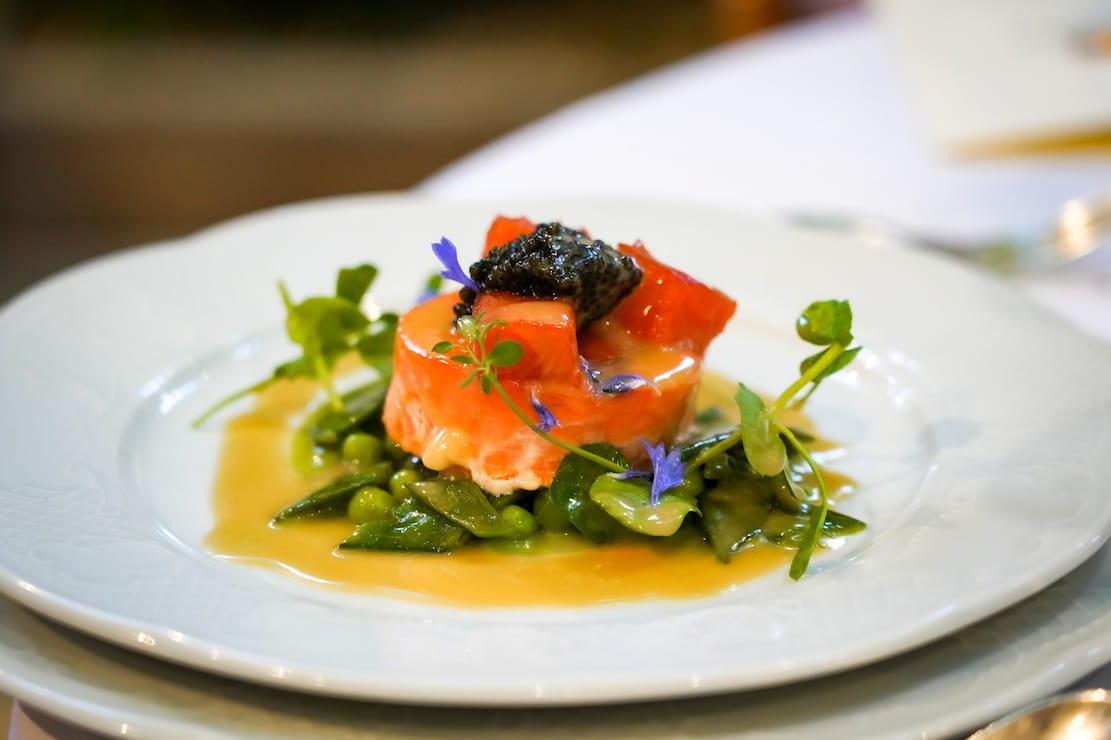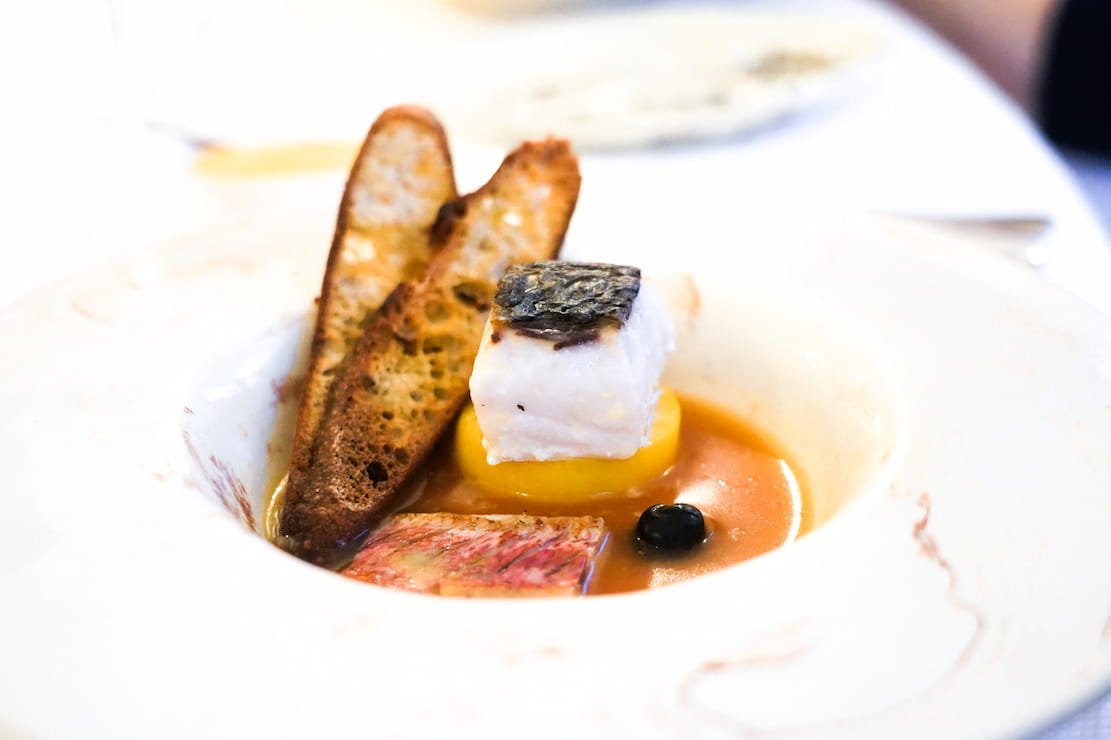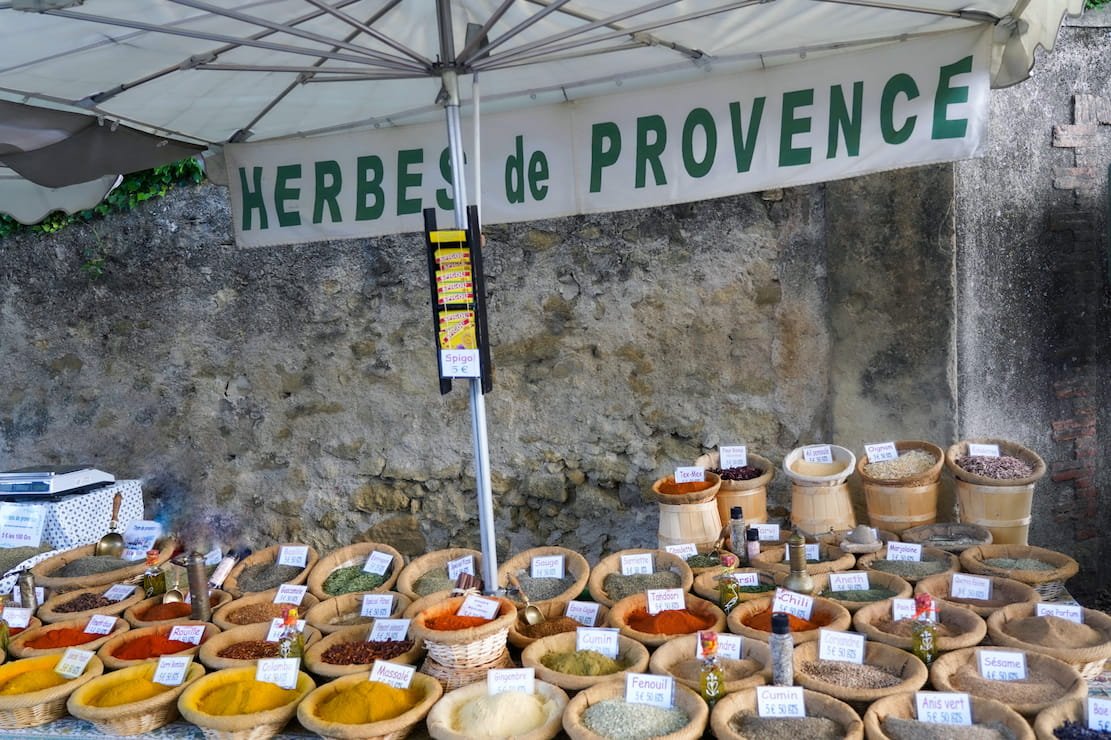Wine is a journey of discovery. A journey into culture, farming, winemaking and nature. And an endless discovery of yourself, your tastes and your preferences.
The supermarket is the wrong place for this journey. Yet this is where most wine lovers choose wine.
Facing a grocery-store wall of wine, or multiple shelves, the criteria for choice are criteria of desperation or limitation. Drawing on past happy wine memories, shoppers choose based on this grape variety or that region or an attractive label. It’s a boring, costly and usually unsuccessful way to discover great wines.
Buying wine used to be simpler and far more satisfying. A century ago, wine didn’t usually travel that far. If you were lucky enough to live near a wine region, you could drive around, visit wineries and taste. “Shopping” for wine meant rolling up to a winery and asking the winemaker to try whatever was available. They would drop whatever they were doing and pour some wine. You could see the vines, explore the cellar and chat with the winemaker, learning their methods, aspirations and struggles.
And sometimes, magic happened. Once in a while, you’d love the wine, relate to its maker and experience something truly special, something unforgettable. And so you’d buy a case. Maybe two. And then visit that winery at every opportunity, developing a relationship. You would follow the evolution of the winemaker, and participate in the fortune and misfortune of this great vintage and that not-so-great one. You could grow an intuition about the connection between the randomness of the weather and the quality in your glass. Over years and decades, you might learn to actually taste drought and early frost.
Your cellar became dominated by those favored wines, and defined who you were as a wine enthusiast… who you are as a person. In a local restaurant, you’d order wine and go through the restaurant tasting ritual, and it was based on your existing knowledge of the wines.
And when the Big Events happened in your life — the death of a favorite uncle, a birthday milestone or the engagement of your child — you’d know exactly which bottle to snatch from the cellar for the occasion. And you realized how important wine tasting is to the bigger story of your life.
The supermarket is not the right place for the journey of wine.
But I’ll let you in on a little secret. The journey of wine can be far better now than it has ever been. And the reason is that now more than ever before we can travel the world.
To us, there is no separating the journey of wine with, well, journey. With travel. And there’s one very simple reason for that: Most great wine is never exported. The truly best wine or most special wine never makes it much further than the region where the grapes are grown.
Wine in the supermarket, and even the specialty shops, come not from the best winemakers, but from those with the resources and inclination to find an exporter, create destination-specific labels and jump through all the hoops necessary to export wine. And most wine exportation is regional — for example, most European wine exporting is sent only to other places in Europe.
Exporting wine is expensive, time consuming and difficult for wine producers. And even when they find a distributor willing to take them on, each distributor tends to specialize in a local area. There is no wine distributor who distributes in all 50 US states, for example. Many wine producers abroad who export to the US do so only with one distributor in California and maybe another in New York. To cover the majority of the country they’d need a dozen or so distributors, but only the larger wineries can do that. And even this larger, better financed wineries that export only send a tiny fraction of their wines abroad, and usually not their best.
Meanwhile, gems abound. Tiny producers — even fairly major producers — have no need to export. They sell locally, and even struggle to supply local demand. You can visit small, exquisite towns all over France and Italy and Spain where tiny restaurants serve locally produced wines and both the food and the wine is truly extraordinary, but experience is totally unknown and unavailable to everyone but the locals. And the gastronomads — the few of us who travel in our search for great food and wine.
And that’s why we endeavor to be temporary locals or, more accurately, occasional locals in some of our favorite wine regions. Because we travel full time, and usually to wine countries, we take the time to taste everything the old fashioned way — one winery at a time, with repeat visits to our favorites. (We narrow our gaze to only natural wine producers.) Over the years, we develop wonderful relationships with our very favorite winemakers because of the countless hours we’ve spent with them, talking about wine, food and life!
And during Experiences, we introduce our guests to these wine-making friends and taste in their cellars, vineyards and homes.
Our Gastronomad guests drink only the very best of the best in each Experience location. We’ve been tasting locally for many years, have gotten to know all the natural wine producers, and know which are the most excellent. (Knowing the best wines in a region takes time and work. But we have taken that time and done that work, and you just get the wine.)
Last week we went wine tasting in Tasmania. We happened to be in the area with our wine-loving friends on the one day of the year when tiny wineries open their doors to the public (the first weekend of March). Out of the several we visited, one winery in the Derwent Valley near the city of Hobart, called Viridian, stood out. Owned and run by a family, the operation produced only Pinot Noir, Chardonnay and Riesling wines. But while we were tasting, they rolled out many vintages for each wine, and we got to taste how the same organically grown vines were producing very different wines over the years. They kept telling us, “Oh, since you like the 2021, 2019, and 2016, you’re going to LOVE the 2012.”
We talked wine with the winemakers for what seemed like more than two hours, marveled at the view across their vineyards and petted their old labradors. It was an incredible experience, and some of the wines were great. But you can never find their wines outside of Tasmania.
Wineries and vineyards are where you really learn about wine, wine-making, grape growing, farming and even climate change. You learn about the journey to wine-making for the family, or even generations of family. Barrel tasting in the cellar teaches you about how wine tastes when its still in the process of becoming wine.
Traveling to taste wine is a singular joy. We’re treasure hunters, looking for nuggets of gold in the world of wine. And we’ve discovered countless excellent local wineries in Italy, France, Spain, Croatia, Georgia, Greece, Morocco and California — which is to say we’ve barely scratched the surface.
For us, to travel is to taste and discover great wines and winemakers. And to discover great wine is to travel. Because the best wine is never exported. And the best wine experiences don’t start in a supermarket. They happen in wineries, cellars and vineyards. -Mike




